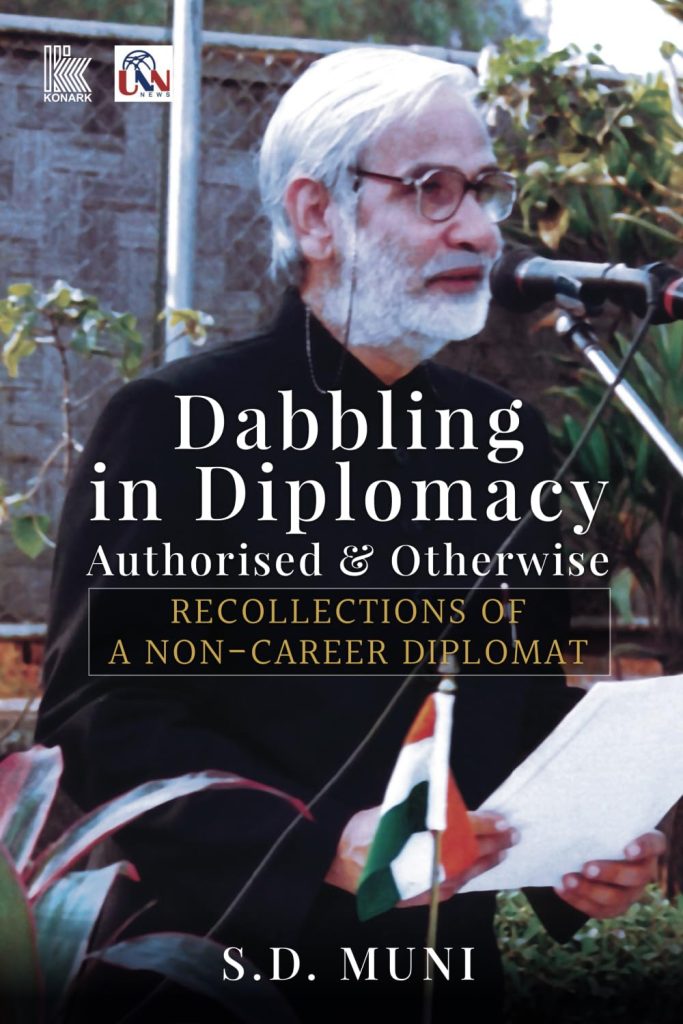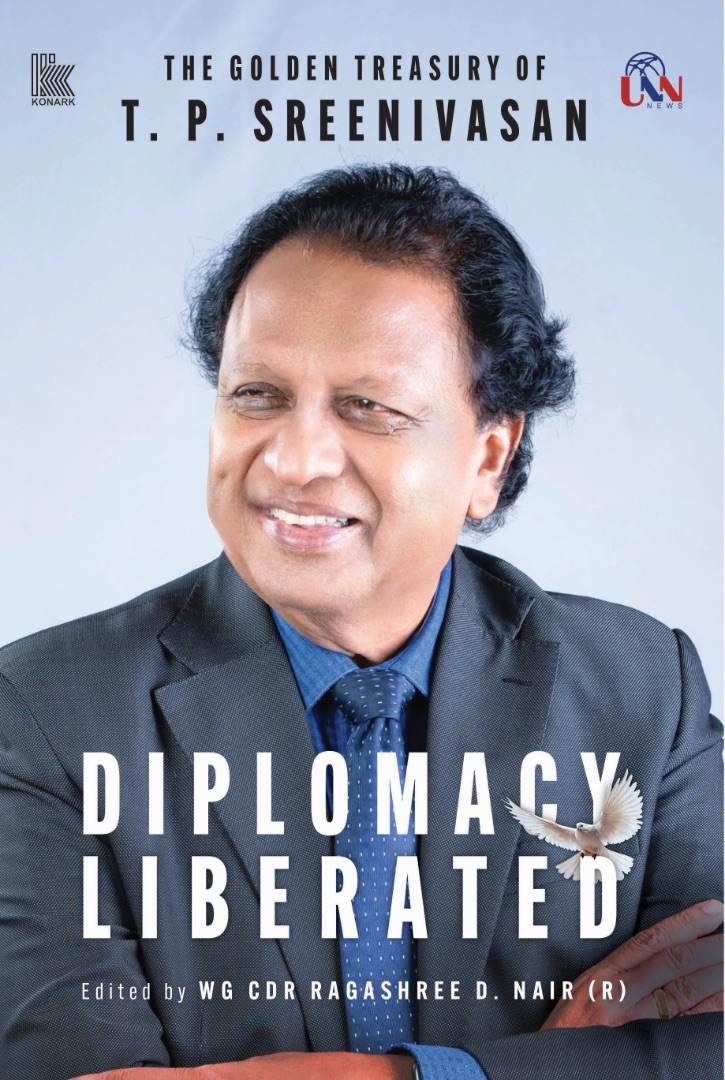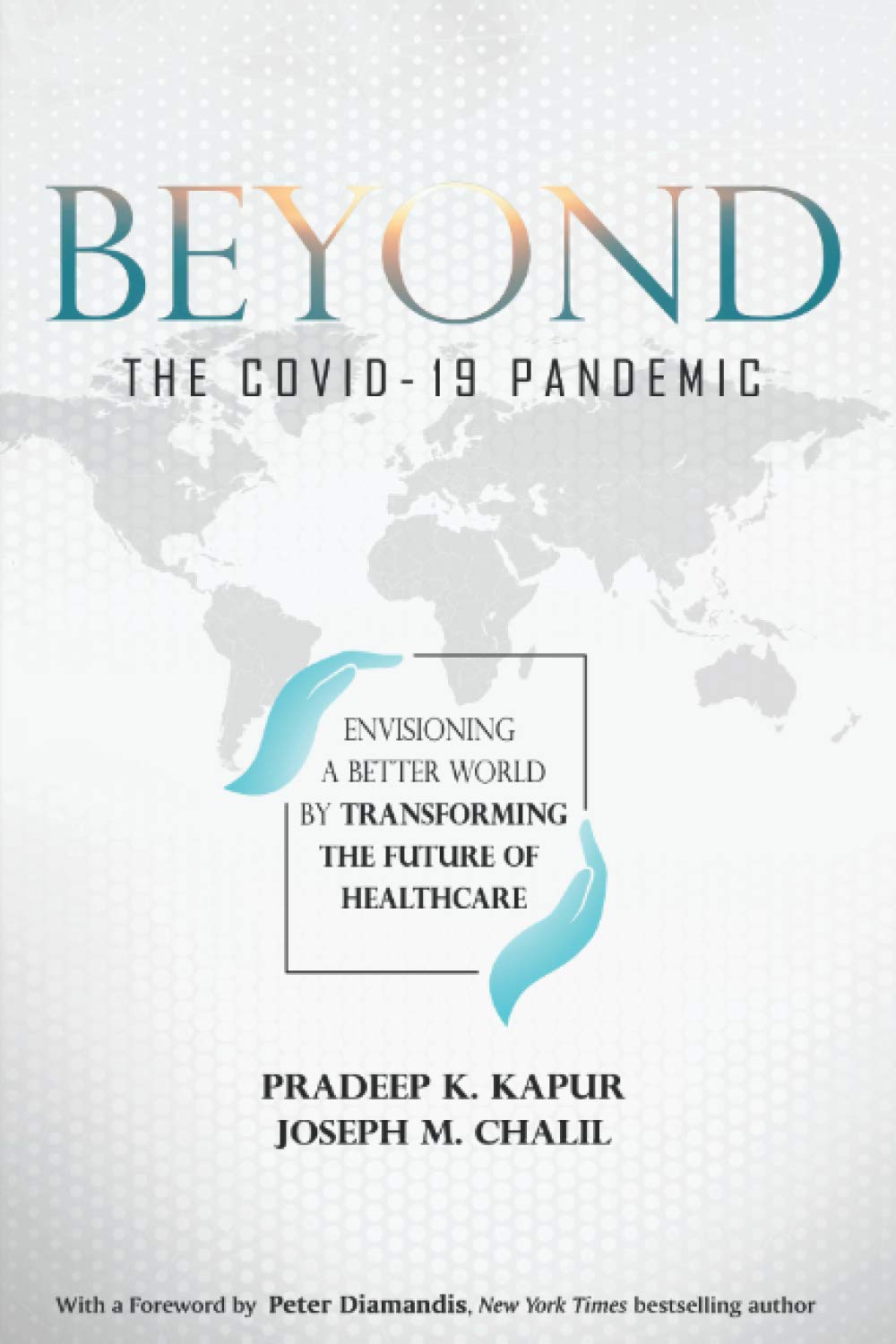A United States Congressional Salute to the late Dr. Sampat Shivangi, a distinguished Indian American physician and community leader, was held on Capitol Hill Building in Washington, DC, honoring his life and contributions on March 26, 2025.
Dr. Sampat Shivangi, a physician, philanthropist, influential Indian American community leader, and veteran leader of the American Association of Physicians of Indian Origin (AAPI) for several decades, suddenly passed away due to health reasons in his hometown, Jackson, Mississippi, on February 10, 2025.
The solemn ceremony attended by US Lawmakers, physicians, and community and faith leaders was a tribute to Dr. Shivangi, remembering his impactful work in healthcare, politics, and US – India relations. In him, the Indian American community has lost a great leader and friend whose contributions will continue to resonate for generations.
The Congressional Salute ceremony began with a Hindu invocational dance by Indrani Davaluri and Laxmi Anshika Yadav from Natya Margam, followed by Christian and Muslim prayers led by Pastor Cheryl Ravuri and Mustafa Ajmeri, Chair of AMEC’s Georgia Chapter.
Senator Roger Wicker, Rep. Michael Guest, Rep. Raja Krishnamoorthi, and Rep. Shri Thanedar were among the US lawmakers who paid rich tributes to Dr. Shivangi’s enduring legacy. To recognize his contributions, the Dr. Sampat Shivangi Legacy Awards were presented to the Congress leaders for their leadership and close association with Dr. Shivangi. Also, Legacy Medals were given to all the attendees during the ceremony.

Dr. Shivangi’s wife, Dr. Udaya Shivangi, and their two daughters, Priya Kurup and Pooja Shivangi Amin, vowed to continue his noble mission. “His dream did not end with him—it lives on. I will carry forward his mission through education, philanthropy, and strengthening U.S.-India ties. I plan to write a book, make a film, expand charitable initiatives, and actively work to strengthen the relationship between the U.S. and India, ensuring that his contributions inspire generations to come. Most importantly, along with our daughters, I will raise our grandchildren the way he wanted—to be idealists, to serve, and to give back to the world,” Dr. Udaya Shivangi said.
“A trailblazer of the Indian Diaspora, Dr. Shivangi has left an indelible mark on the Indian American community. Throughout the decades, he committed his time, resources, and efforts to serving AAPI and various other Indian American organizations. His leadership, vision, and tireless commitment to advocating for the community set him apart as a pillar of strength and guidance,” Dr. Udaya Shivangi said.
It was only about a month prior to his sudden death that the President of India, Droupadi Murmu, inaugurated the newly built Dr. Sampat Kumar S. Shivangi Cancer Hospital in Belagavi, Karnataka. Spanning 1,75,000 square feet with a capacity of 300 beds, the hospital was built with cutting-edge technology with funds donated by Dr. Sampat Shivangi, she pointed out.
“Dr. Shivangi believed that success is measured not by what we accumulate but by the lives we touch. That is the legacy I promise to uphold. Sampat, you are not gone—you are here, in the walls of the hospital you built, in the halls of the school you founded, and in the hearts of those who loved you. And I will honor you every day of my life,” Dr. Udaya Shivangi assured.

Priya Kurup reflected on her father’s journey from a small-town boy in India to a respected physician and political advocate. She said, “At any given moment, we have two options: to step forward into growth or step back into safety. My father always chose growth.”
Pooja S. Amin emphasized his commitment to improving healthcare access, especially for underserved communities. She highlighted his role in strengthening U.S.- India relations and described his example as “a guiding light for all of us.”
Senator Roger Wicker from Mississippi described Dr. Shivangi as “the American dream” and “the new face of our multiculturalism.” He commended his lifelong advocacy for mental health, noting how he championed the cause despite societal reluctance to recognize it as a treatable medical condition.
Rep. Michael Guest from the state of Mississippi, who received the Legacy Award for his “dynamic leadership,” called it an honor to pay tribute to “an incredible individual.” He shared that Dr. Shivangi’s love for family was as strong as his passion for politics, recalling how he often spoke about his two daughters and three grandchildren.
In Dr. Shivangi’s memory, Rep. Guest presented his family with a flag flown over the U.S. Capitol, along with three copies of the Extension of Remarks entered into the Congressional Record.
Rep. Raja Krishnamoorthi of Illinois described Dr. Shivangi as “one of the most helpful people in the community,” always advocating for others and championing causes that needed attention on Capitol Hill.
Rep. Shri Thanedar from the state of Michigan, who shared a hometown with Dr. Shivangi in Belgaum, India, praised his lifelong dedication to the community and his lasting impact on countless lives.

Representing the Indian Embassy, Minister for Community Affairs Jagmohan emphasized Dr. Shivangi’s commitment to U.S.-India relations, noting that his philanthropic work extended beyond the U.S., with the cancer hospital in India providing world-class treatment to underprivileged patients.
Dr. Vijay Prabhakar, President of the American Multiethnic Coalition and the event’s emcee, described Dr. Shivangi’s work as a “symphony of service resonating in both the Senate halls of America and the humble lanes of Karnataka.” He highlighted Dr. Shivangi’s pivotal role in securing official recognition for Indian Americans as a distinct identity in the U.S. Senate.
Dr. Satheesh Kathula, President of AAPI, acknowledged Dr. Shivangi’s selfless service to AAPI. “There was no committee he didn’t serve on, and he was present at every convention and global health summit,” he noted. Recalling their friendship, Dr. Kathula said, “He would call me, advise me, and even scold me when I was wrong. He was like a father figure and a true role model.”
Shekhar Tiwari of AHC fondly remembered Dr. Shivangi’s patience and ability to explain complex topics with a warm smile. He shared that the only time he saw him visibly upset was during discussions on Canada’s treatment of Indian diplomats and Indian communities.
H.R. Shah, Chairman of TV Asia, described Dr. Shivangi as a “true Republican” and a grassroots leader who worked closely with elected officials. He humorously compared him to a potato, a versatile vegetable that “complements every dish,” symbolizing his ability to connect with people from all backgrounds.
Dr. Vasavi Chakka, Dean of The Global Eye International Institute for Leadership, NFP, announced the establishment of the Dr. Sampatkumar Shivangi Memorial Lecture, to be held annually in both the U.S. and India. The inaugural lecture will be delivered by Robert F. Kennedy Jr., Secretary of Health and Human Services, he said.
Neil Khot, President of the Indian American Business Coalition, praised Dr. Shivangi’s generosity, recalling the recent naming of a lane in Mississippi in his honor. Parthiban Shanmugam, Convenor of Tamils for Trump in Georgia, announced the launch of the organization under the leadership of Dr. Udaya Shivangi and Dr. Vijay Prabhakar.
Dr. Udaya Shivangi expressed her gratitude to all “congressional leaders, doctors, and friends who made this tribute possible. A special acknowledgment to the American Association of Physicians of Indian Origin (AAPI), the Indo-American Political Forum for Education—which Sampat worked so hard to establish with a distinct name as Indian American Political rather than Asian—and the American Hindu Coalition for their support. A heartfelt thanks to AMEC (American Multi-Ethnic Commission USA) and Global Eye Magazine President Dr. Vijay Prabhakar and his team. This tribute would not have been possible without your efforts. From the bottom of my heart, thank you for honoring him.”
The evening concluded with a sense of unity, highlighting Dr. Shivangi’s remarkable contributions across healthcare, politics, and philanthropy. As his family and friends vowed to continue his mission, the event served as a powerful testament to his enduring legacy in both the U.S. and India.
Dr. Shivangi has been actively involved in several philanthropic activities, serving with Blind Foundation of MS, Diabetic, Cancer and Heart Associations of America. Dr. Shivangi has a number of philanthropic works in India including Primary & middle schools, Cultural Center, and IMA Centers that he opened and helped to obtain the first ever US Congressional grant to AAPI to study Diabetes Mellitus amongst Indian Americans.
In addition to establishing the Dr. Sampat Kumar S. Shivangi Cancer Hospital in Karnataka, through the Dr. Sampat Shivangi Foundation, Dr. Shivangi has established multiple charitable institutions in India, including primary and middle schools, community halls, and healthcare facilities, greatly enhancing educational and healthcare access for underserved communities.

In the U.S., Dr. Shivangi has contributed to establishing a Hindu Temple in Jackson, Mississippi, providing a cultural and spiritual hub for the Hindu community and beyond. Recognized for his exemplary service, a street in Mississippi bears his name, a testament to his contributions to healthcare and community welfare.
Over the years, in the pursuit of its vision, the Dr. Sampat Shivangi Foundation has come to be known for its belief and tireless efforts that every individual deserves an opportunity to thrive, and is a beacon of hope, fostering resilience and building a more inclusive and harmonious world for all.
At the heart of societal transformation, The Dr. Sampat Shivangi Foundation stands as a testament to unwavering commitment and compassion. The foundation is built upon the pillars of education, healthcare, mental well-being, tribal support, women’s empowerment, and sports development. With a profound understanding of the multifaceted needs of underprivileged communities, we have designed a range of initiatives that address these vital aspects of human well-being.
As the first Indian American to serve on the Board of the Mississippi State Department of Mental Health, Dr. Shivangi has made significant strides in mental health advocacy. His leadership extends to national positions, serving on the National Board of Directors for the Substance Abuse and Mental Health Services Administration (SAMHSA), appointed by Presidents Donald Trump and Joe Biden.
A dedicated advocate for Indo-U.S. relations, Dr. Shivangi has contributed to key initiatives, including the Indo-U.S. Civil Nuclear Agreement, collaborating with President George W. Bush to strengthen ties between the two nations. His commitment to India is further reflected in his coordination efforts with the White House to lift sanctions against India during President Bill Clinton’s administration.
A recipient of numerous awards, including the Pravasi Bharatiya Samman Award, The US Congressional Recognition Award, the Ellis Medal of Honor Award, Lifetime Achievement Award by the Indo-American Press Club, Dr. Shivangi’s legacy reflects a lifelong dedication to improving lives through healthcare, philanthropy, and international diplomacy.
Dr. Shivangi said, he always thought about why the Indian Americans, especially the Physician fraternity, consisting of more than 100,000 physicians in the United States, are not willing to undertake philanthropy in their homeland or in USA. “My hope and prayers is that many more will follow me just as my dream has come true today. I urge my fellow Indo-American physicians to join this movement and help change the world for the better. My humble request is that let us be the change and bring this movement to make our world different tomorrow. I hope my prayers will be answered one day and all humanity lives in a better world.”

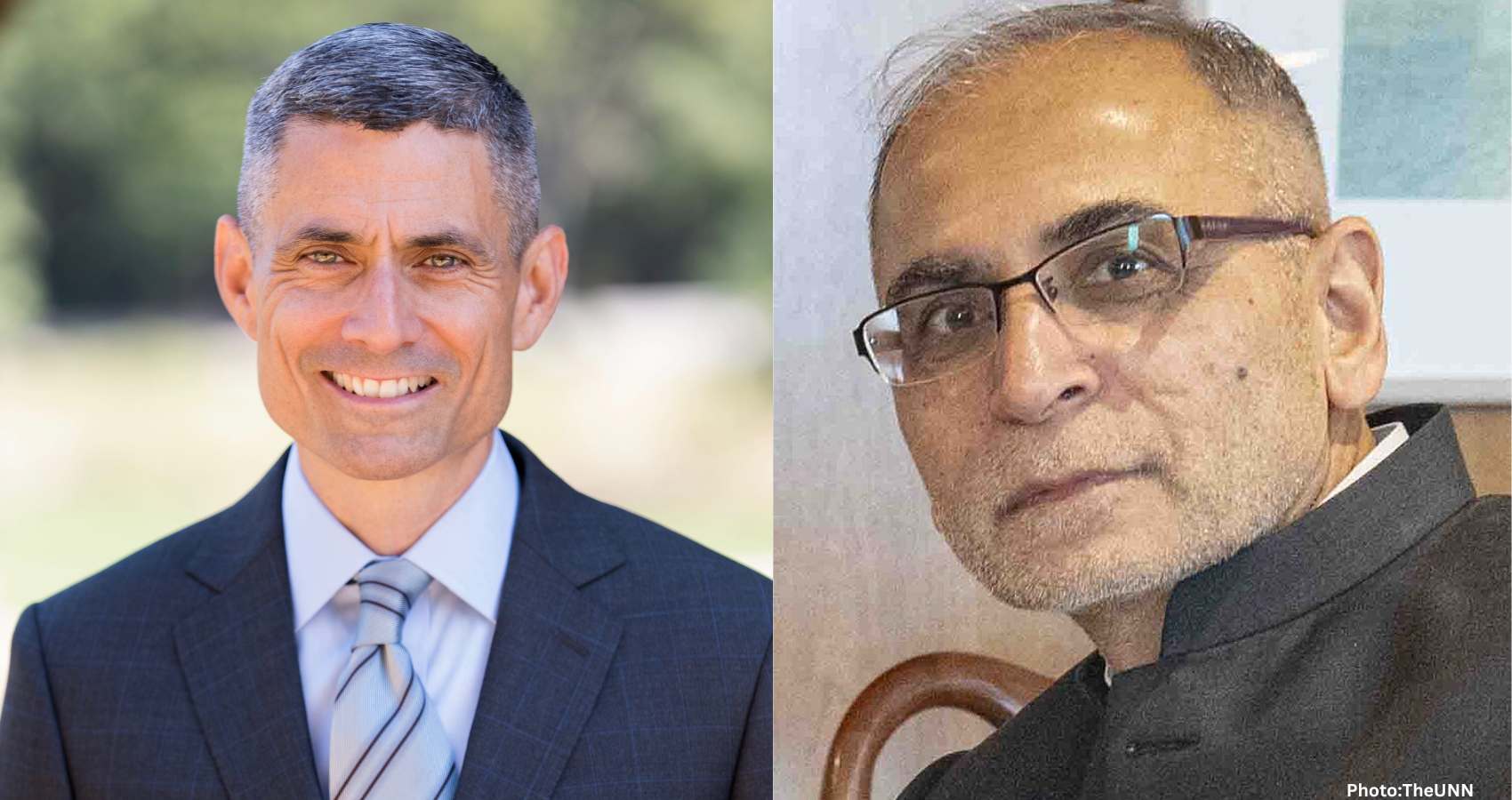
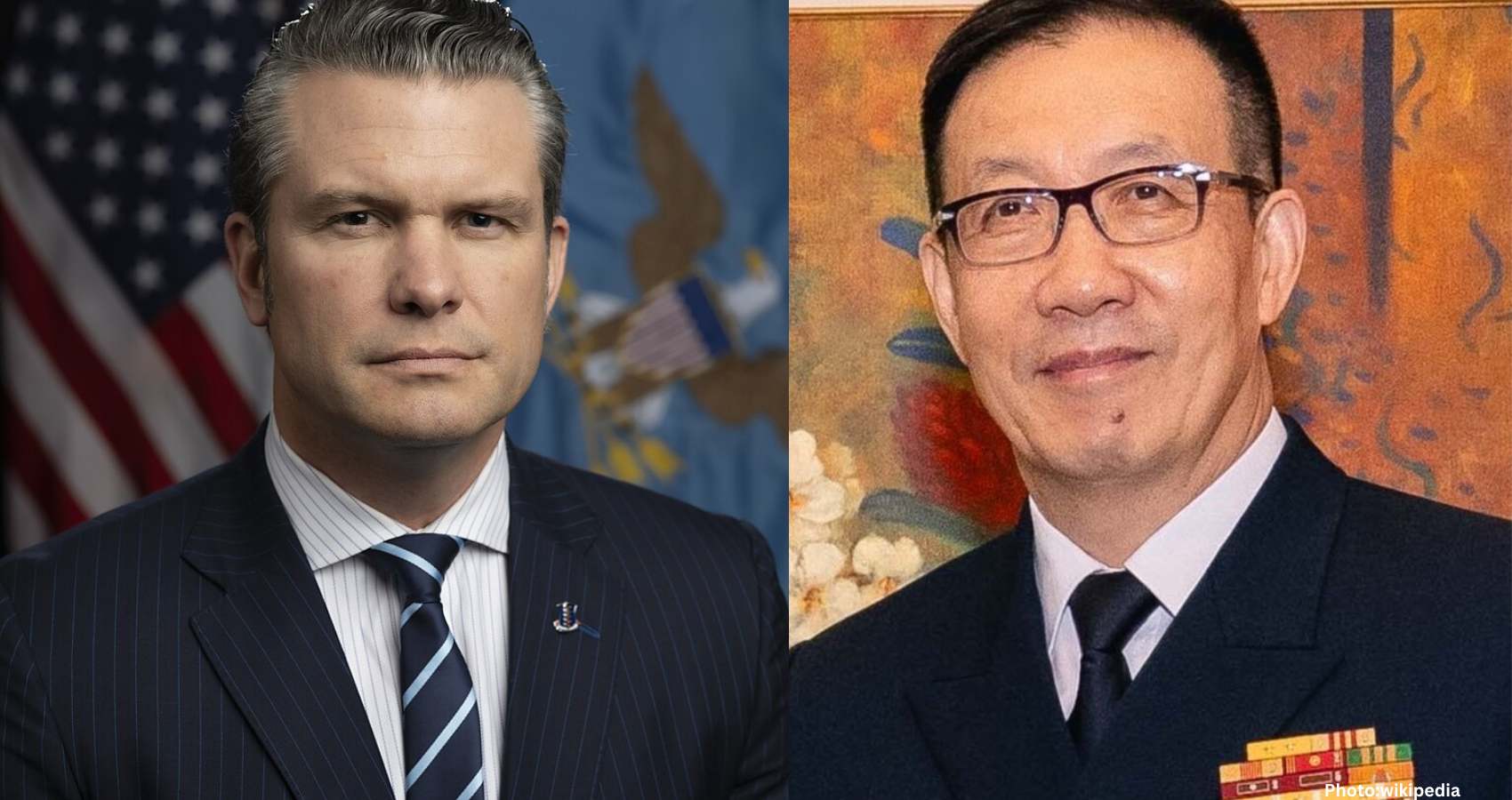
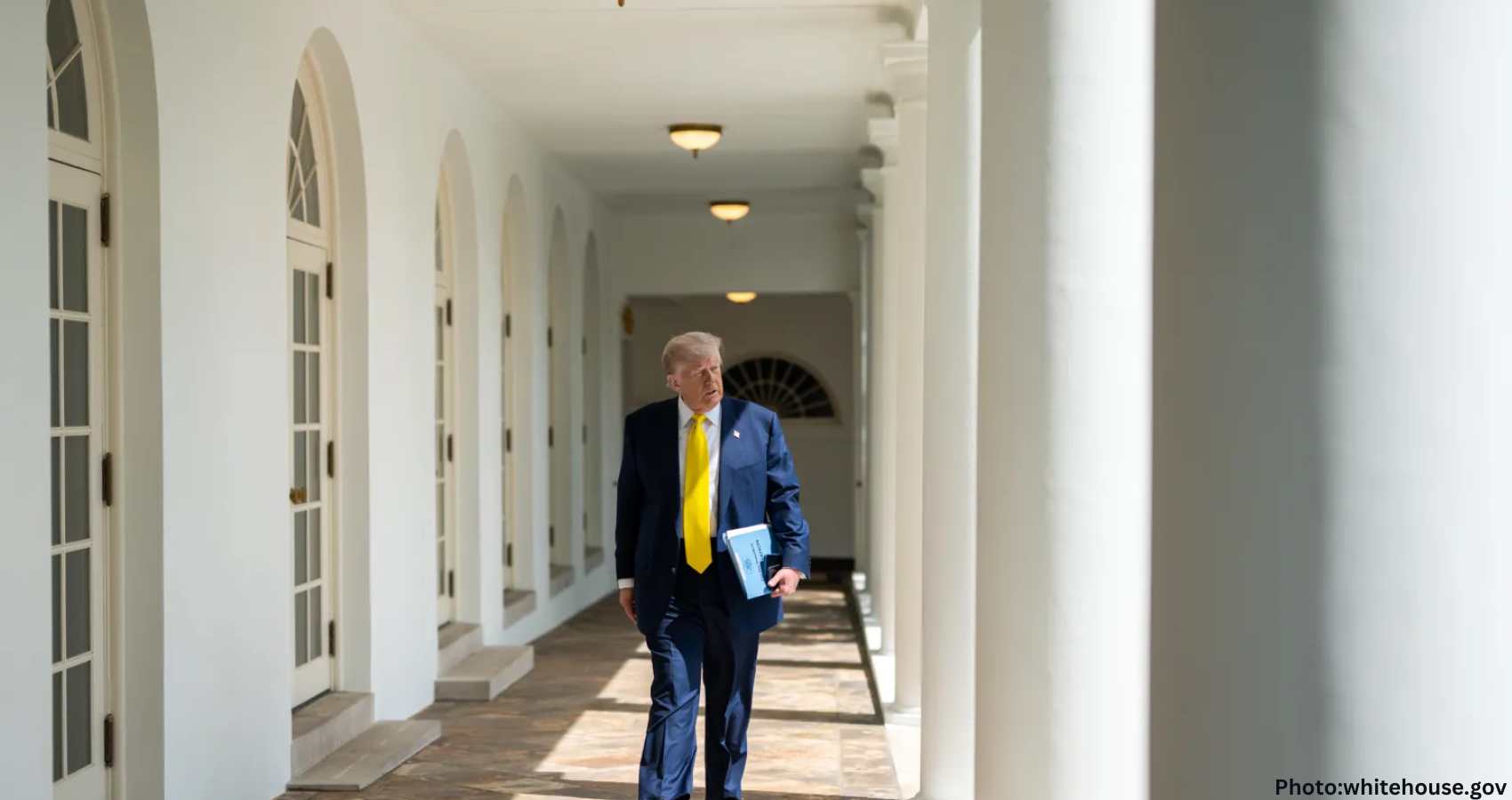
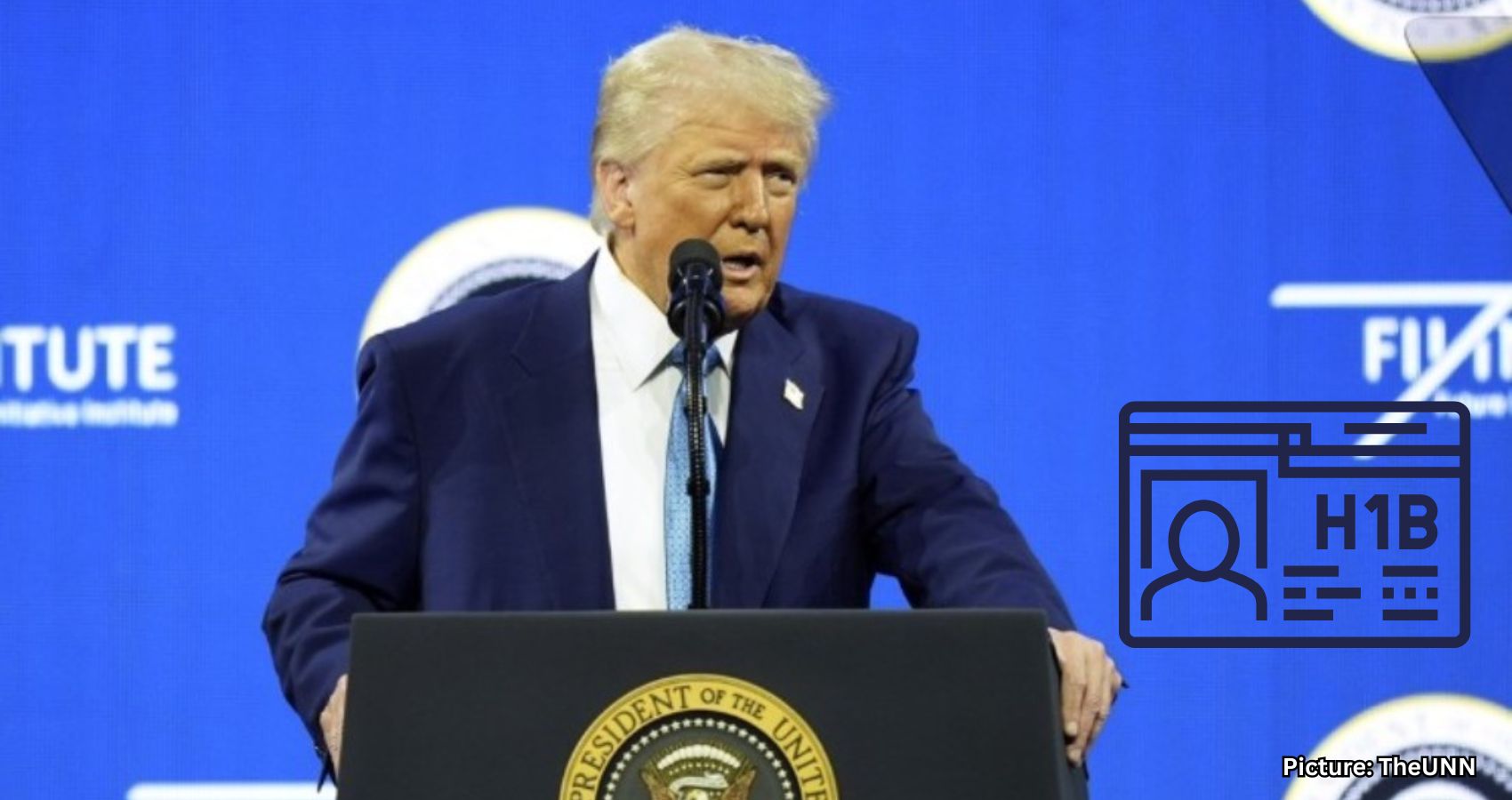
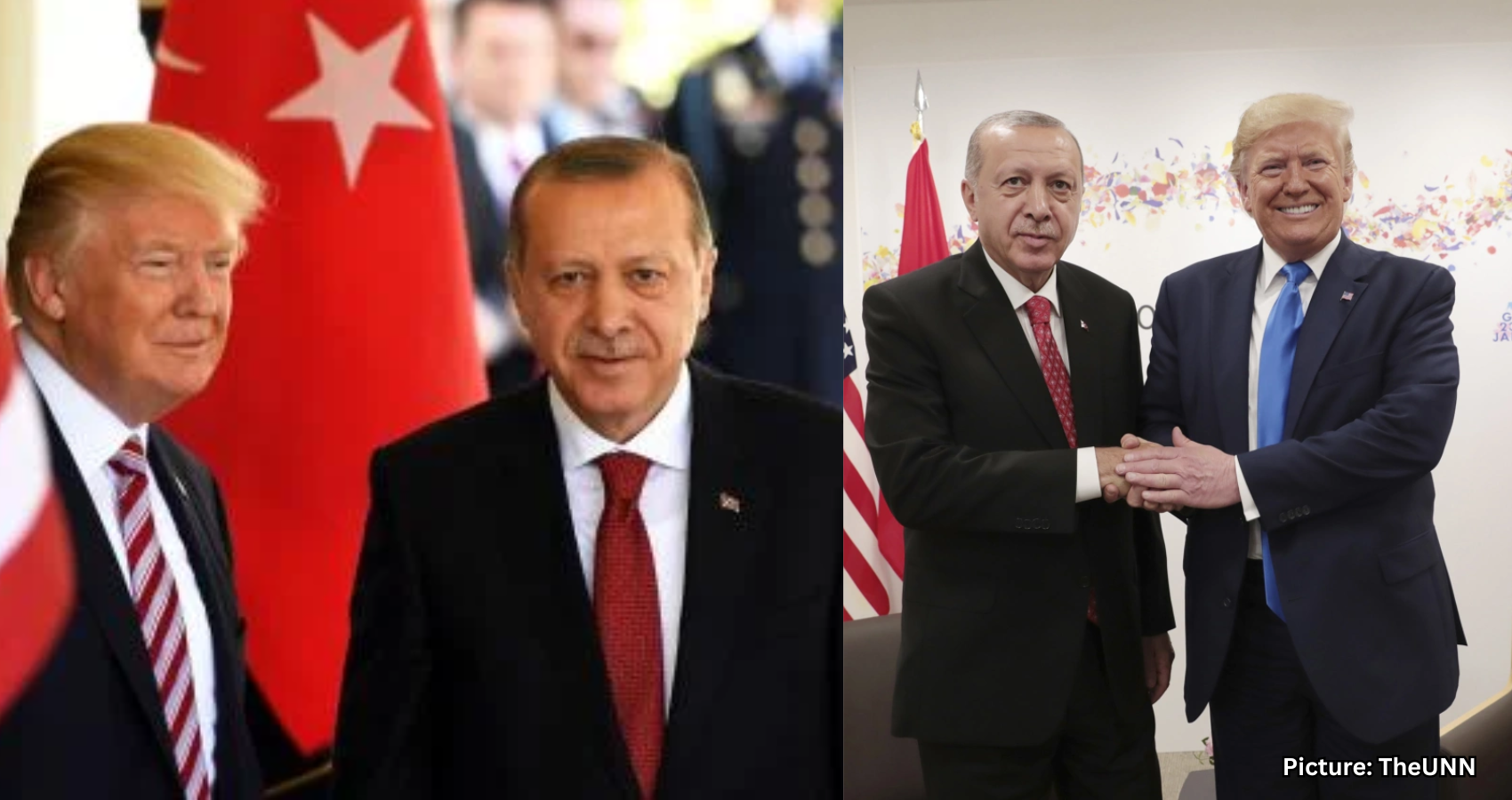

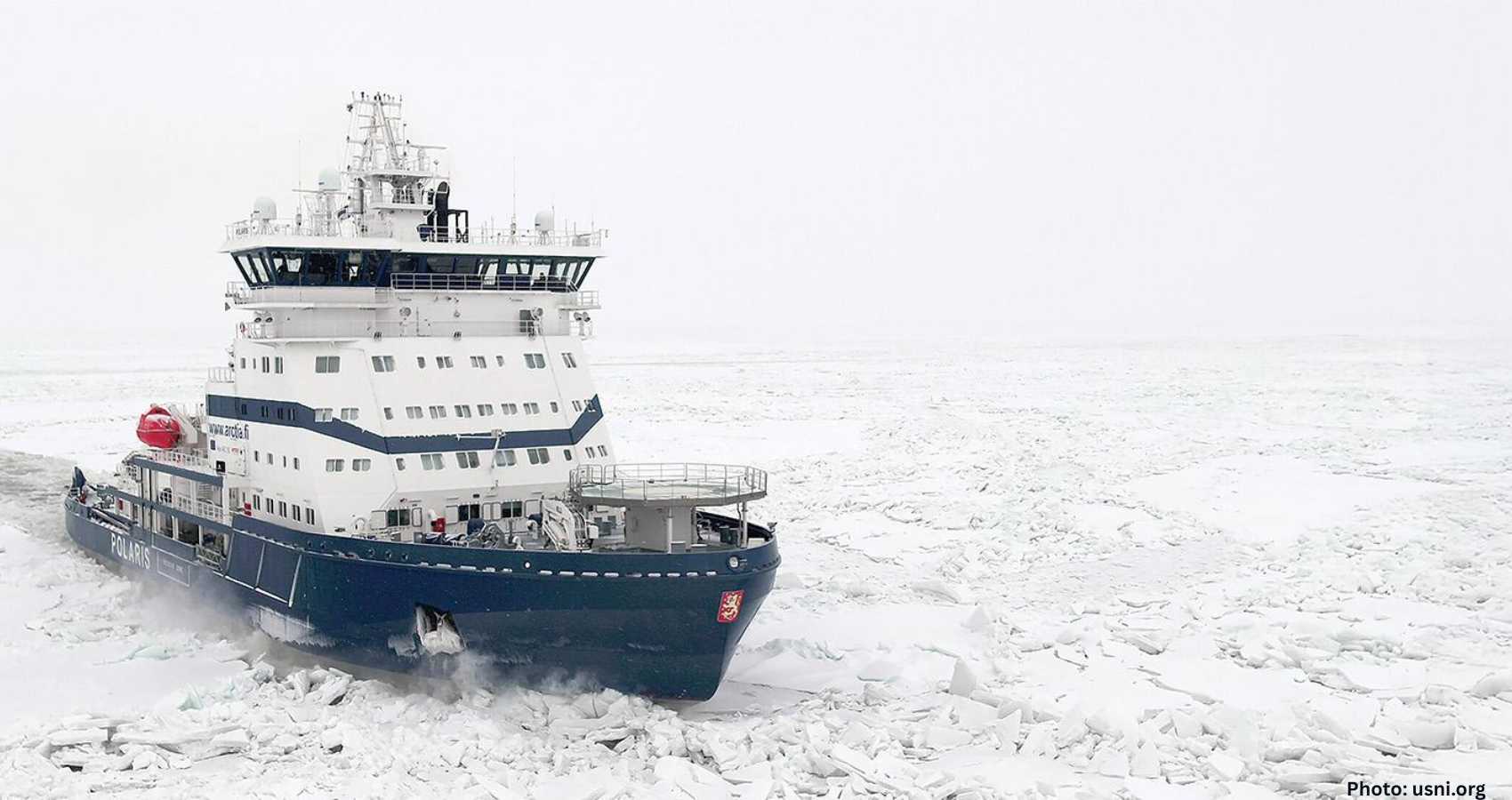
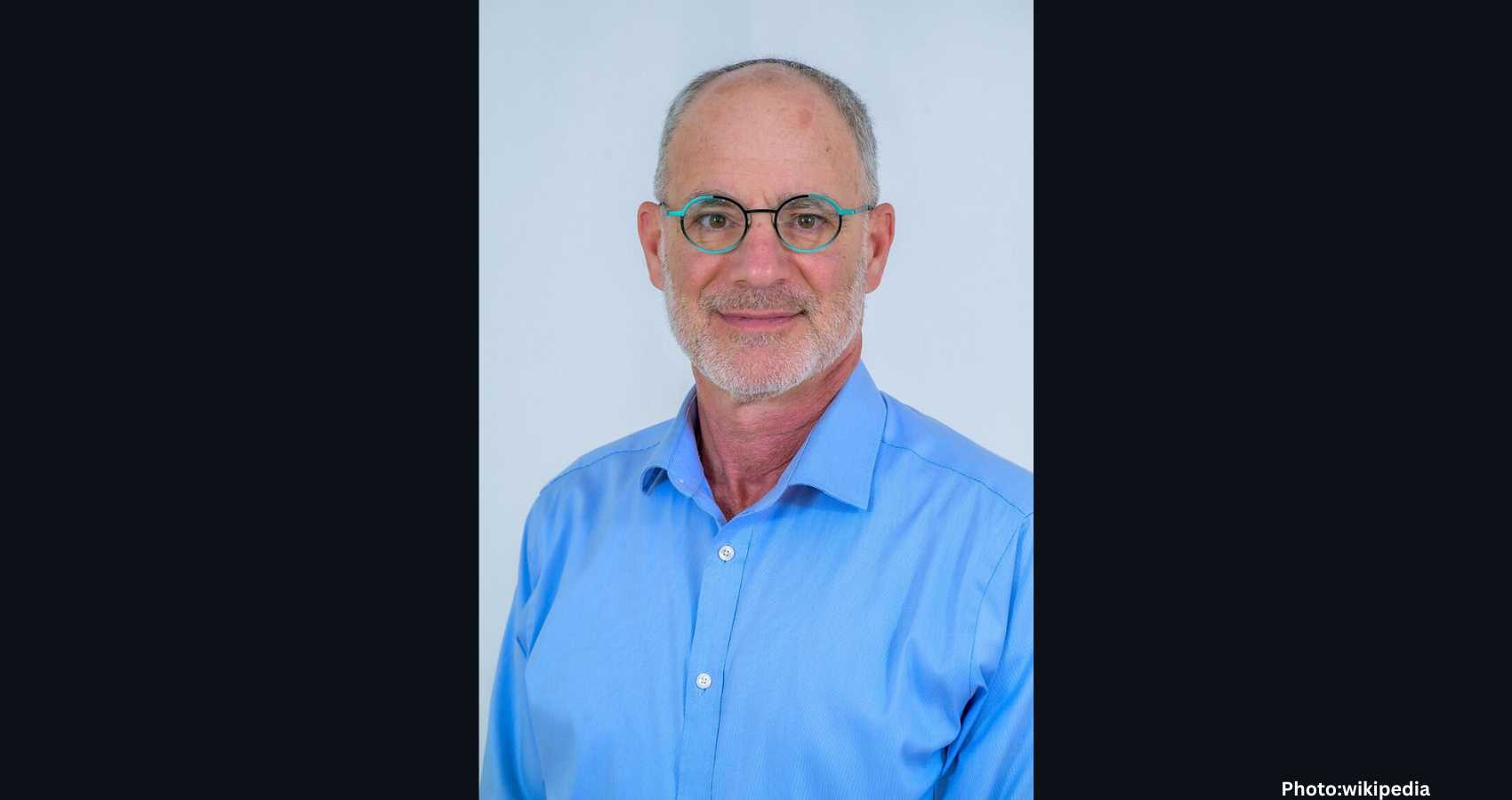
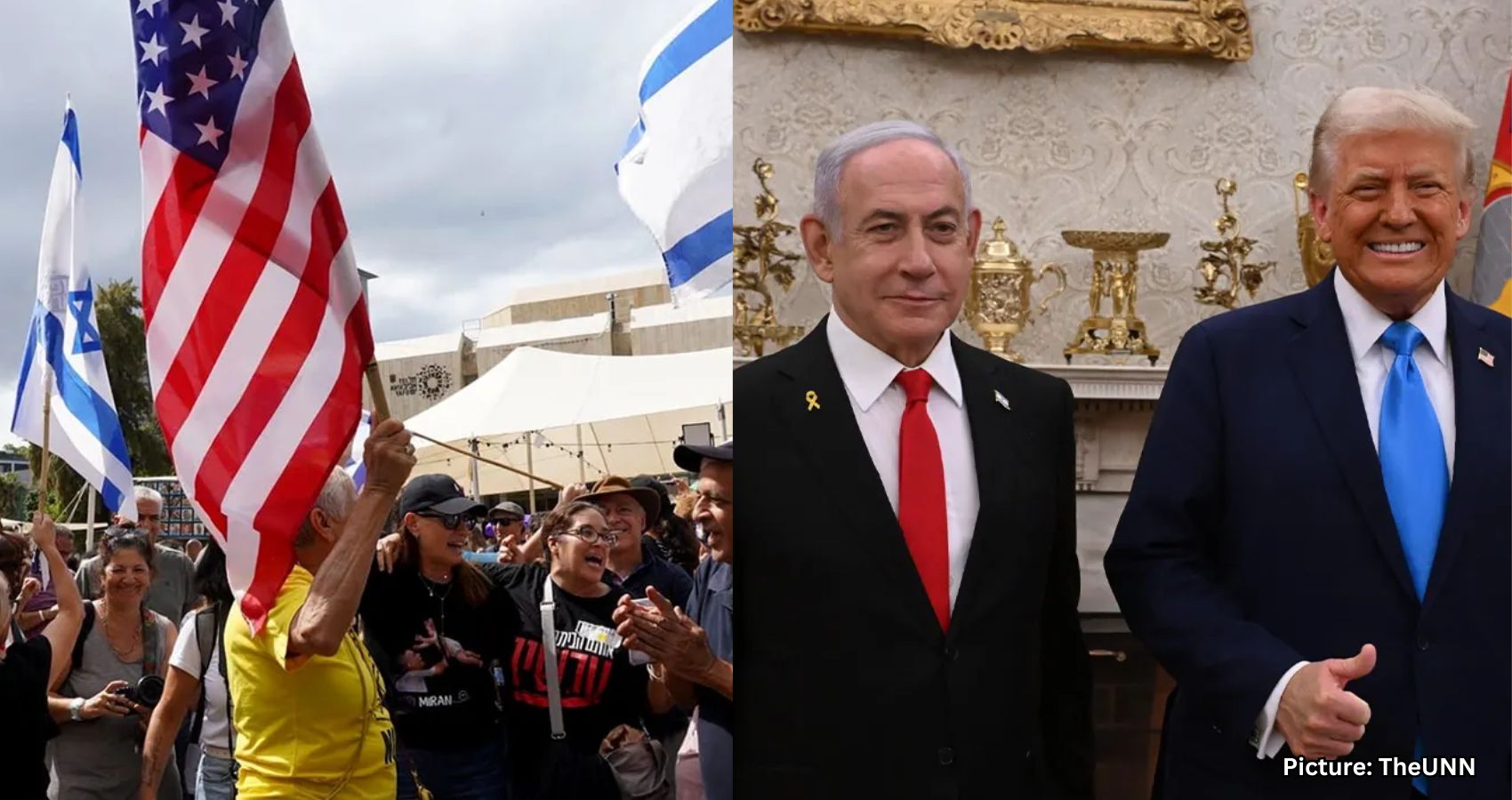

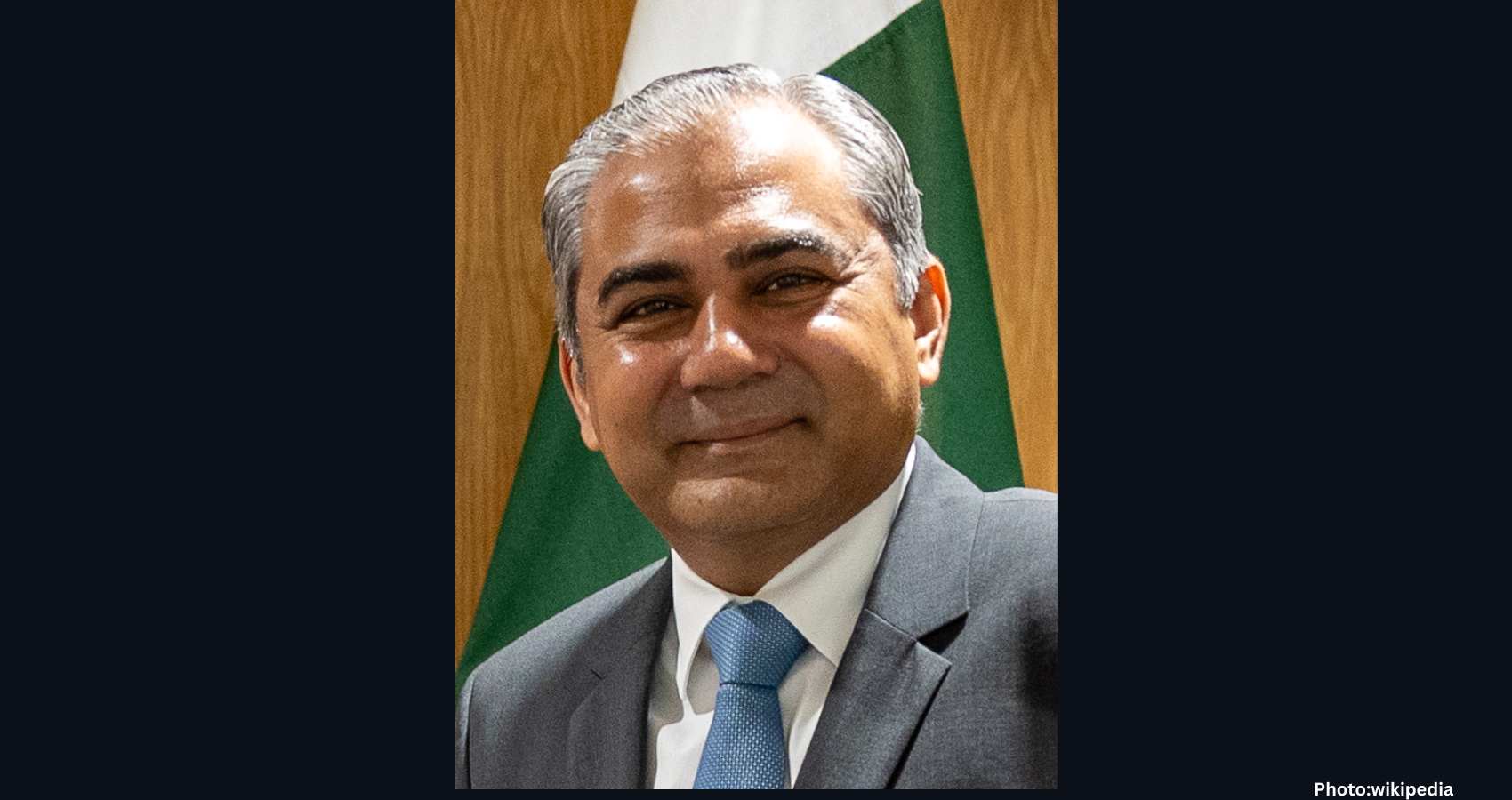


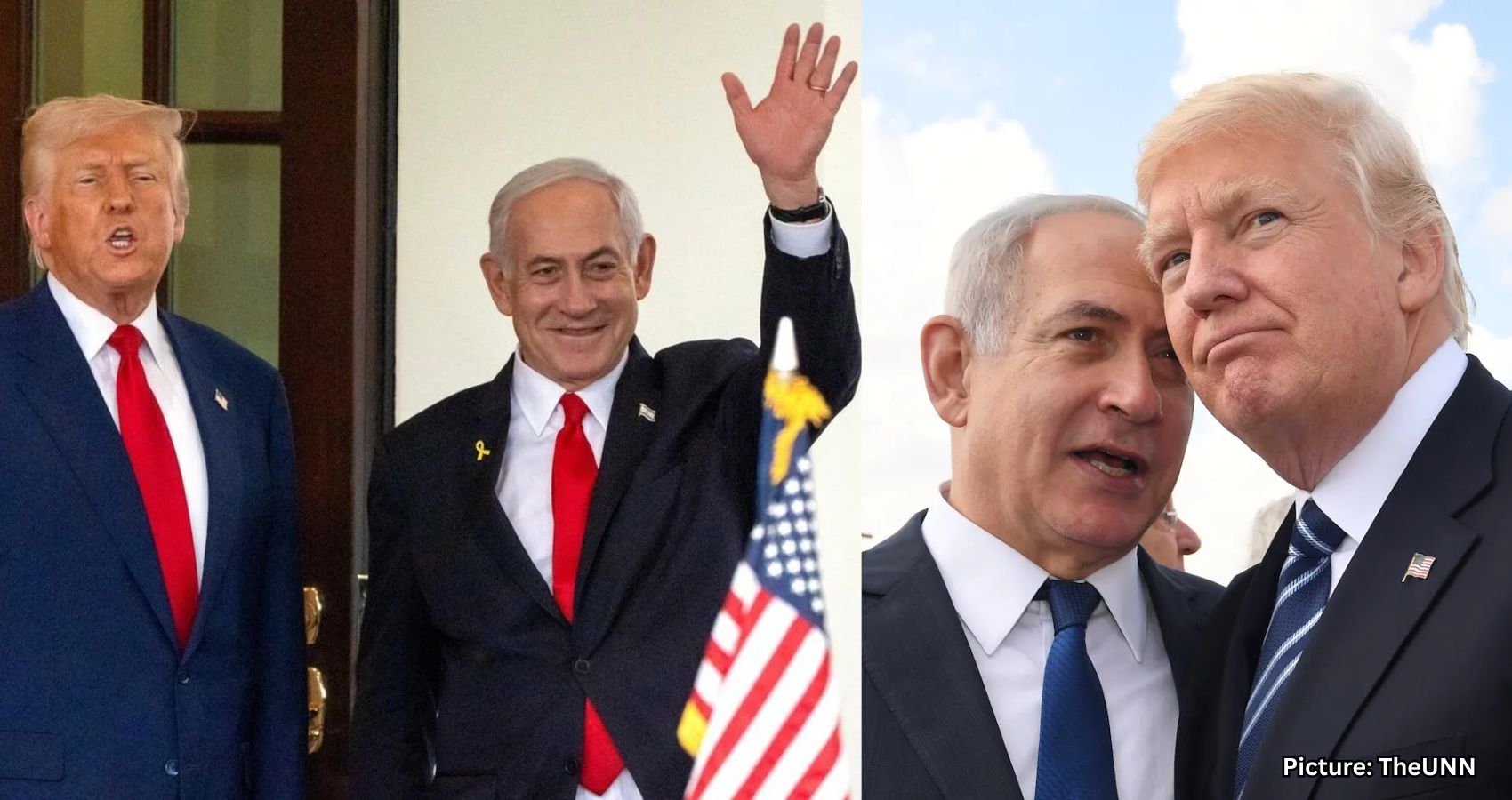
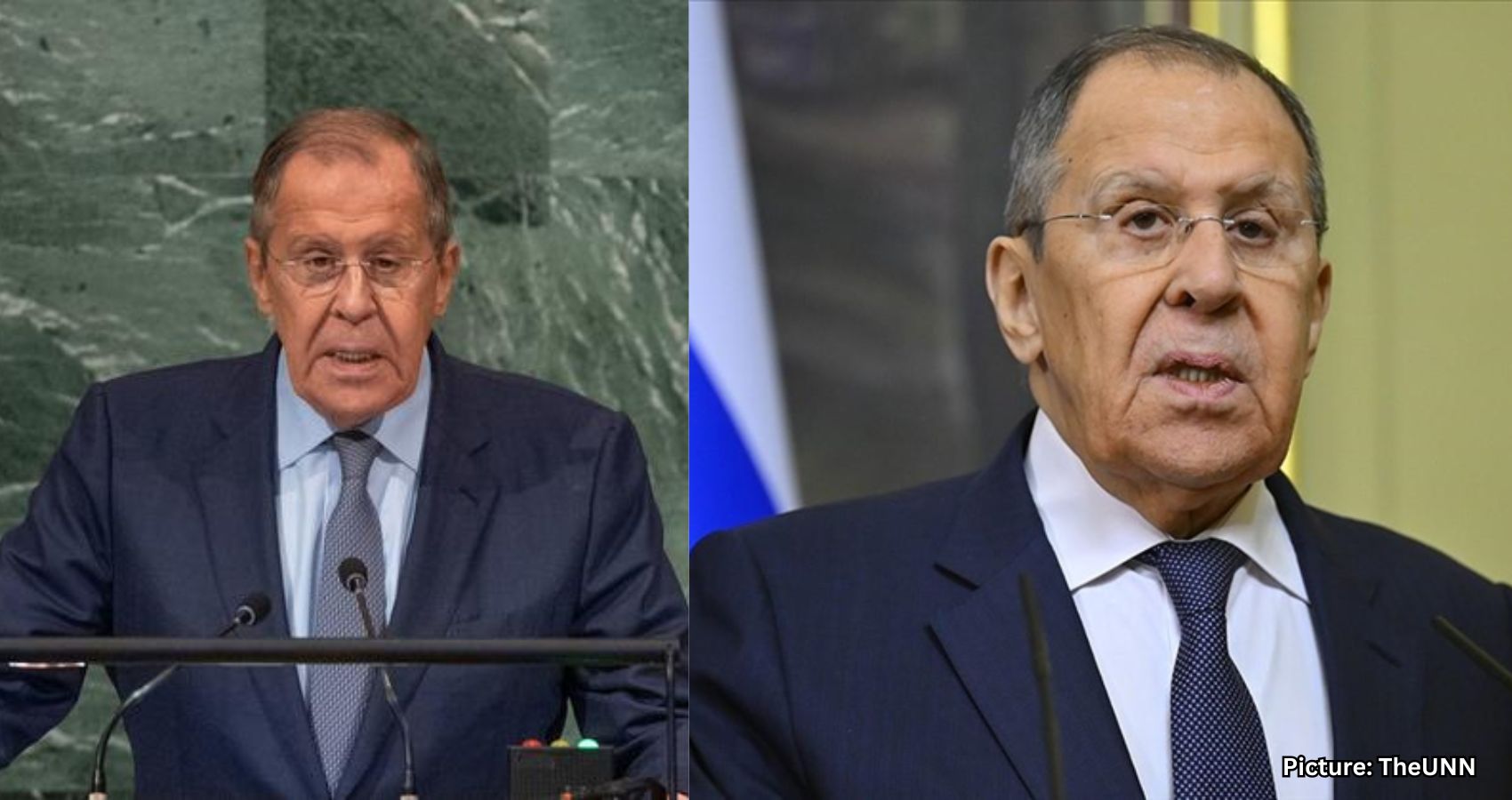
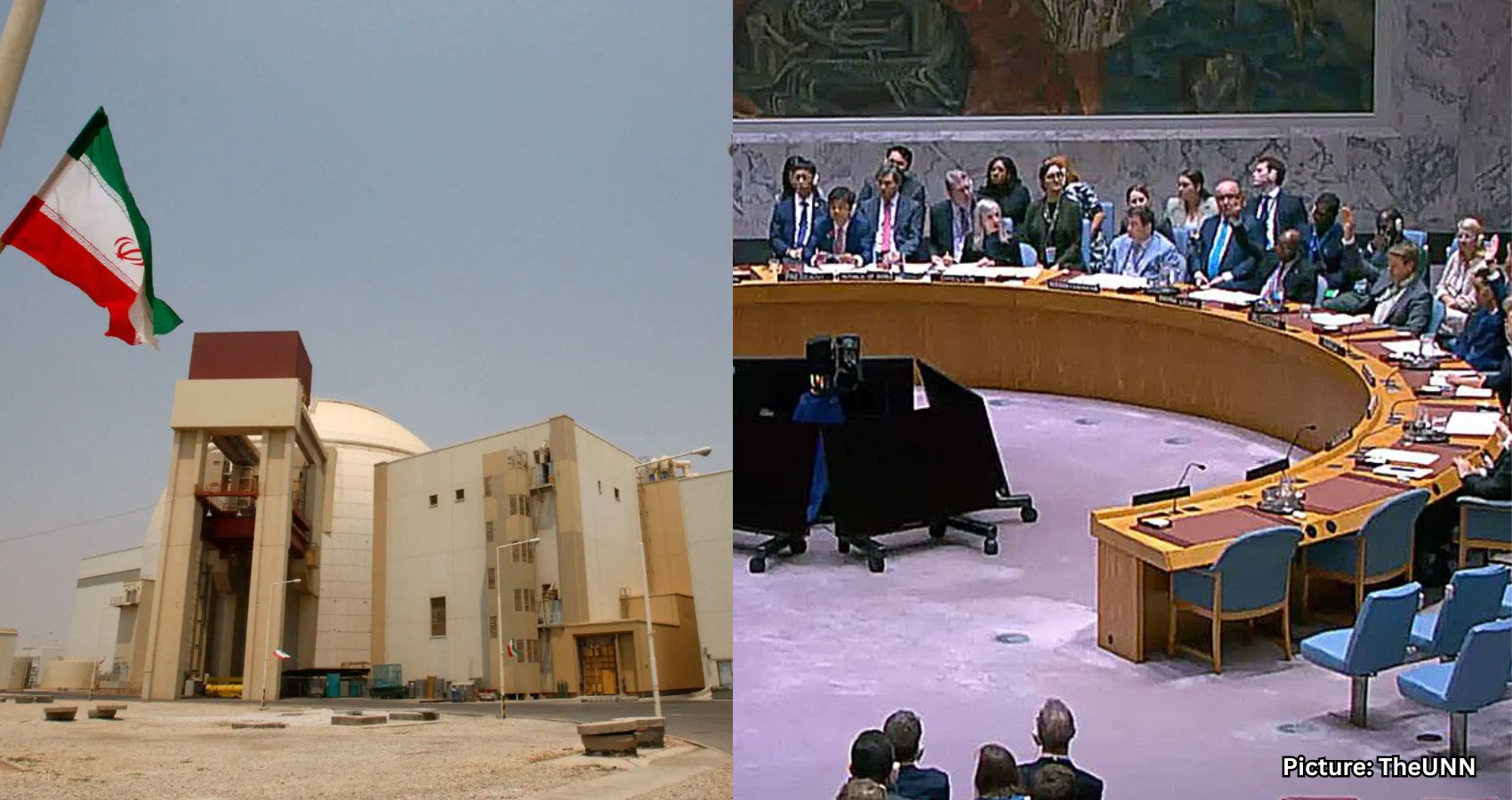
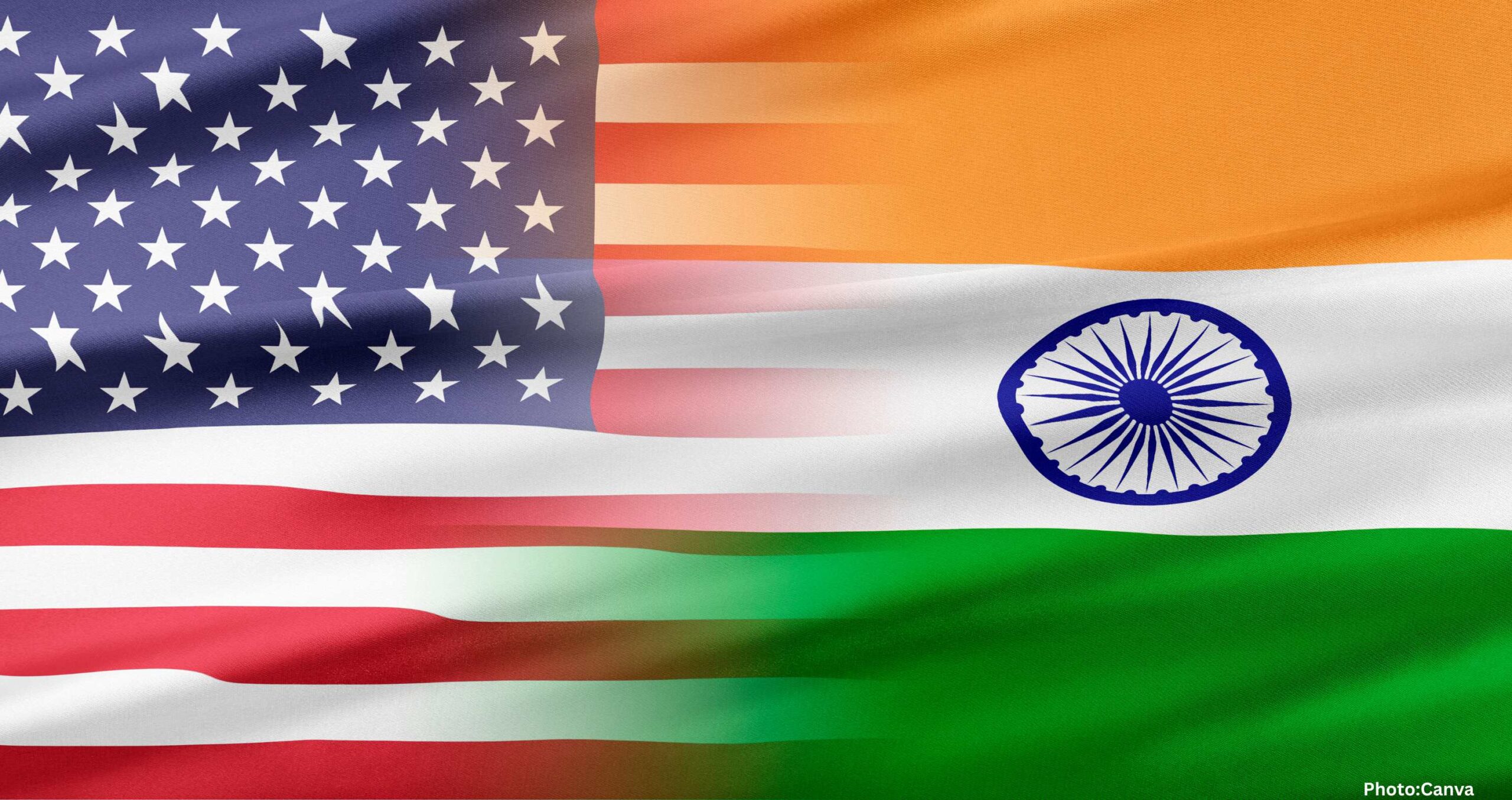
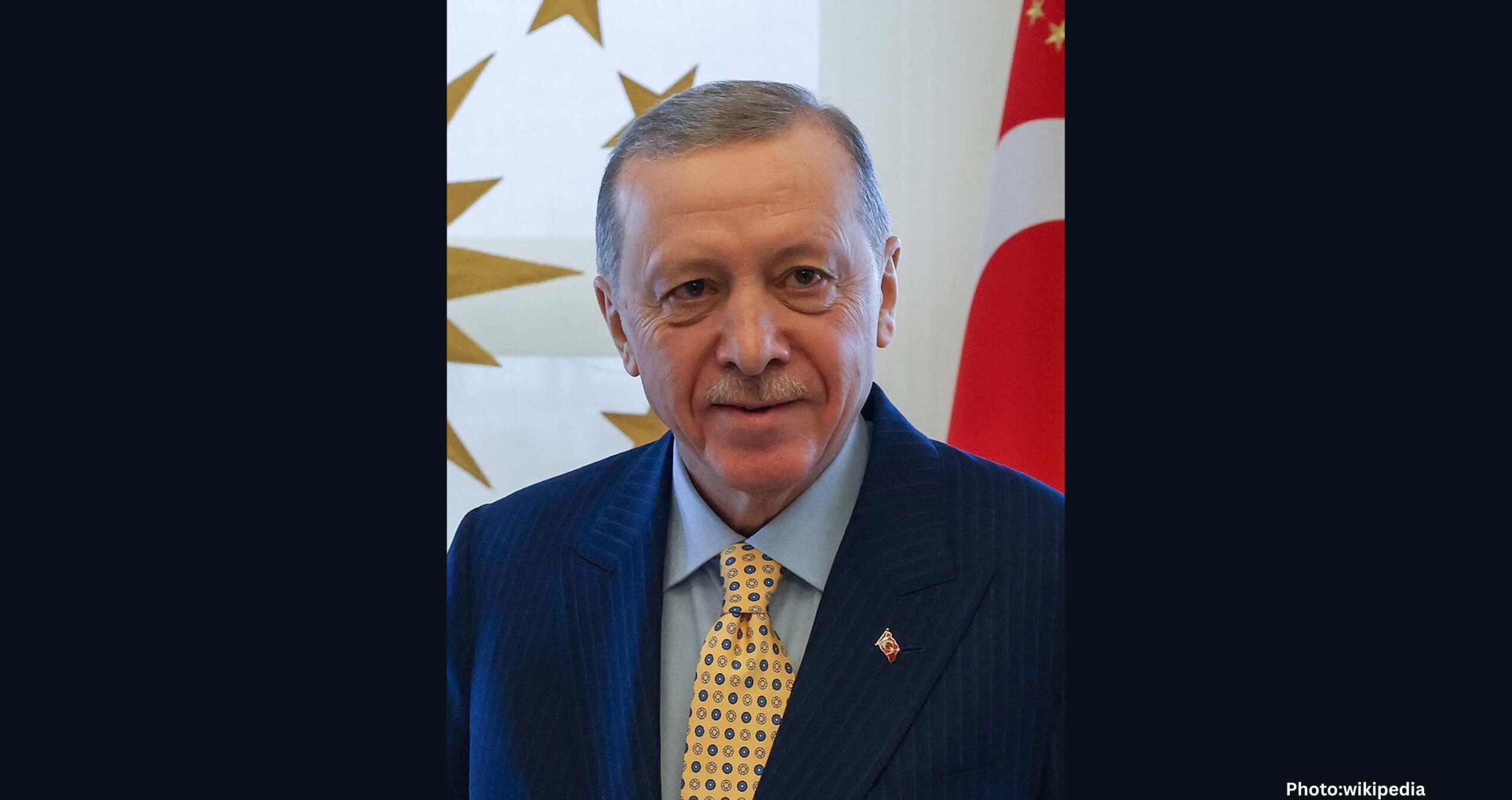
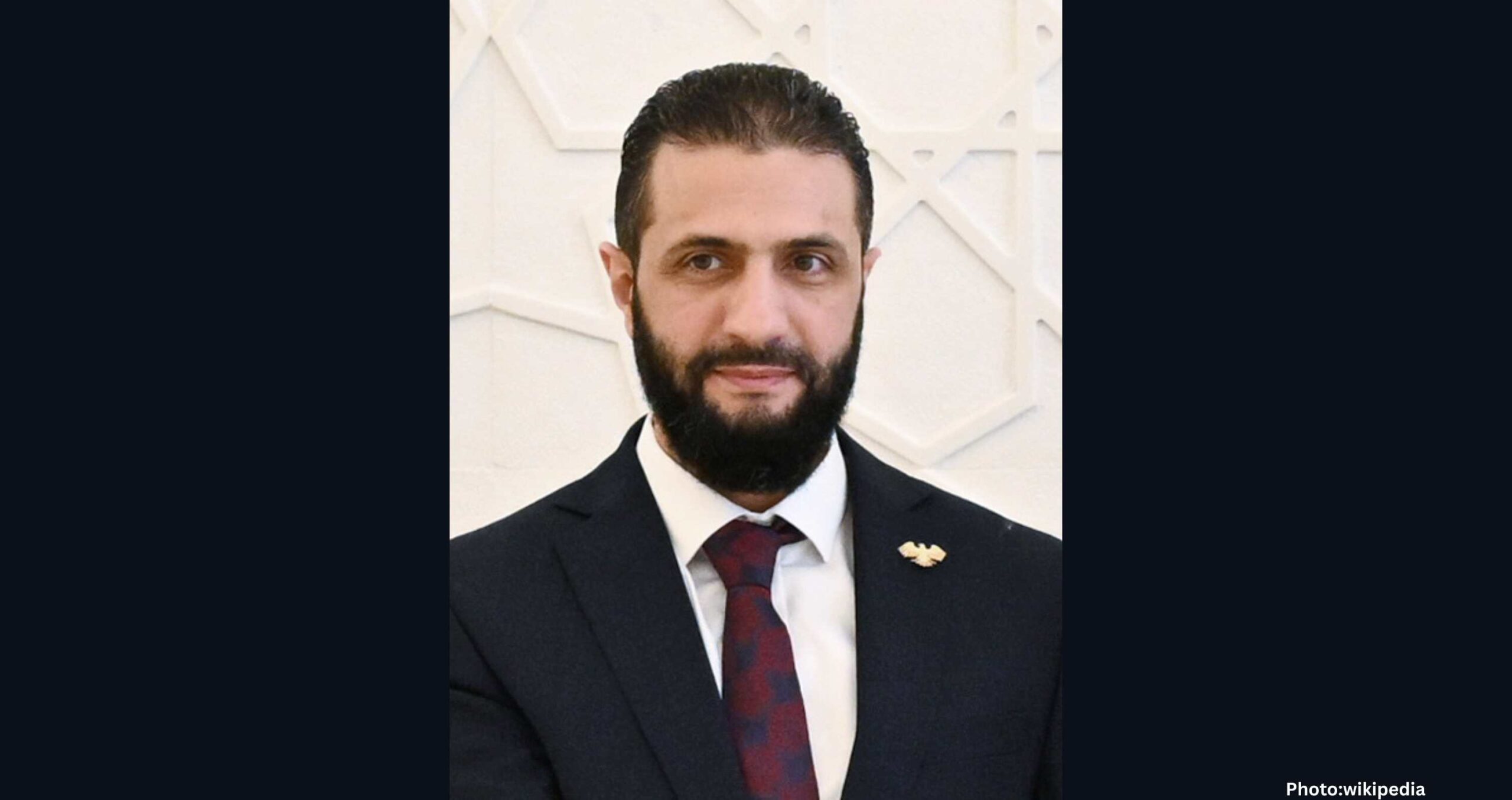

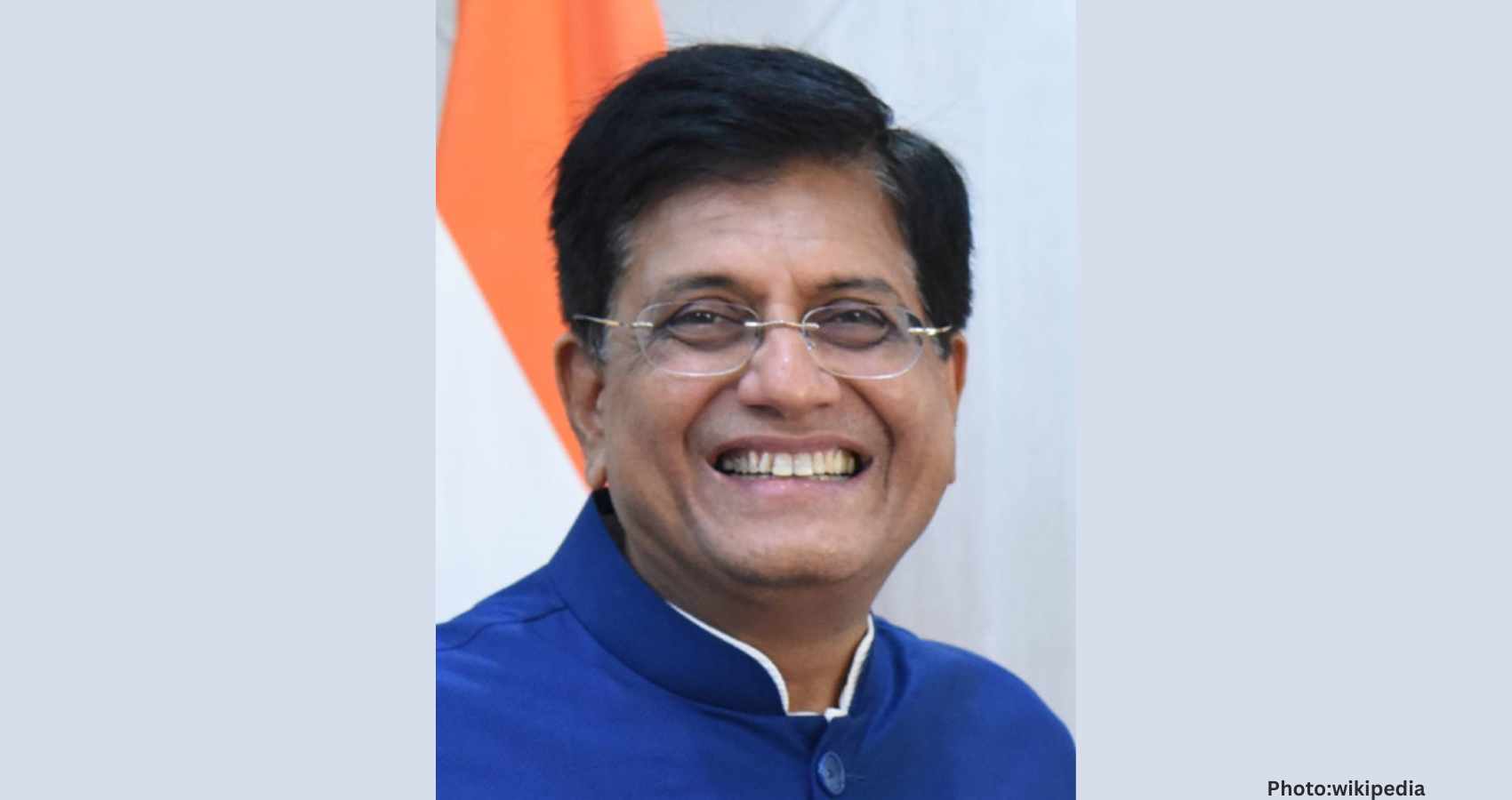




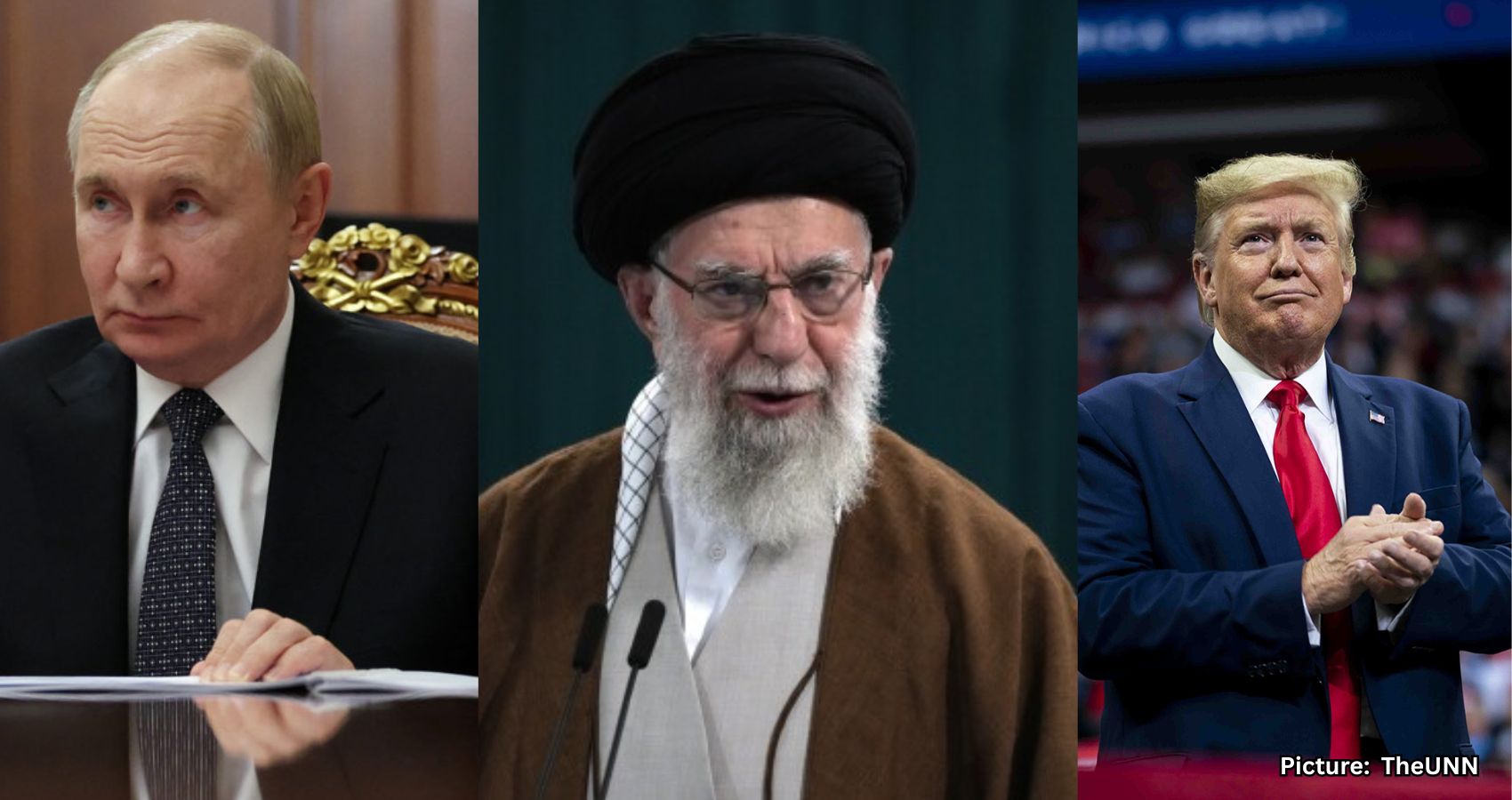
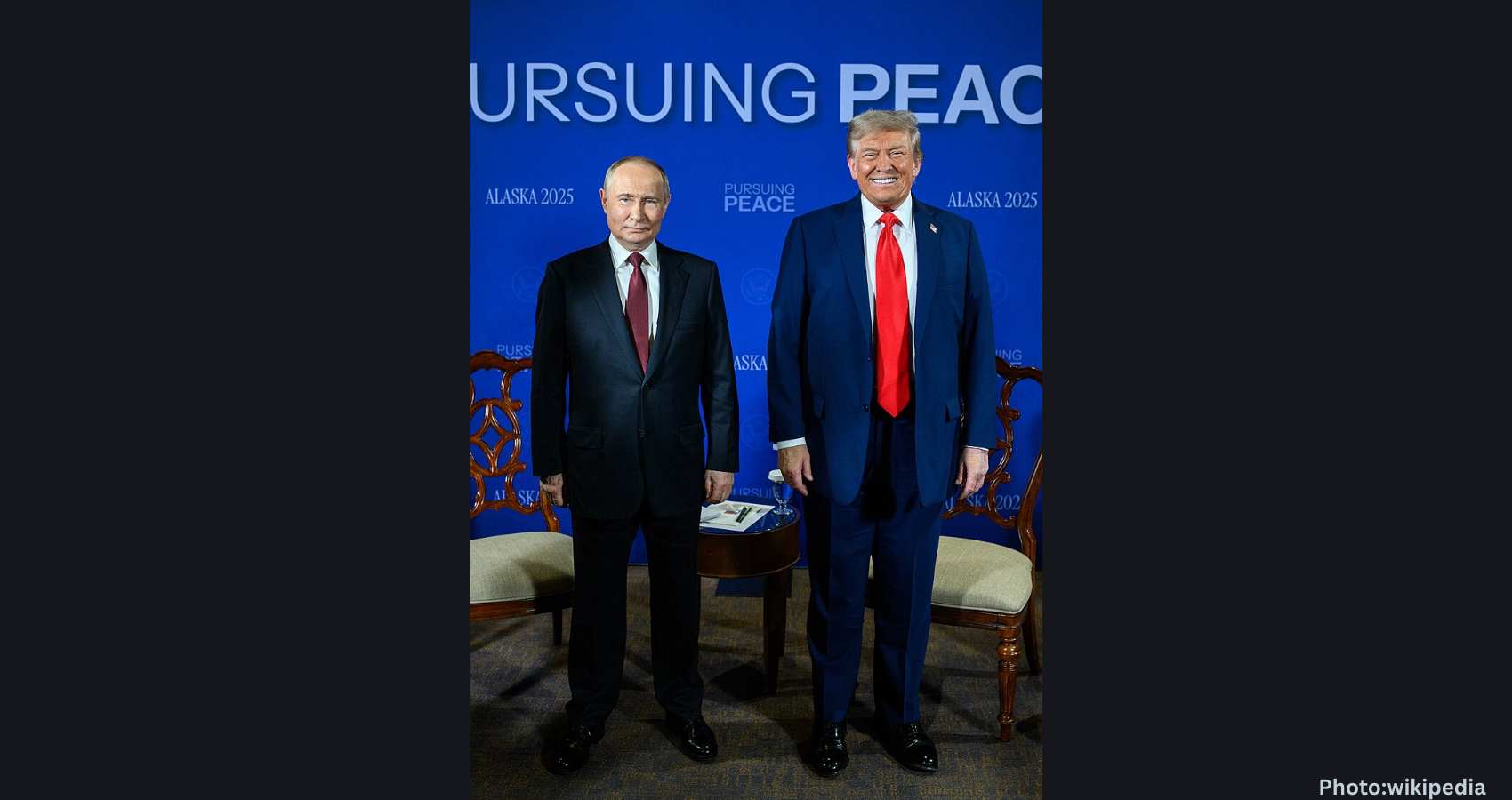
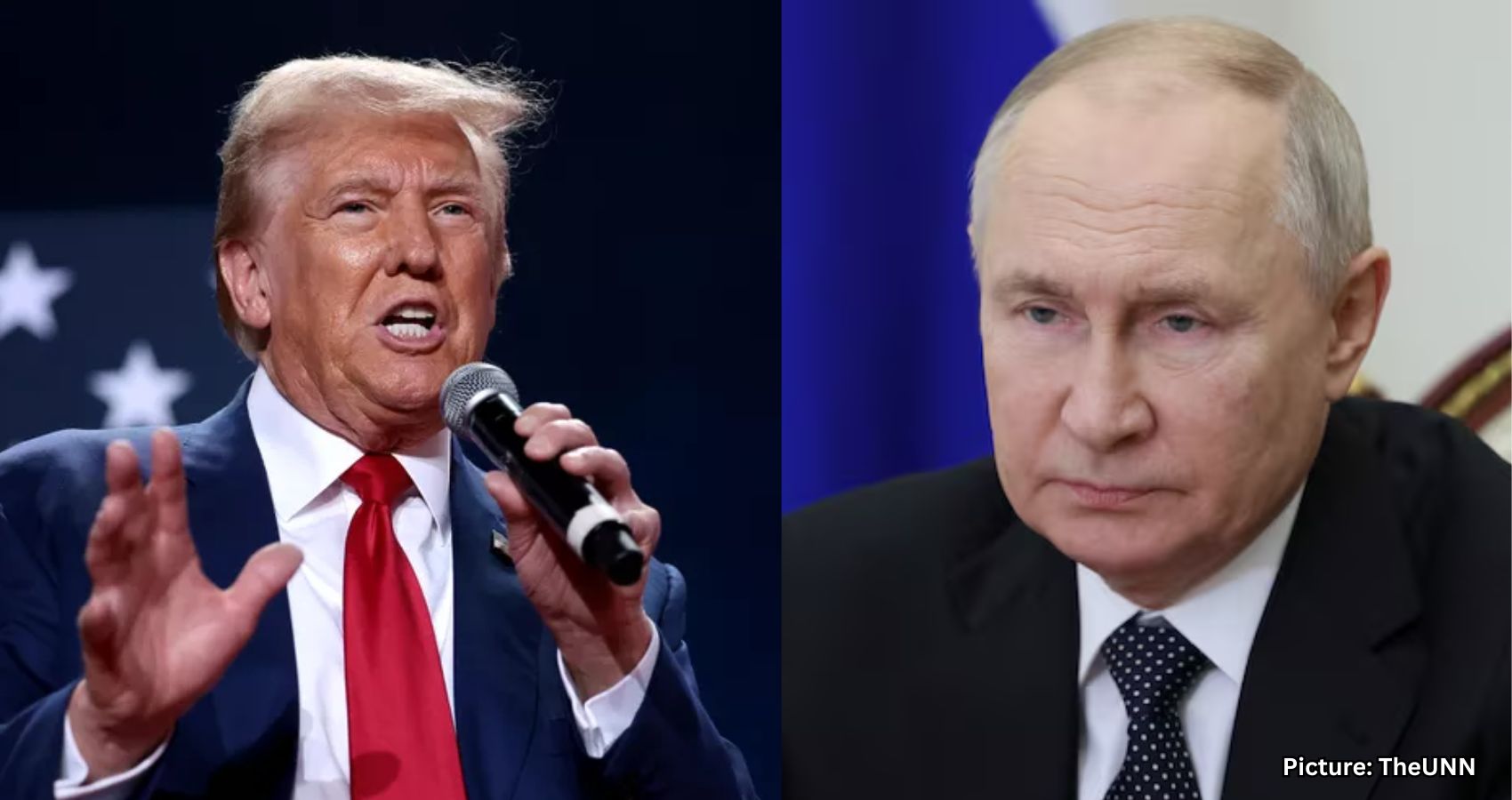
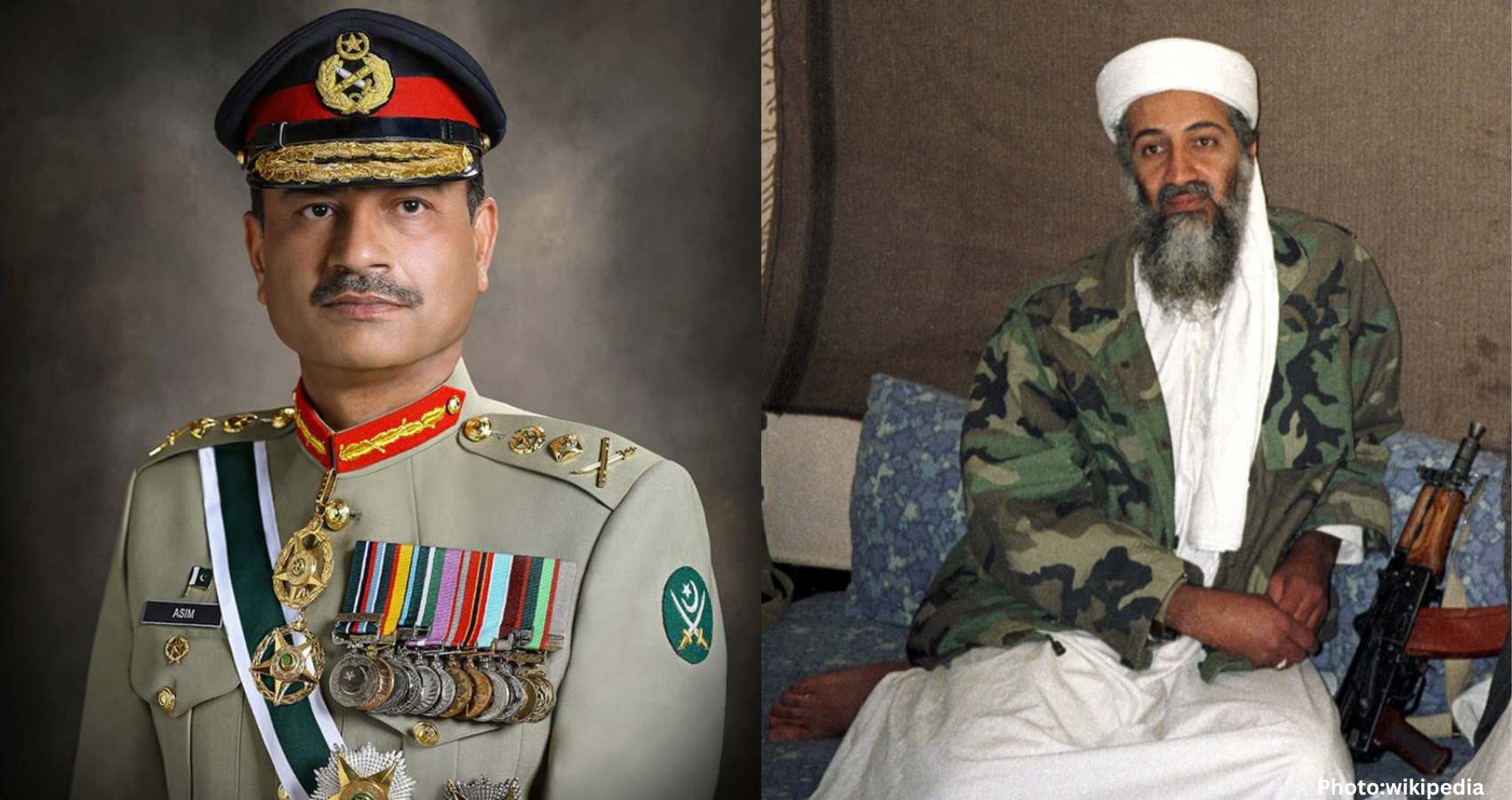





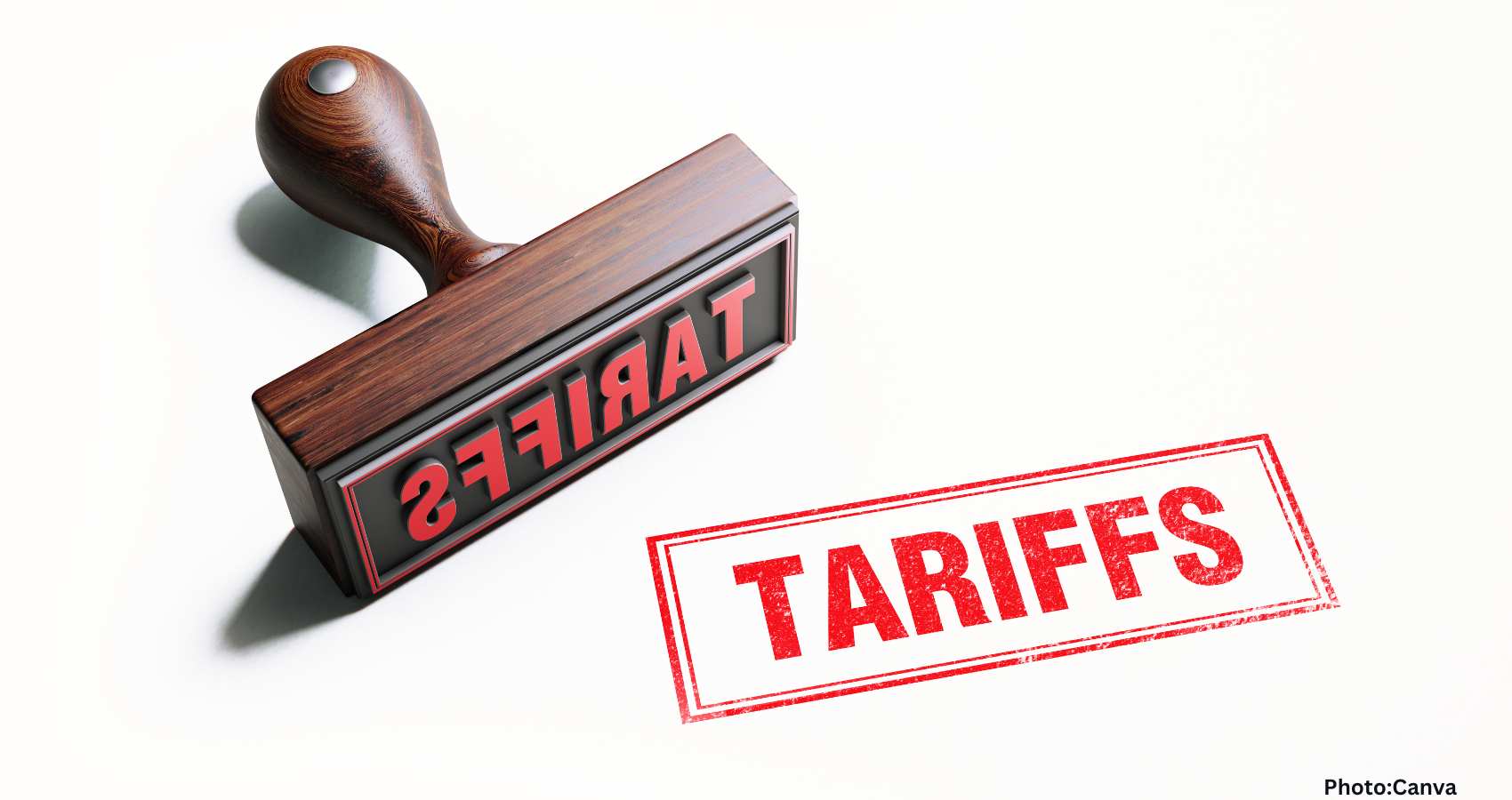
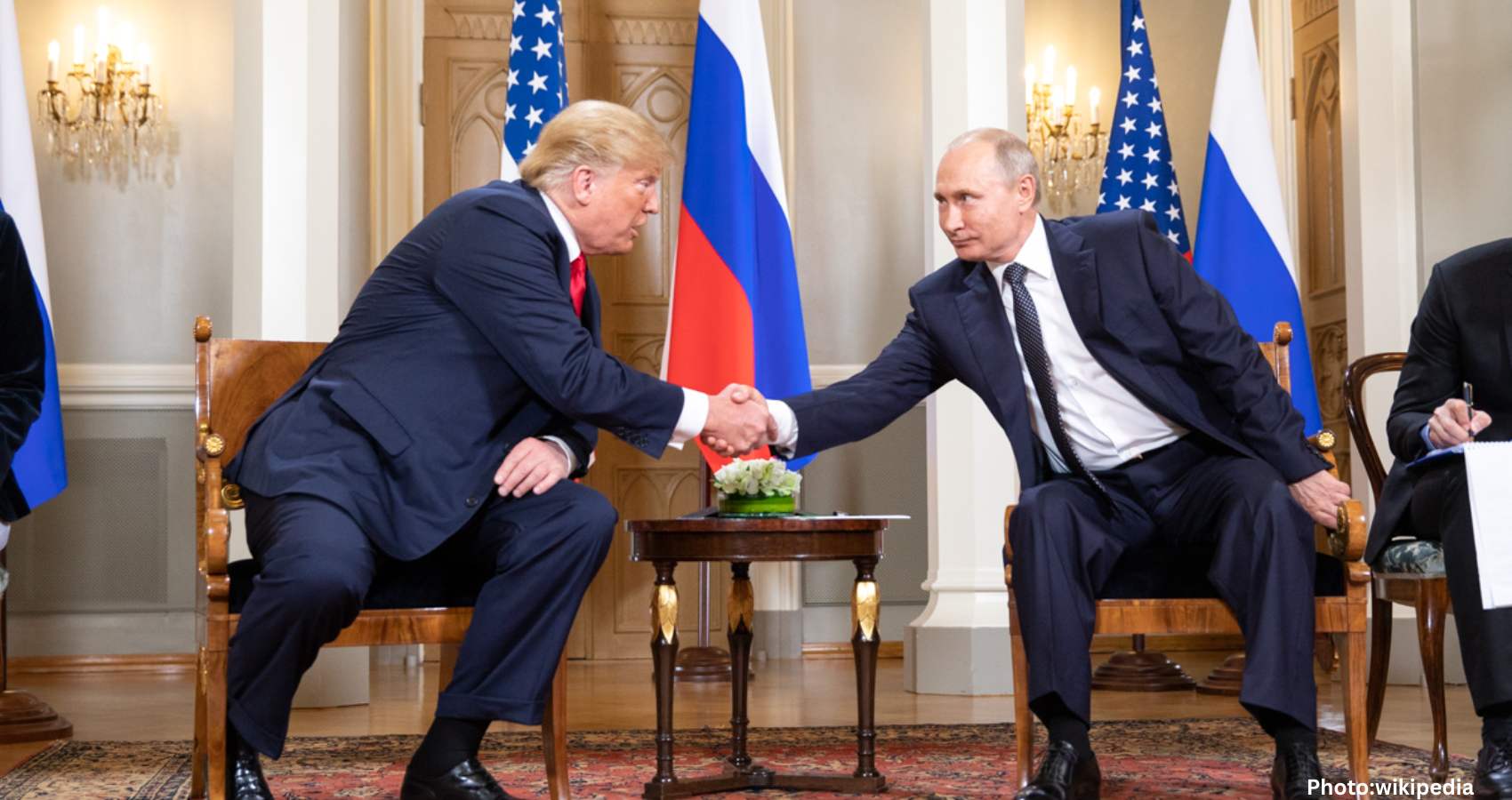
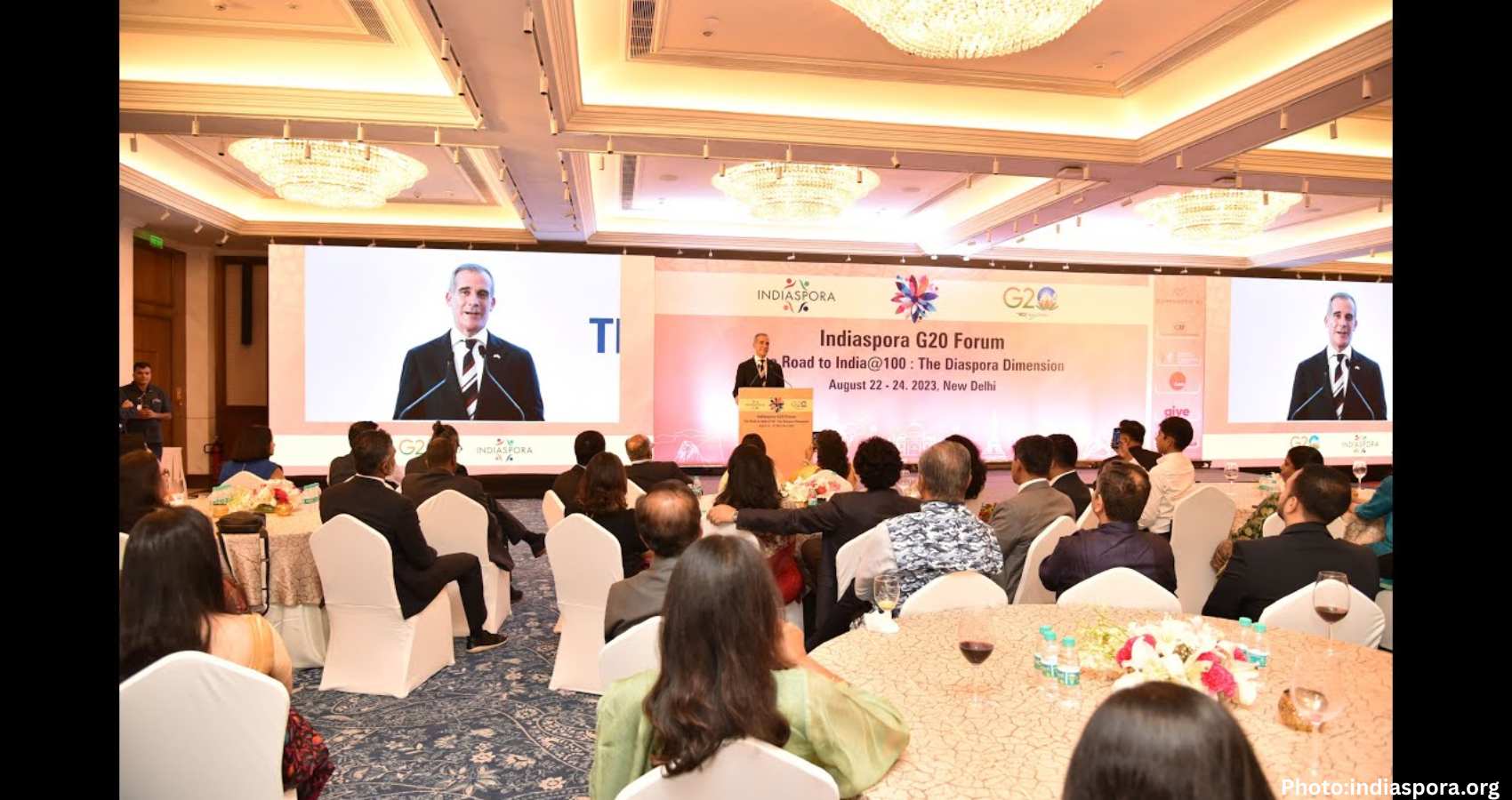

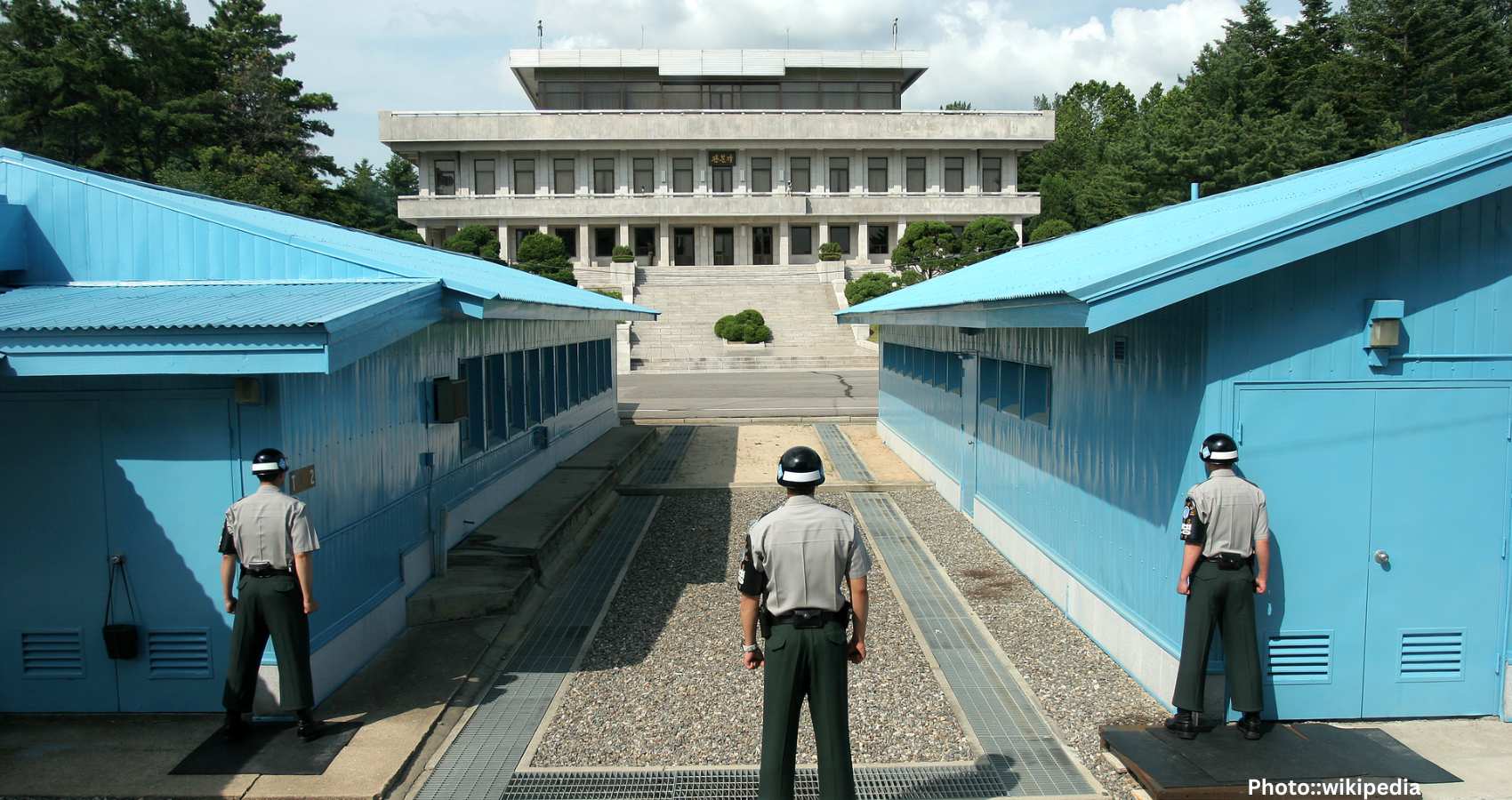
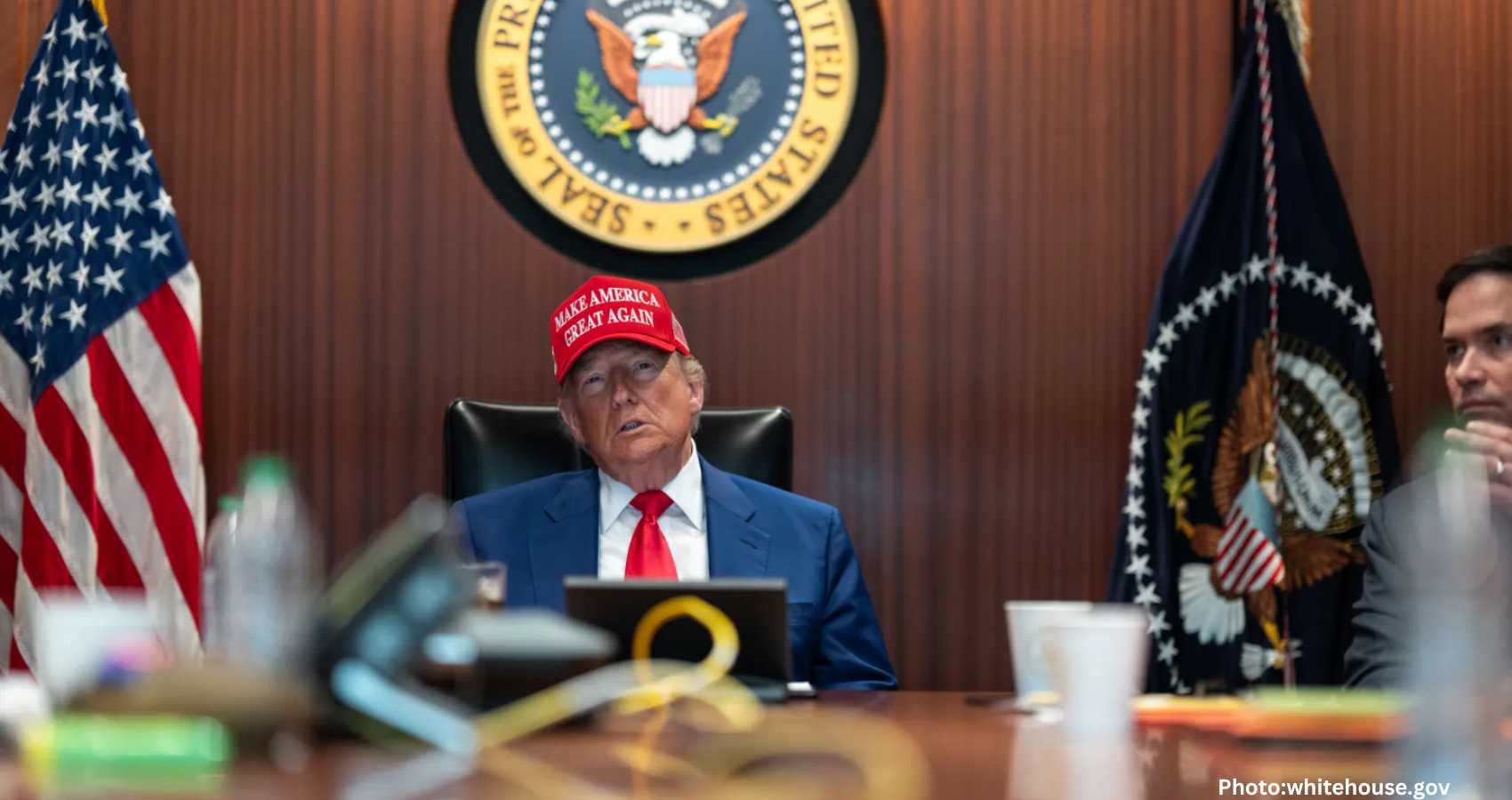
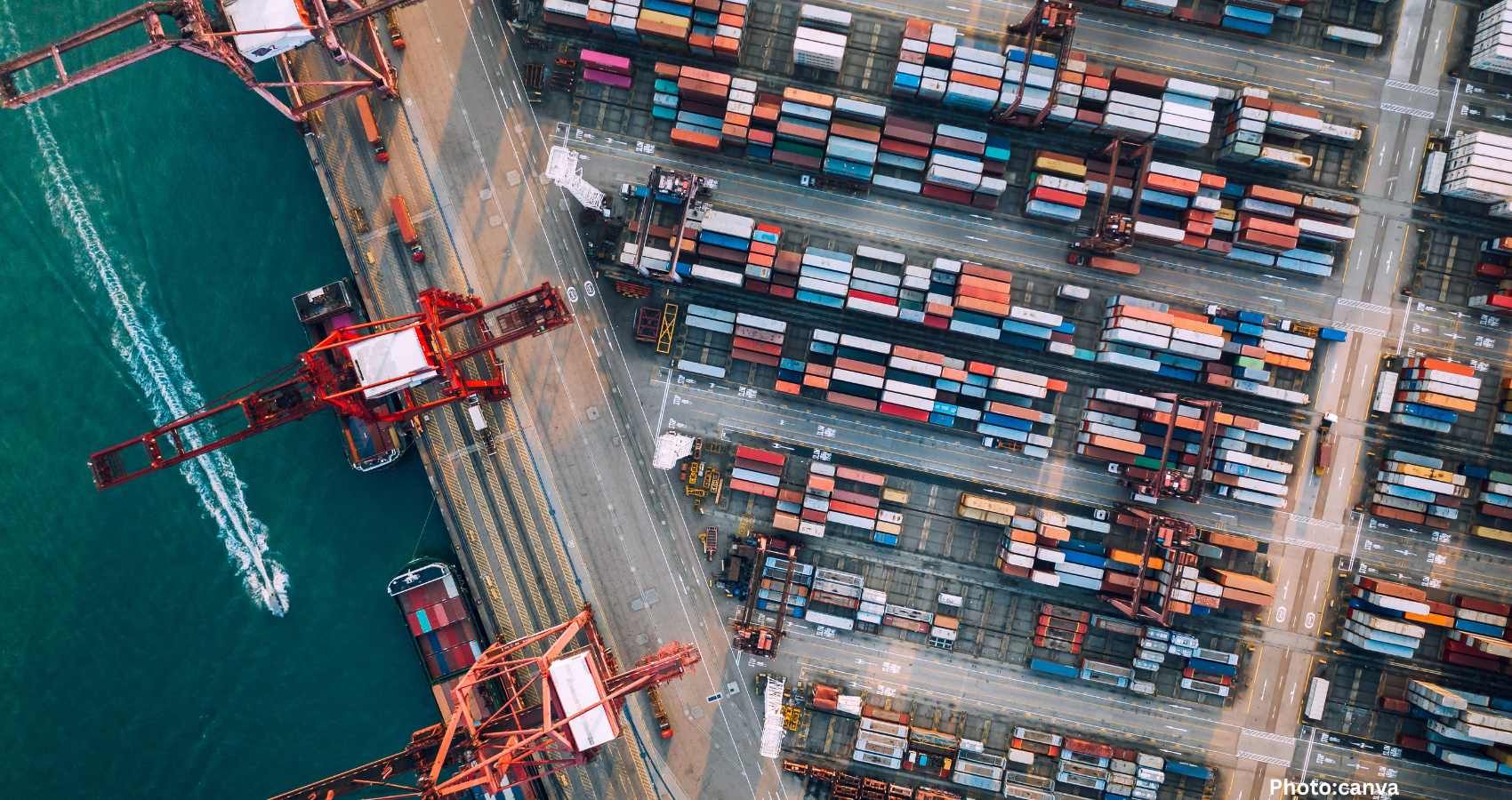
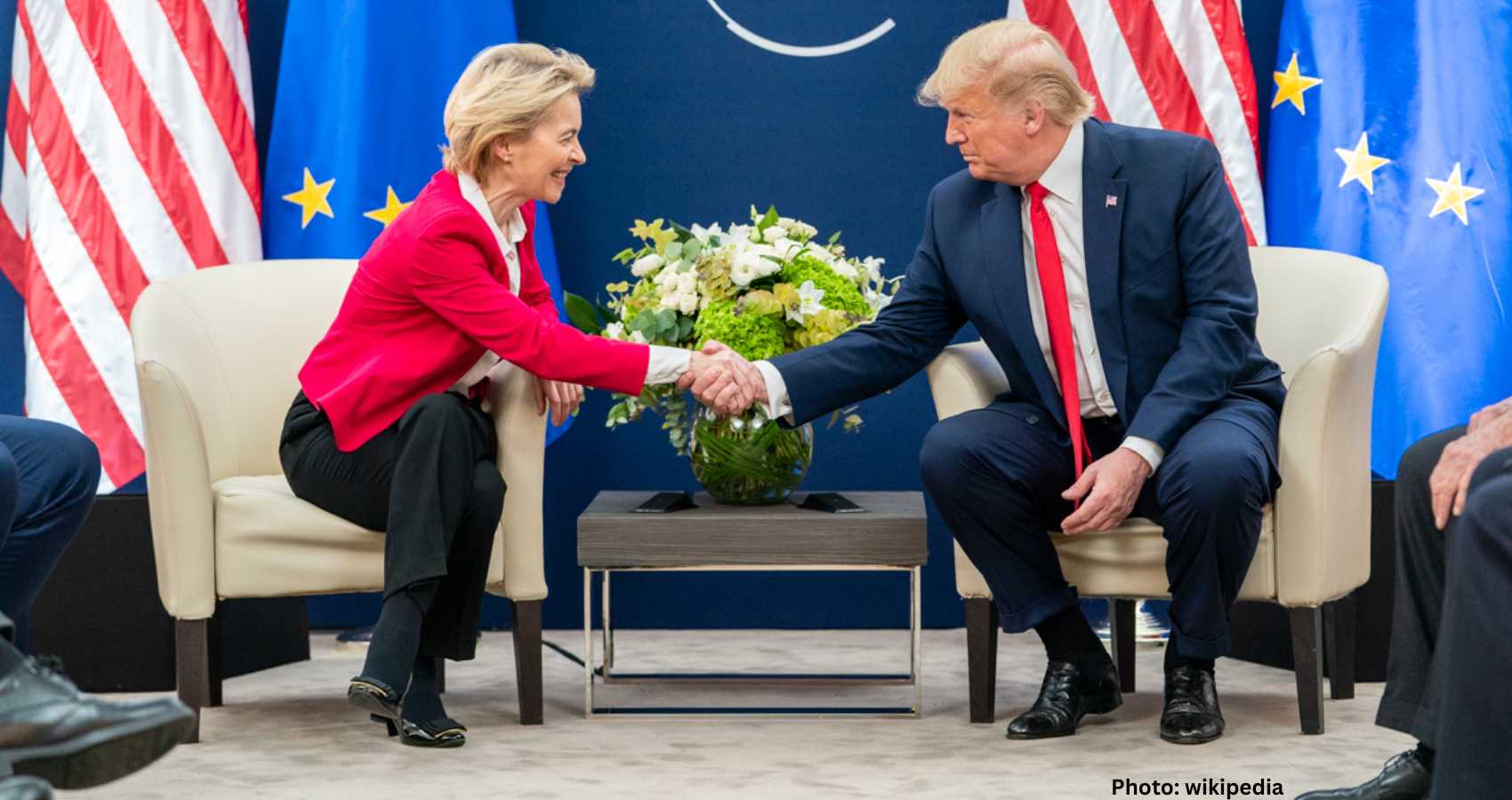
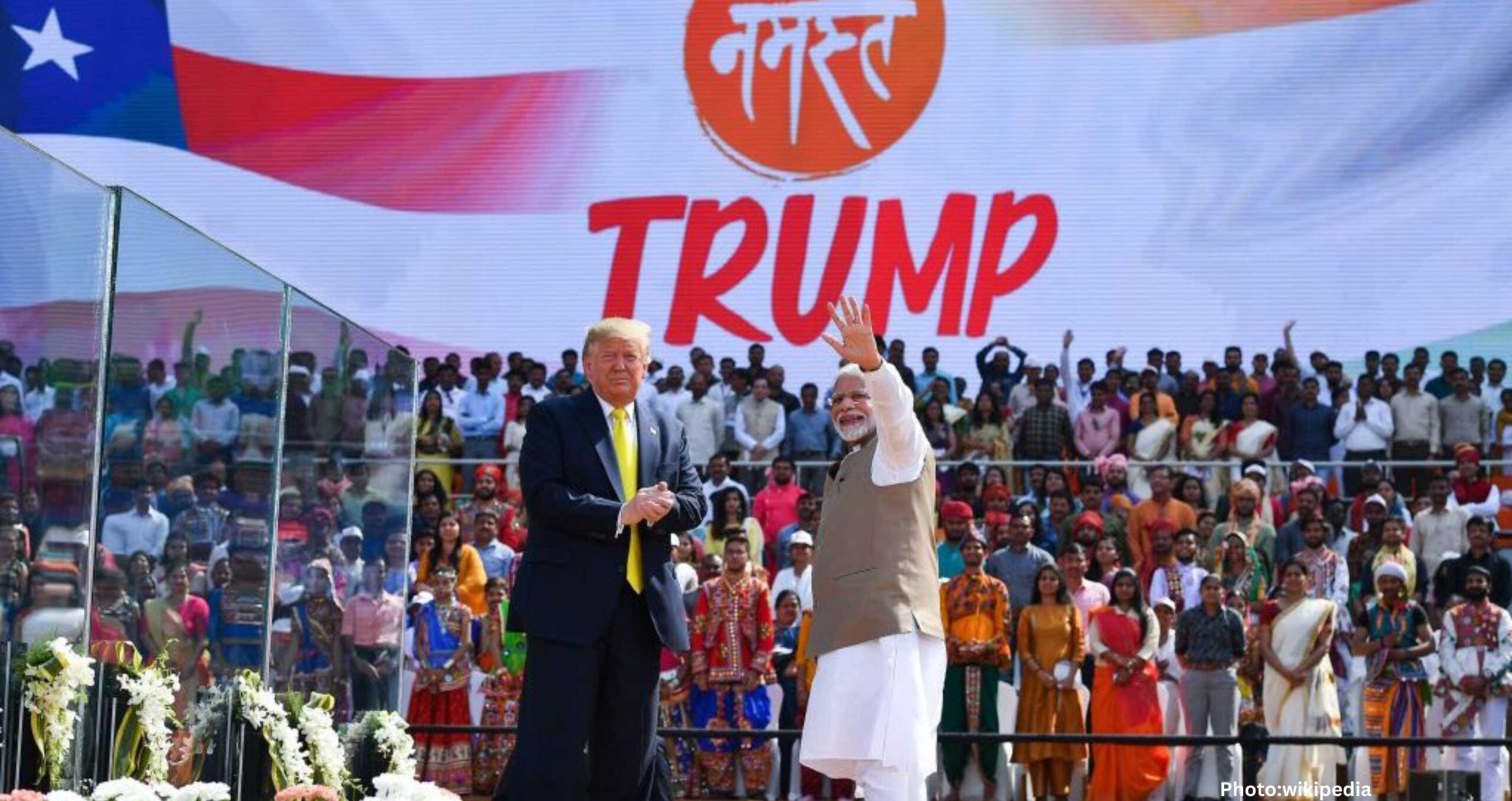

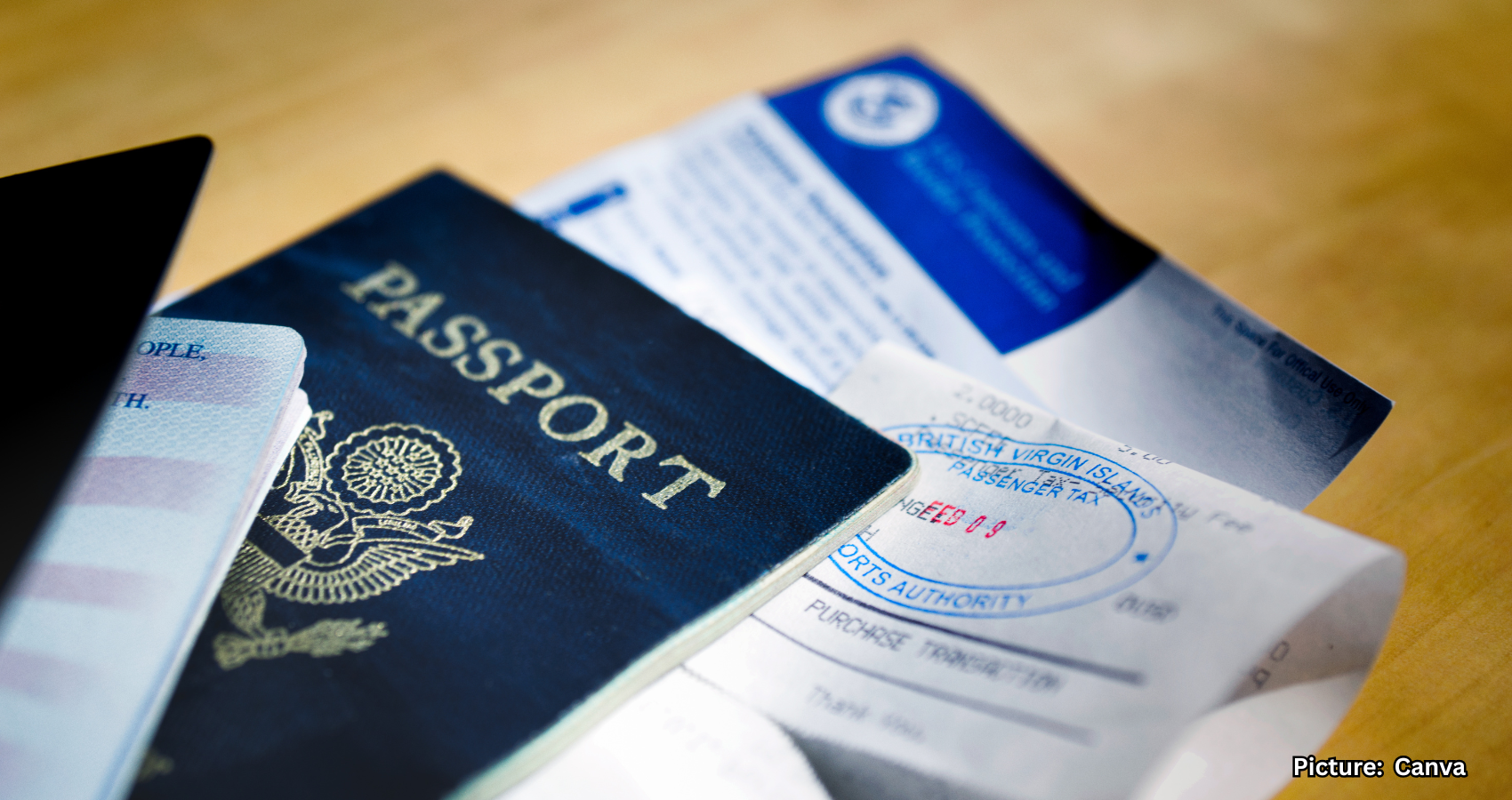
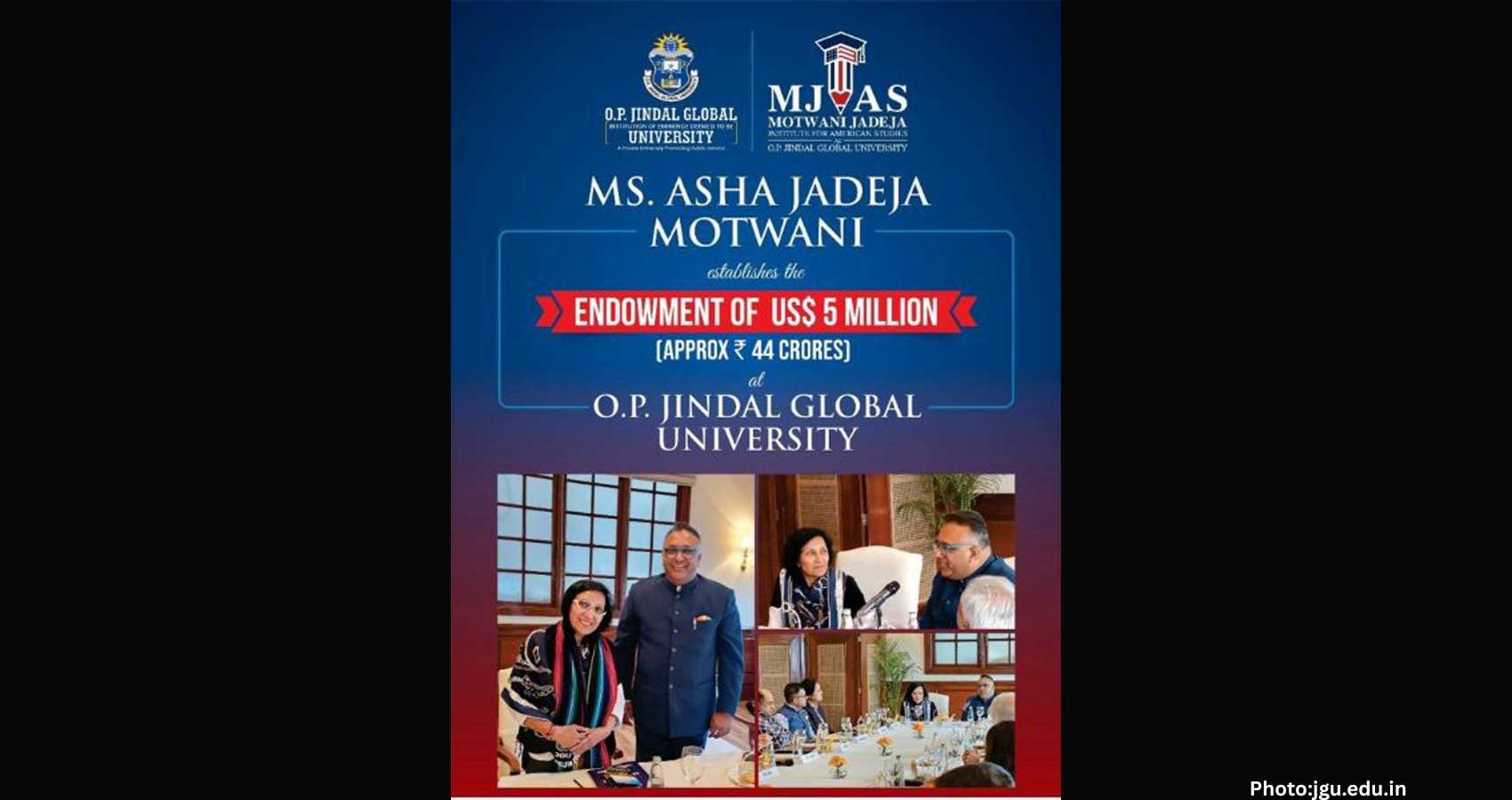
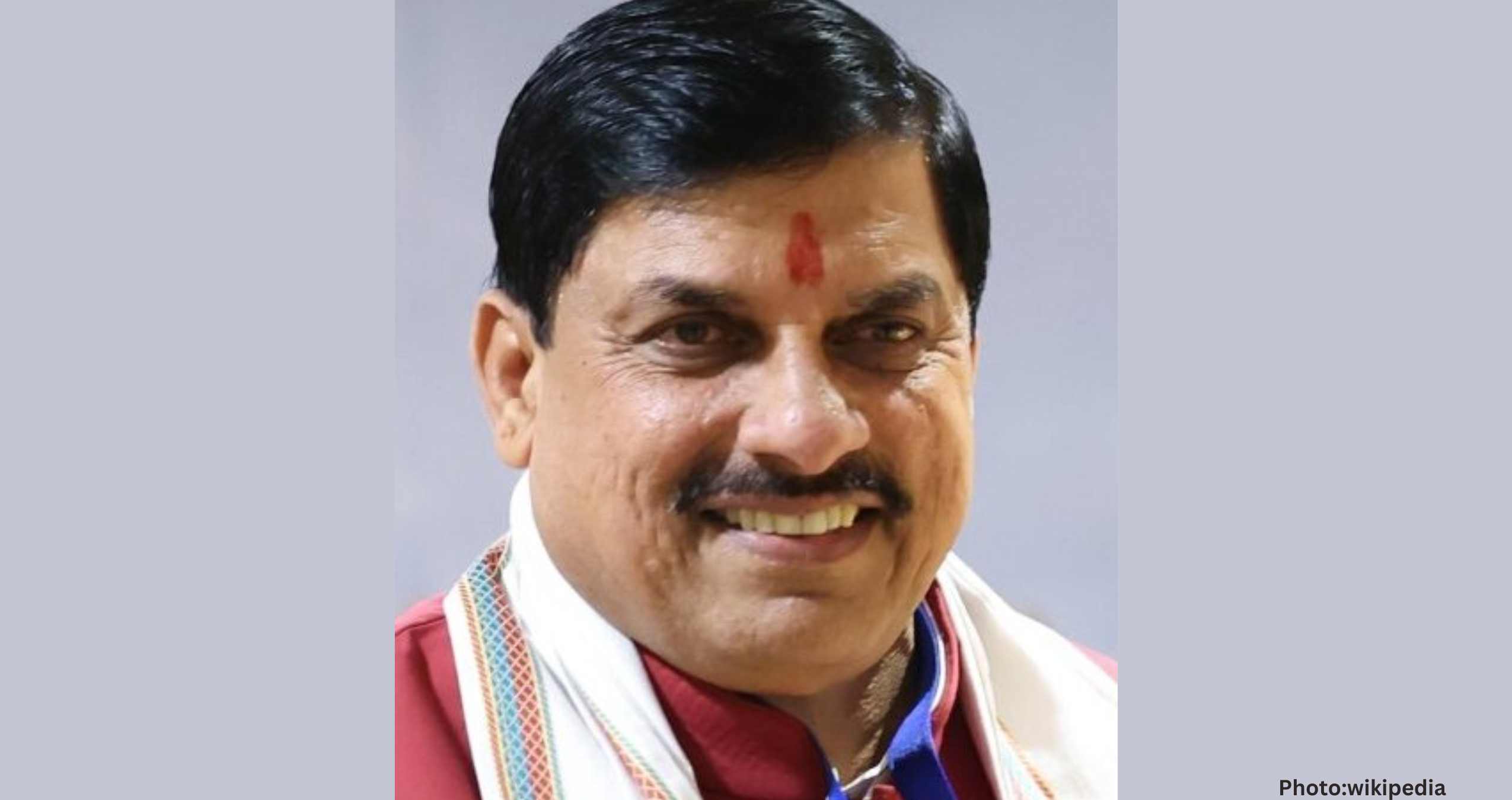
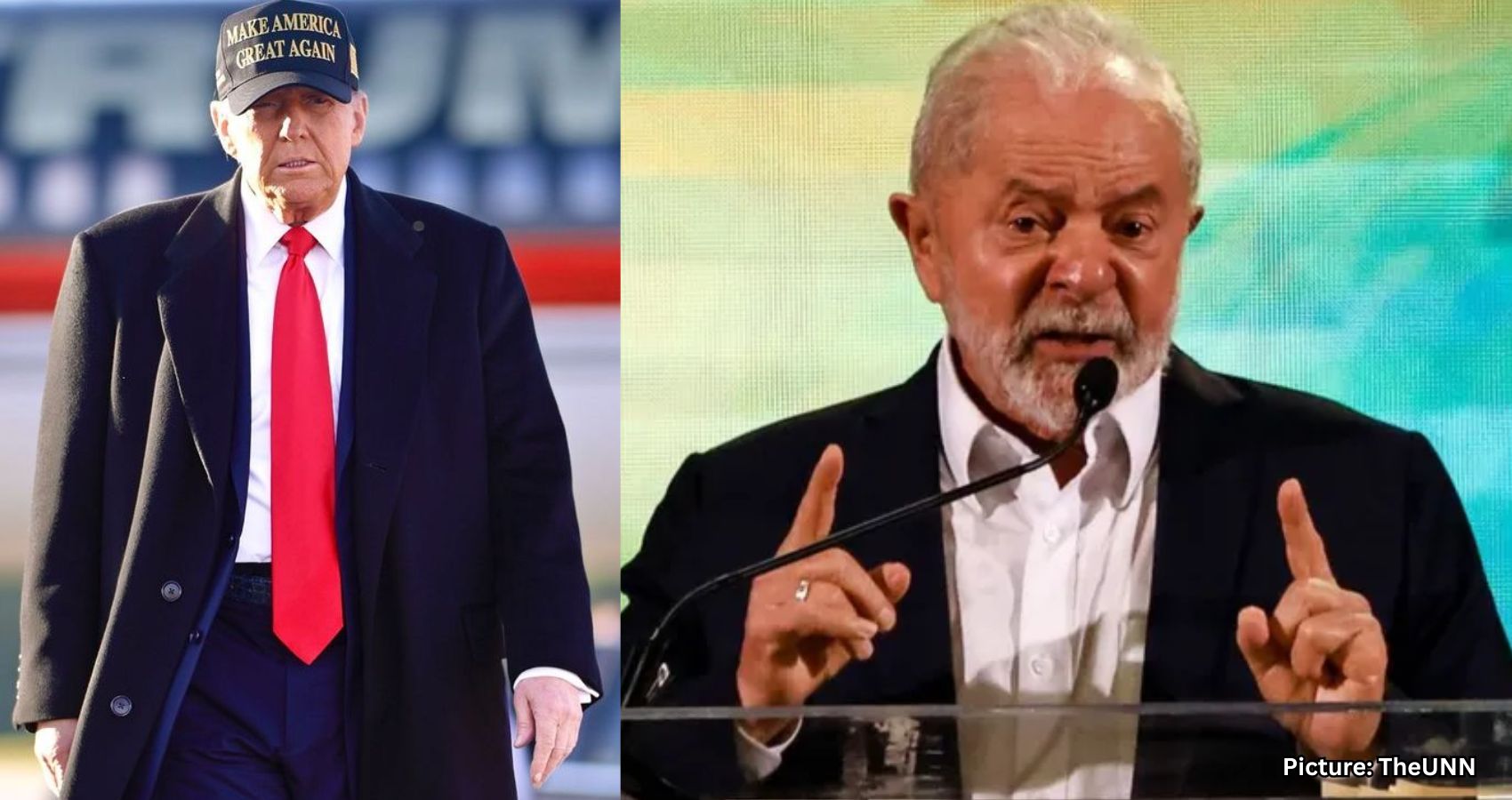
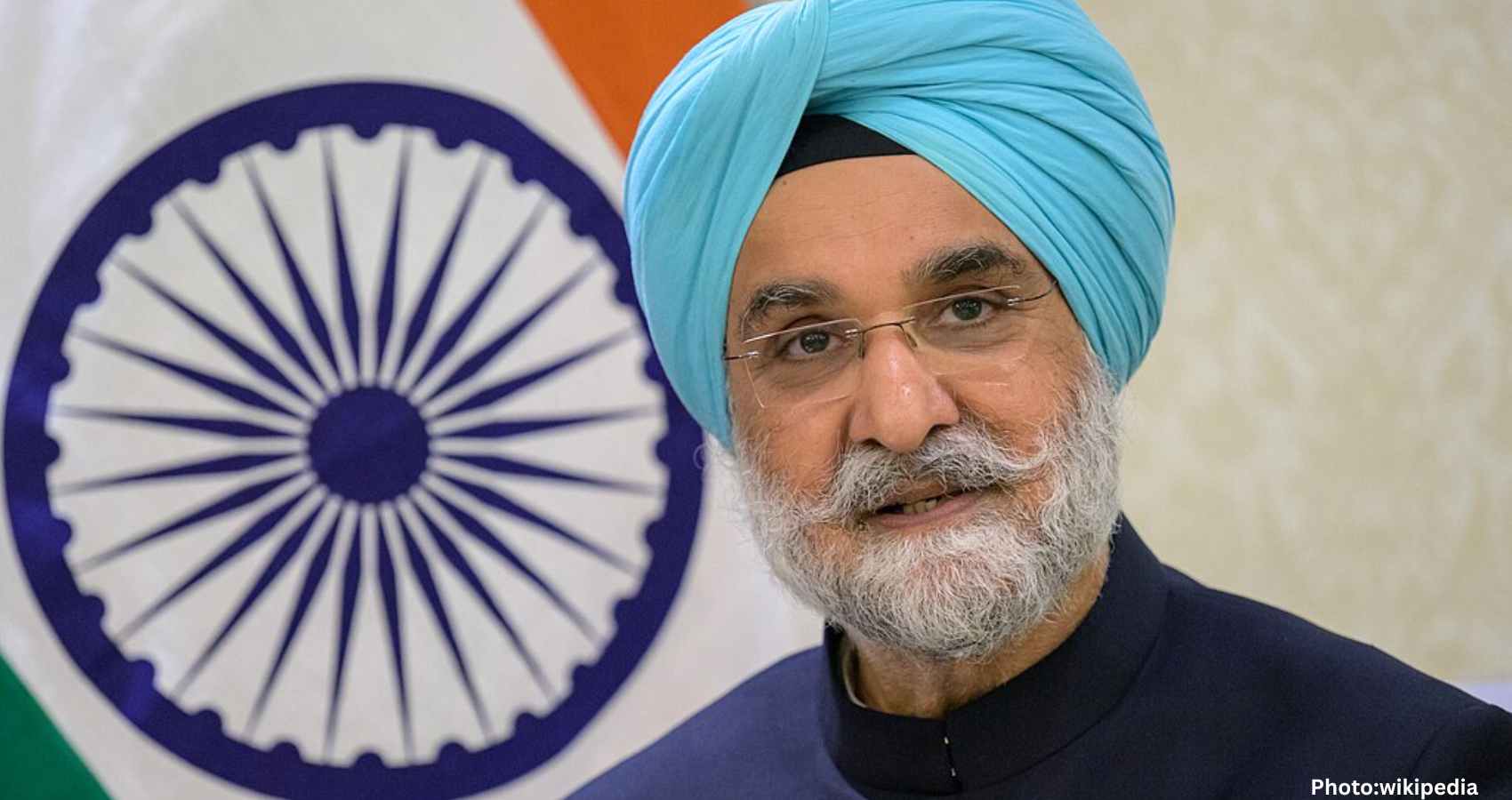
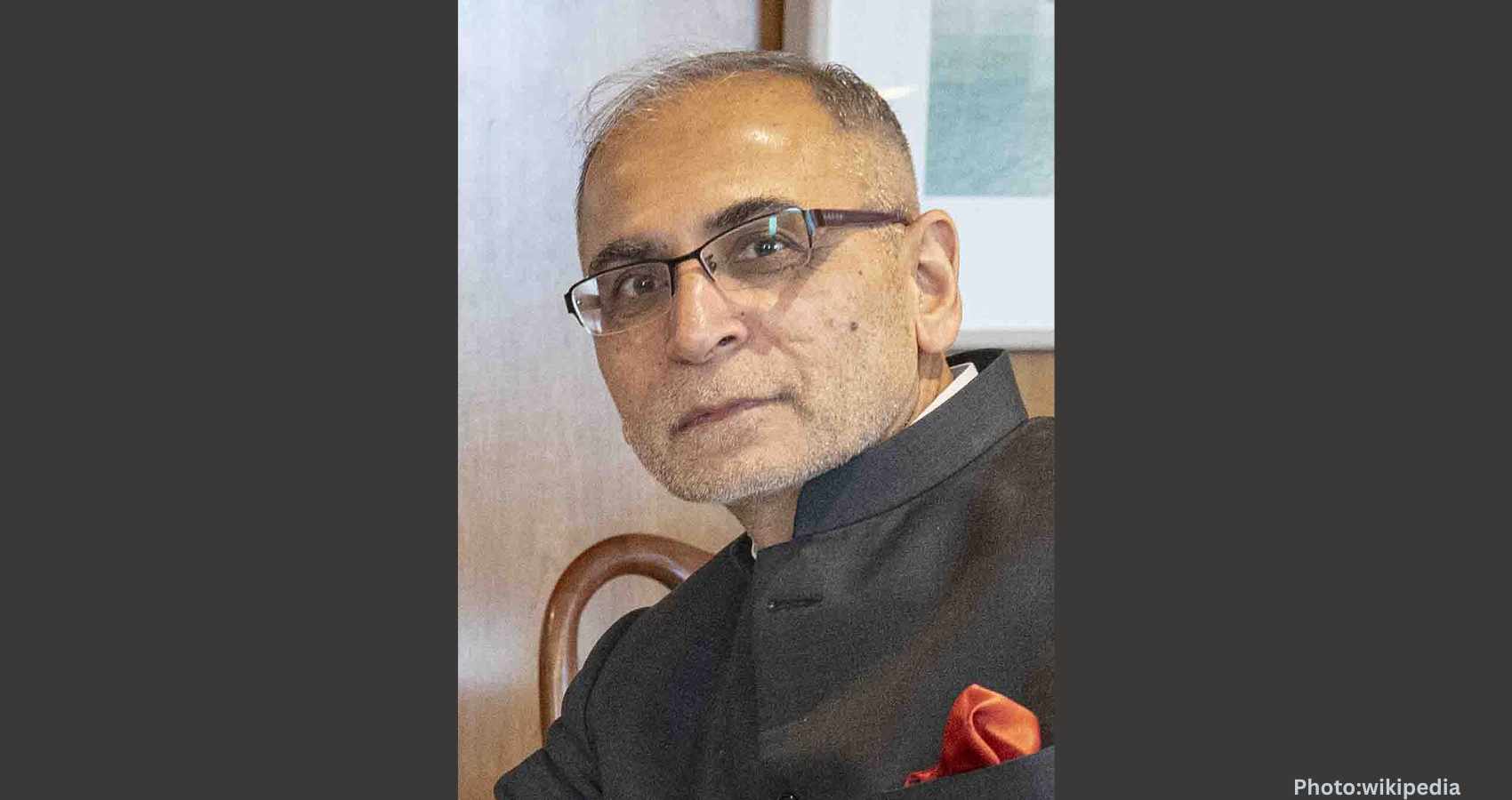
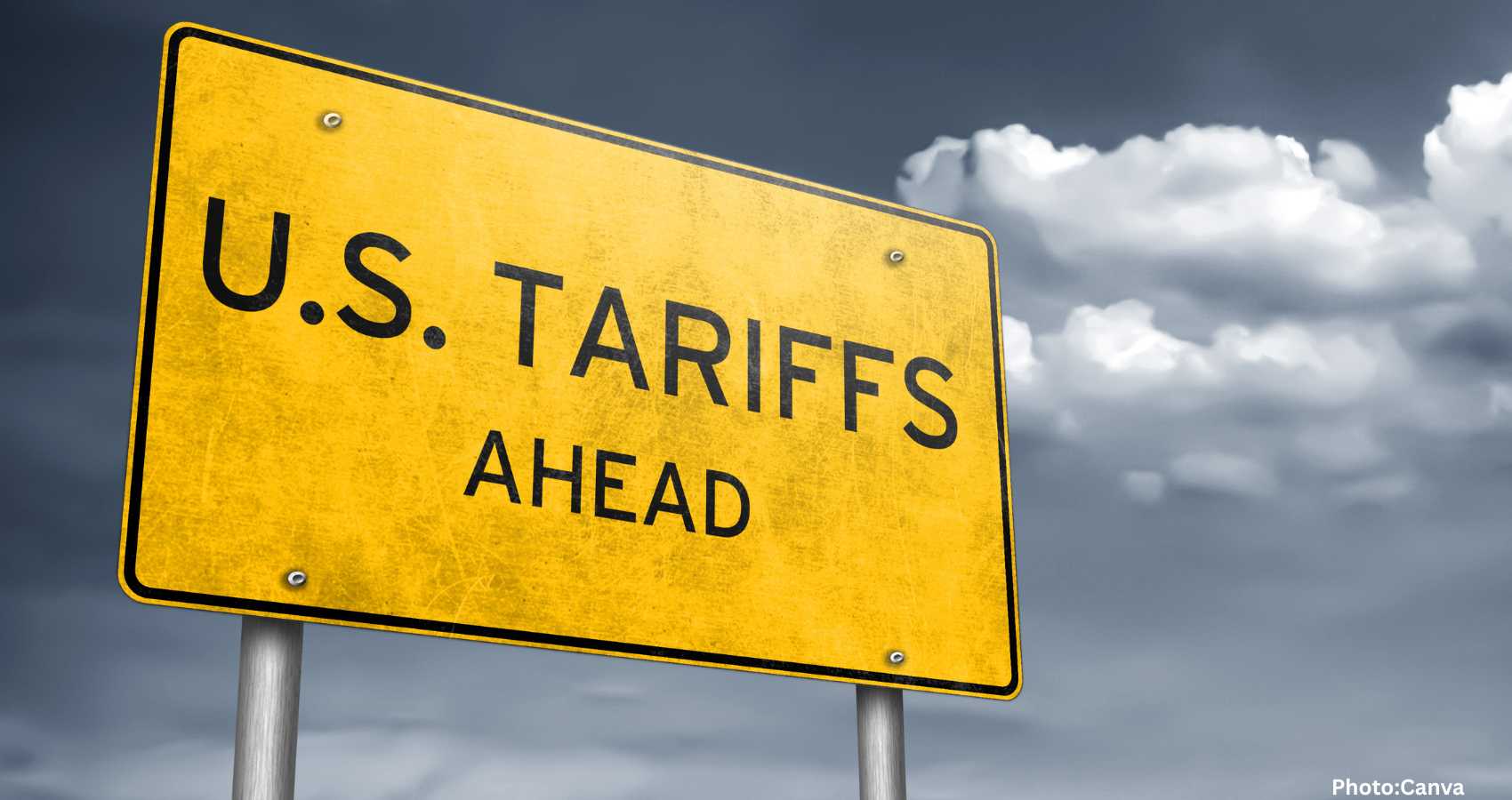




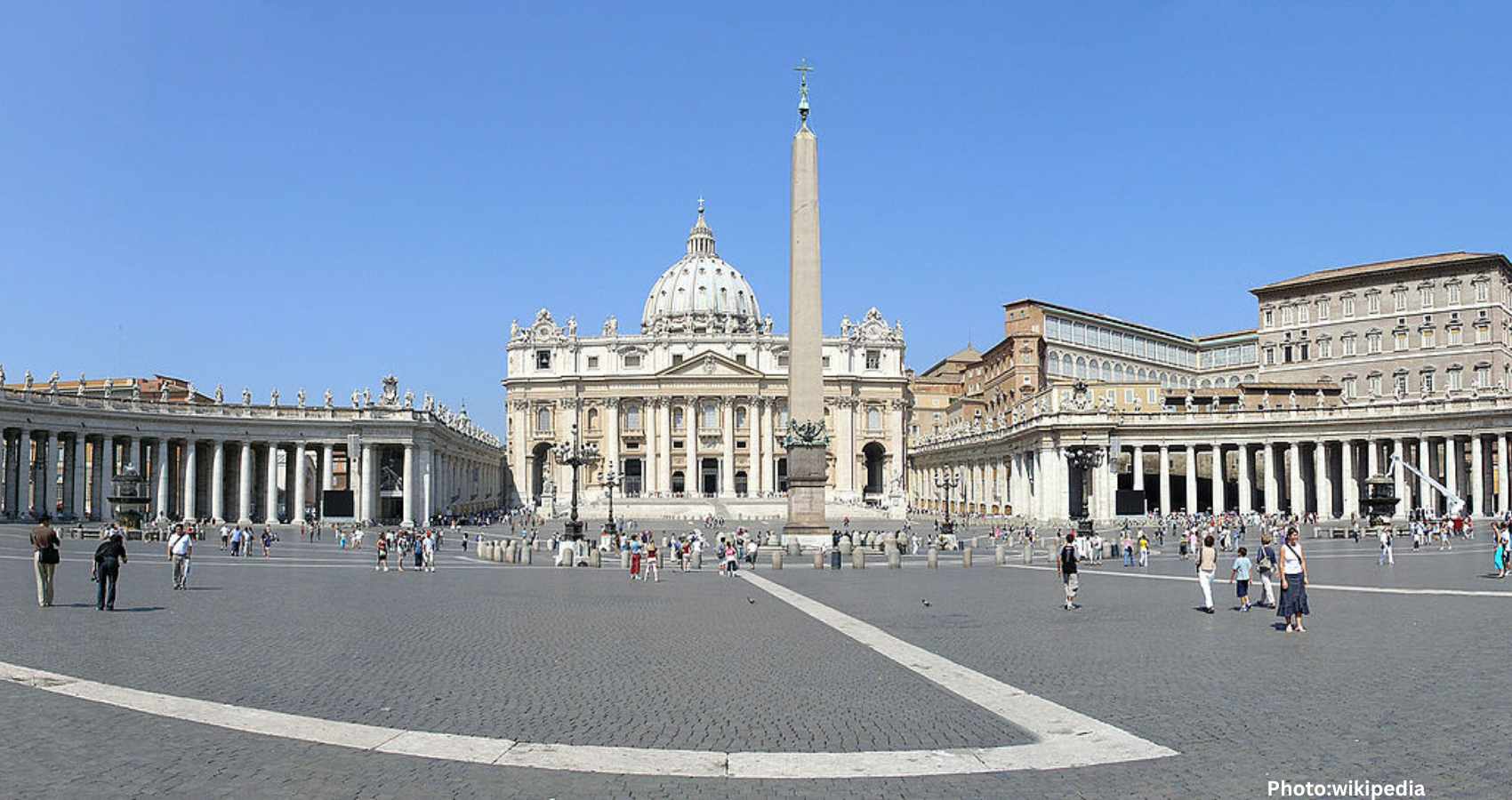

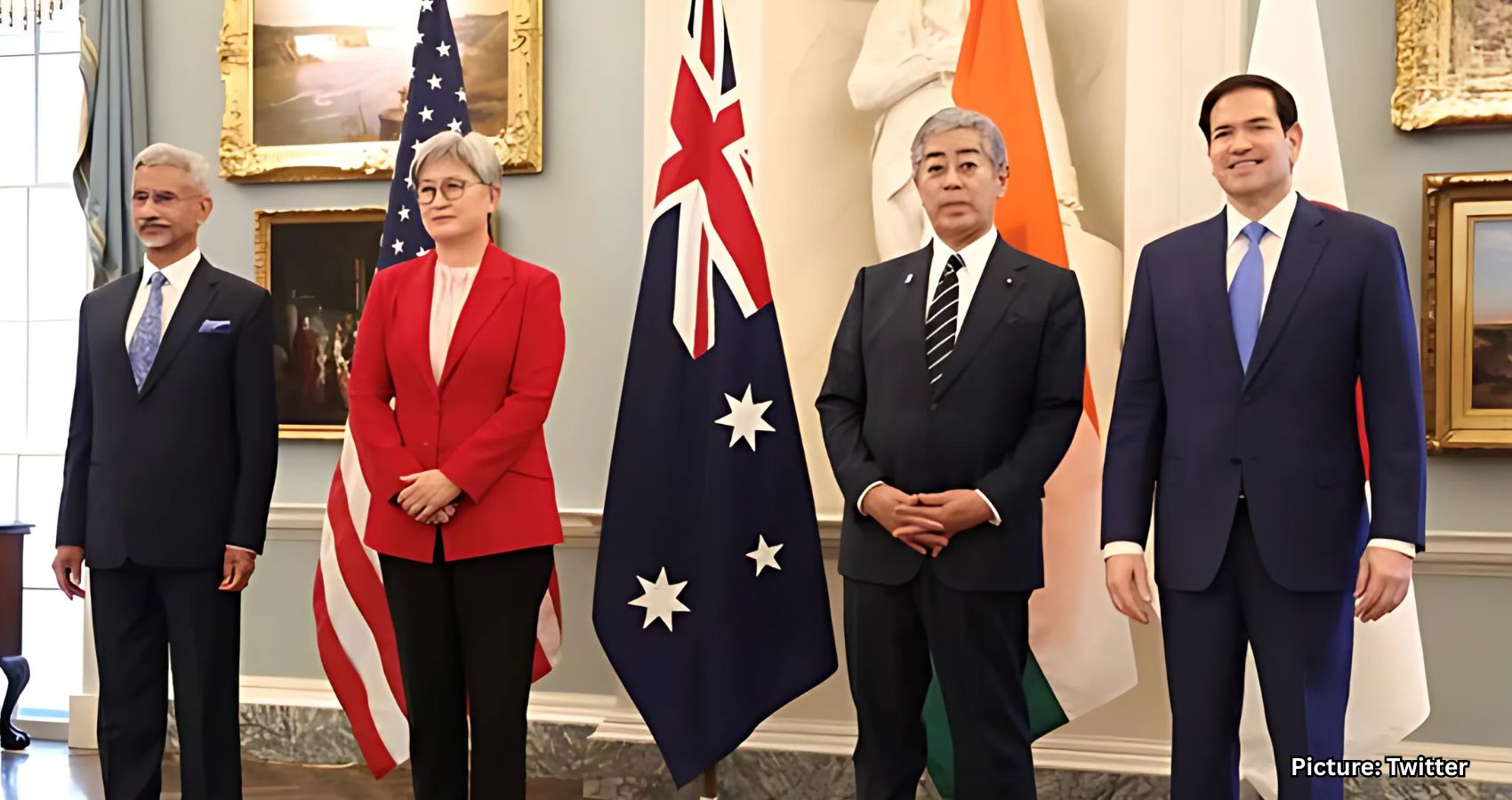
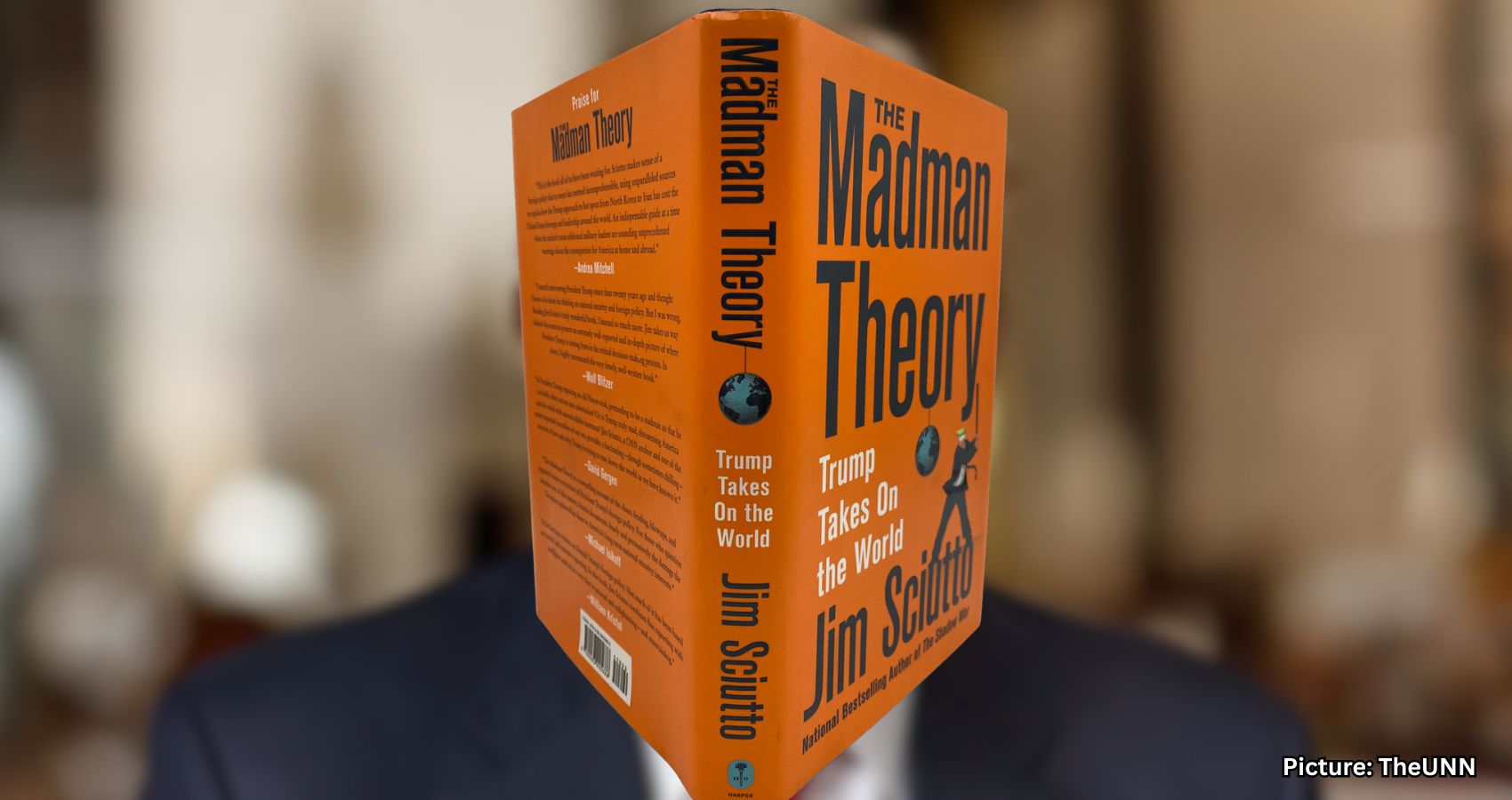
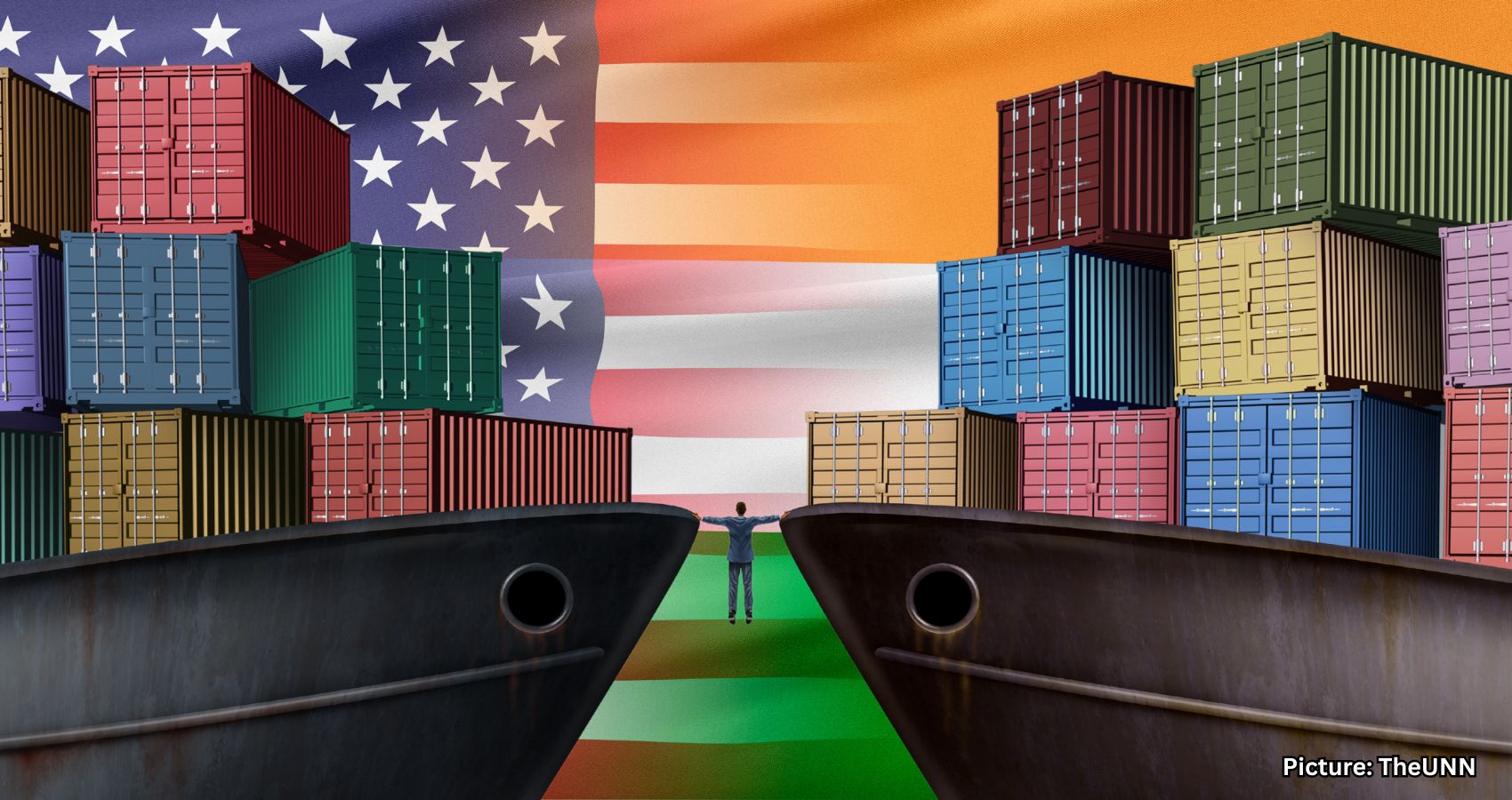
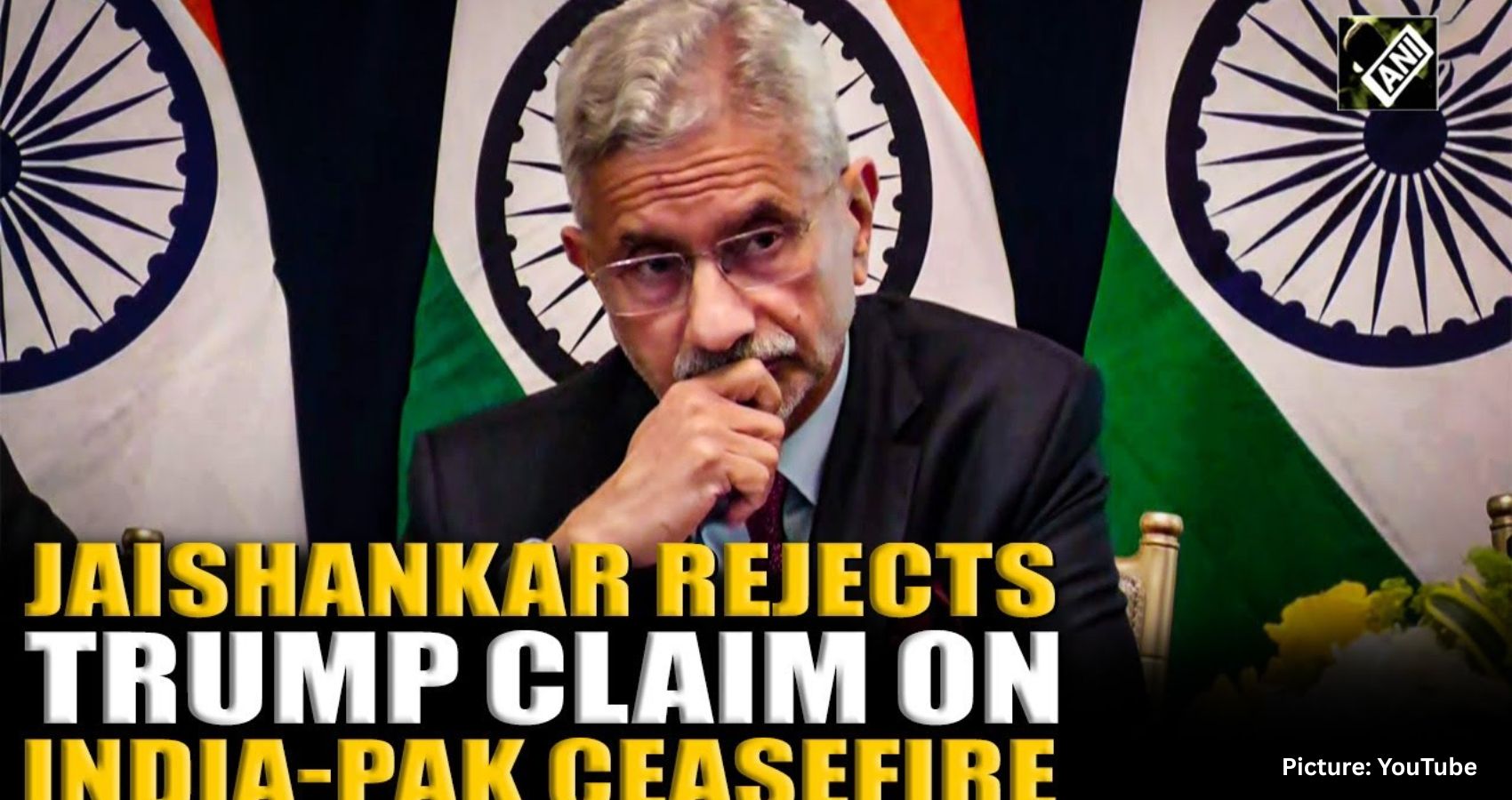
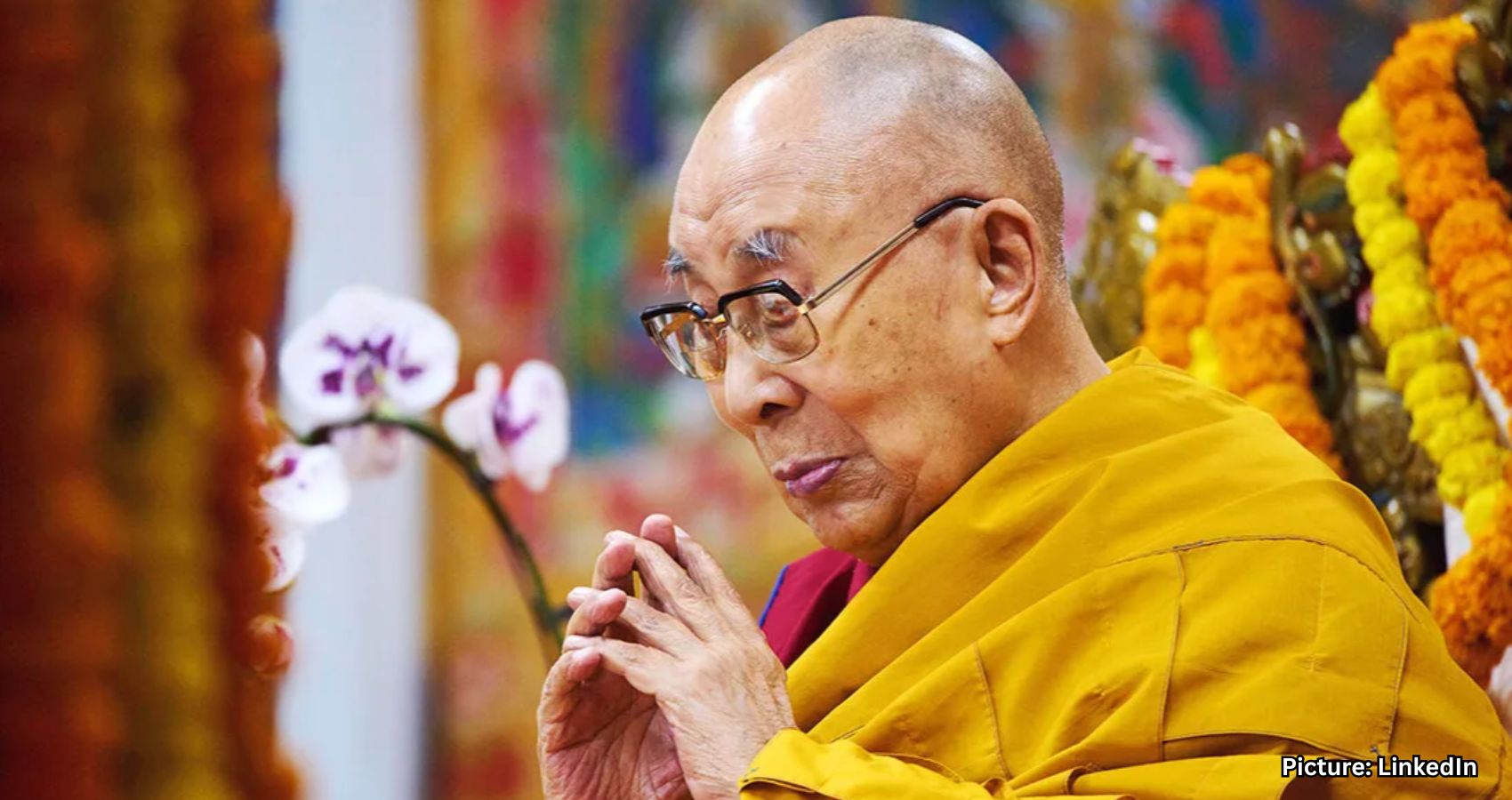

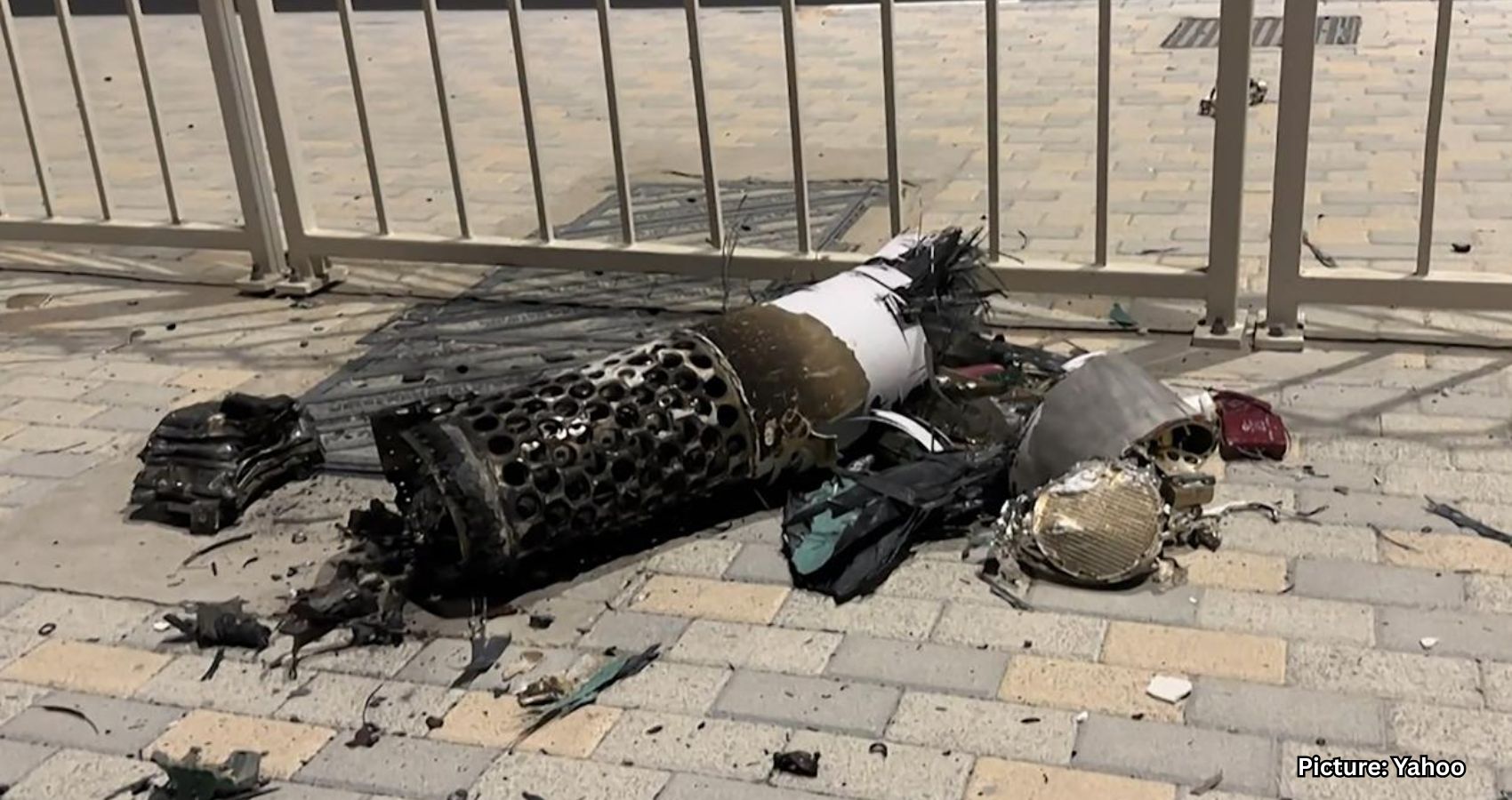
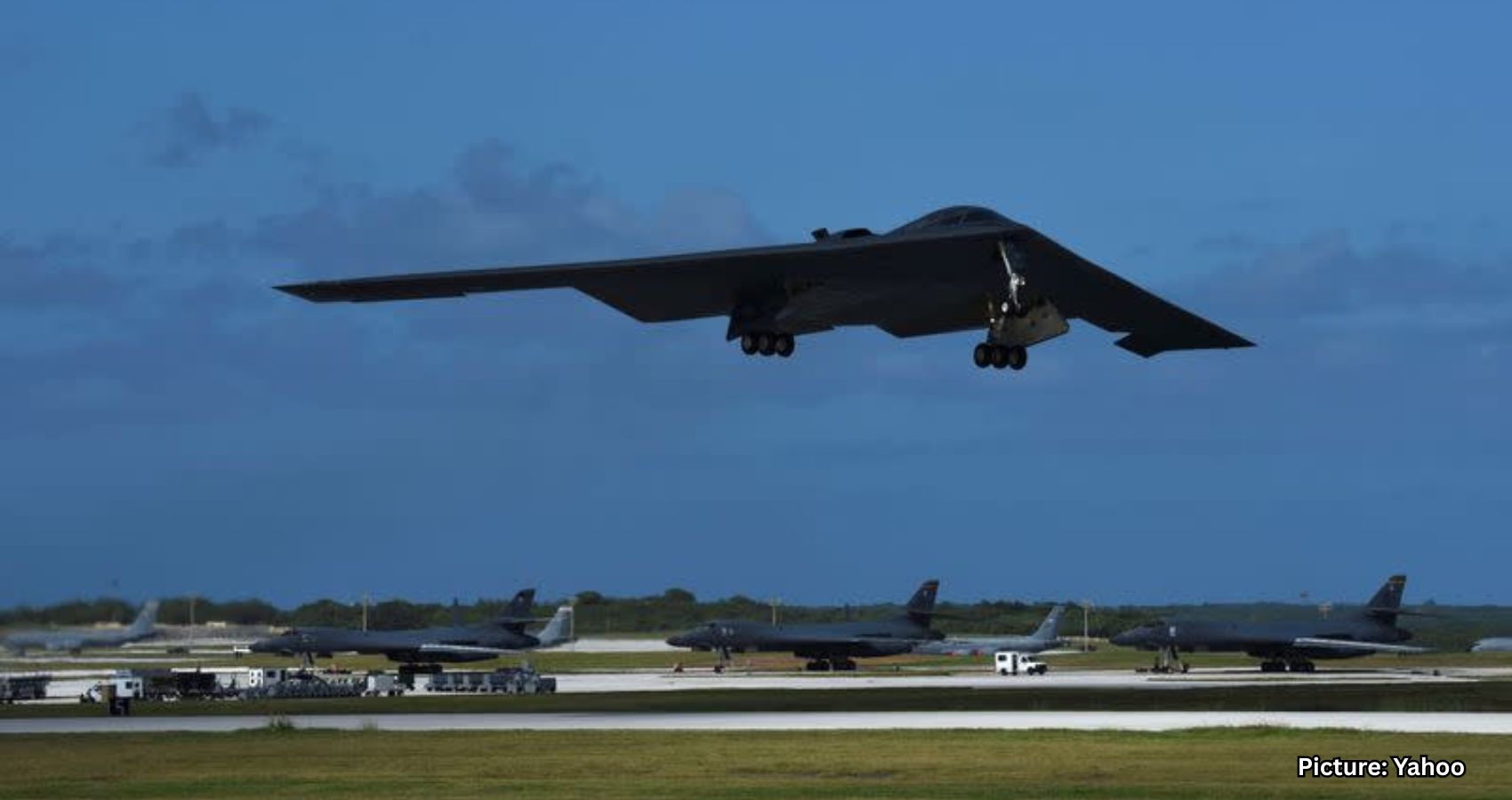
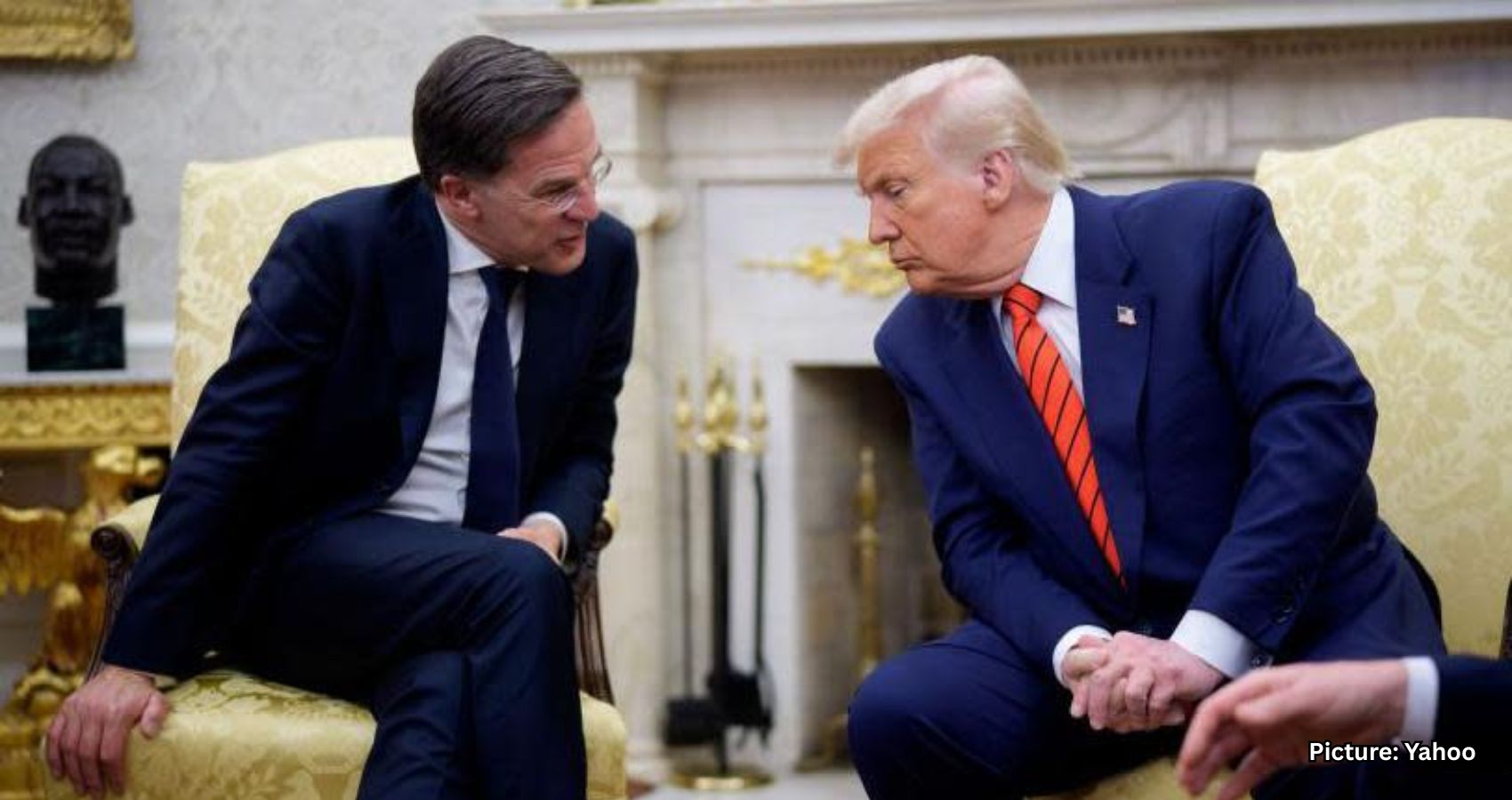
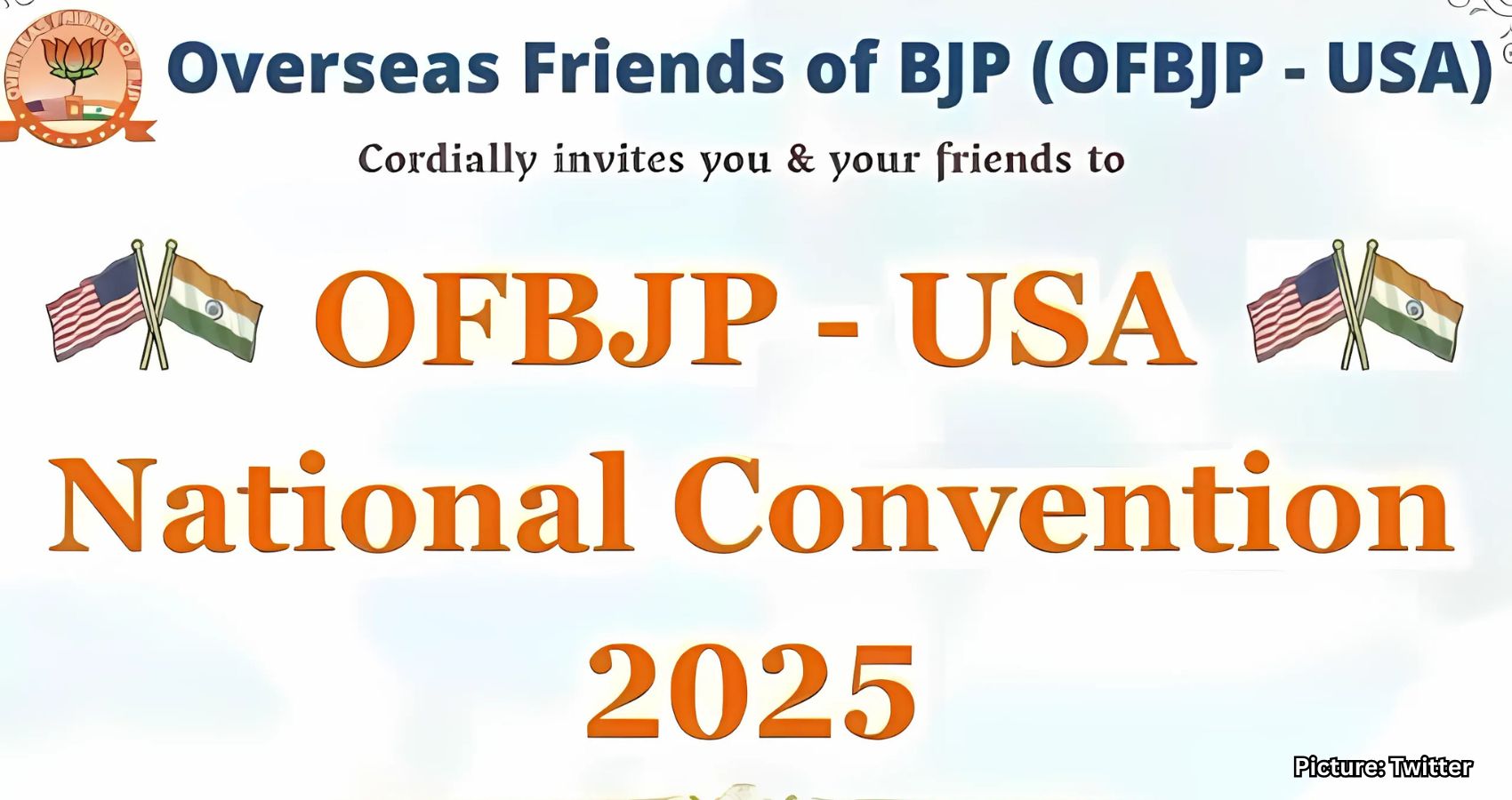
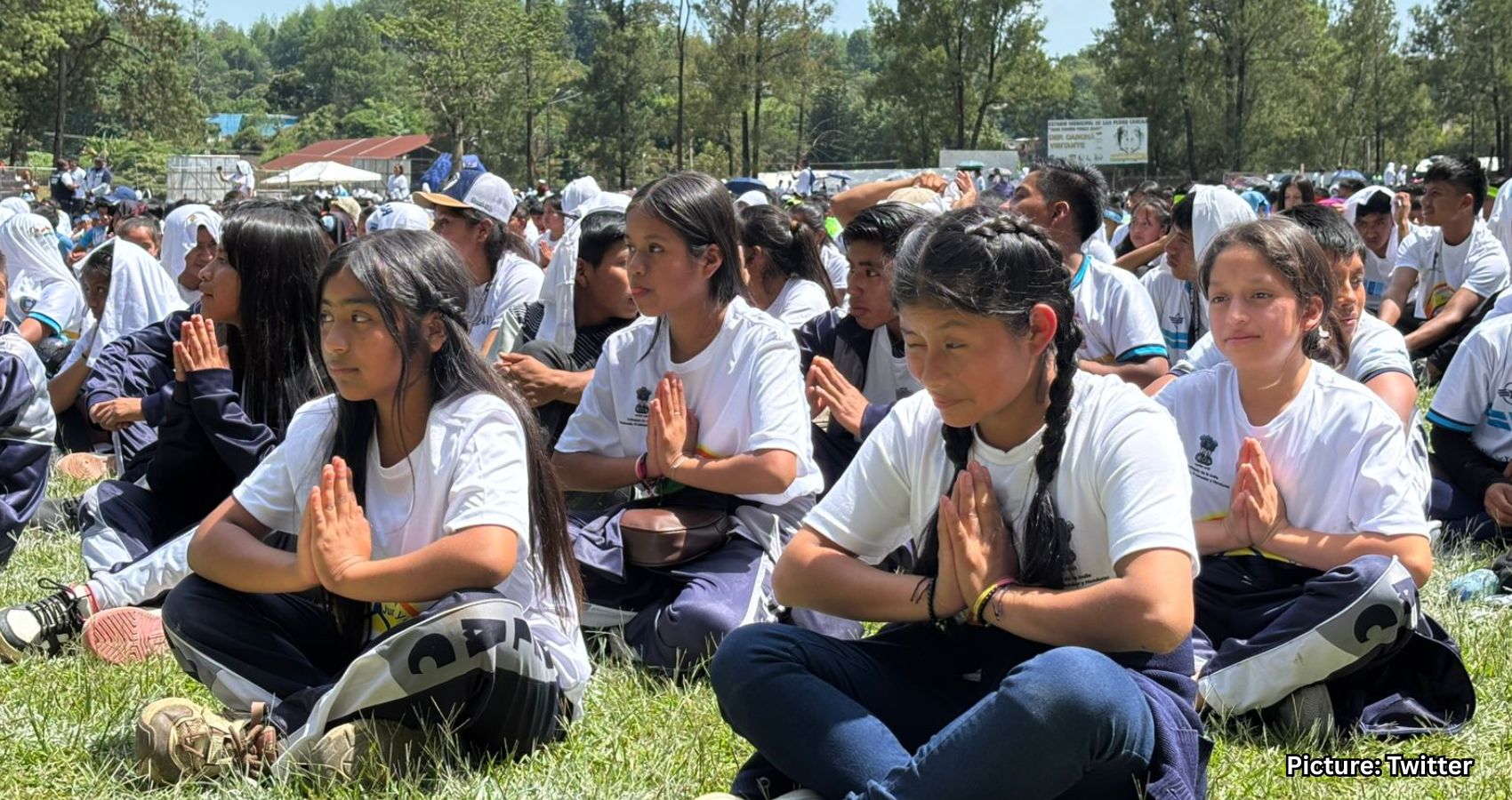
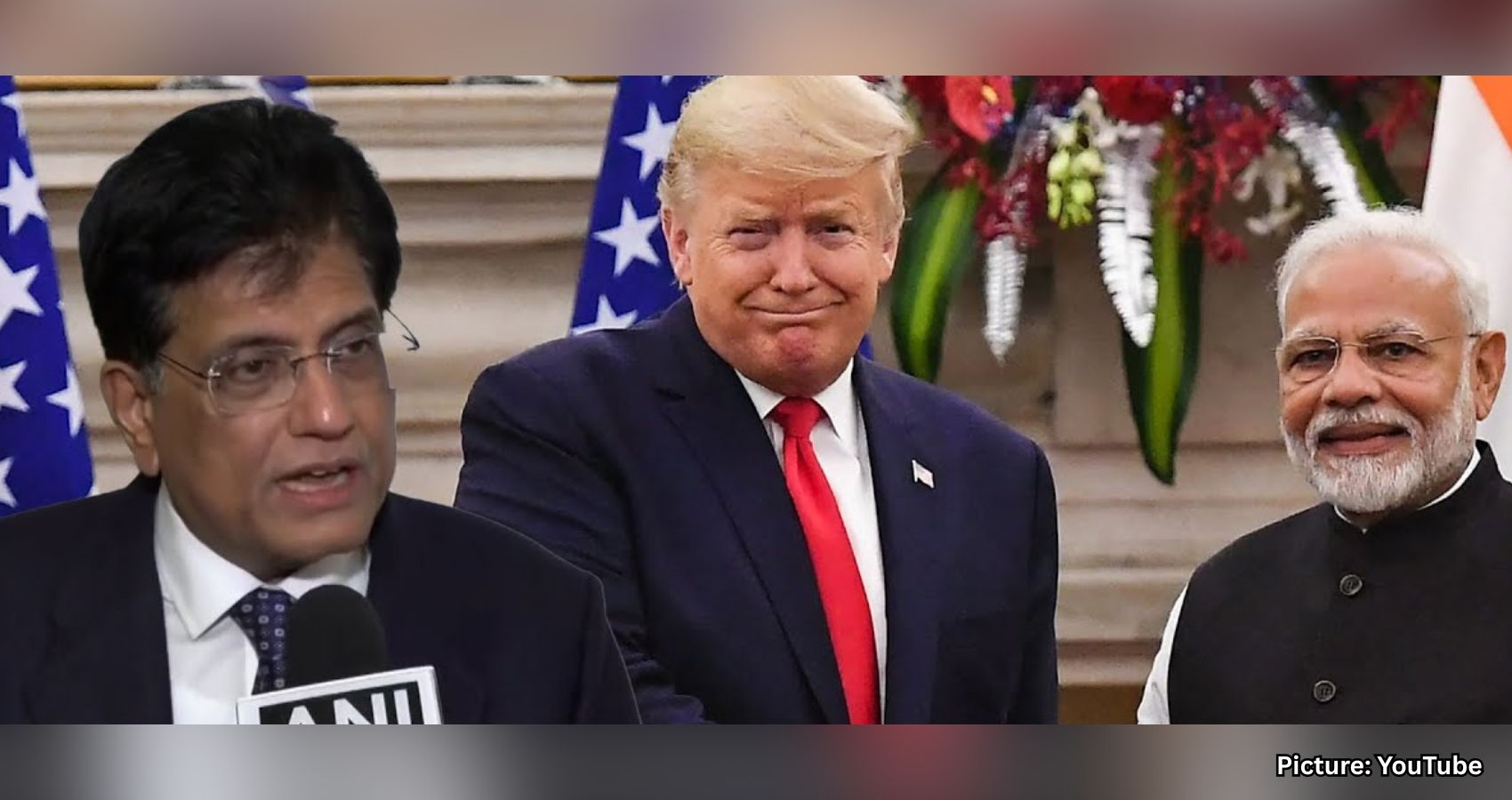
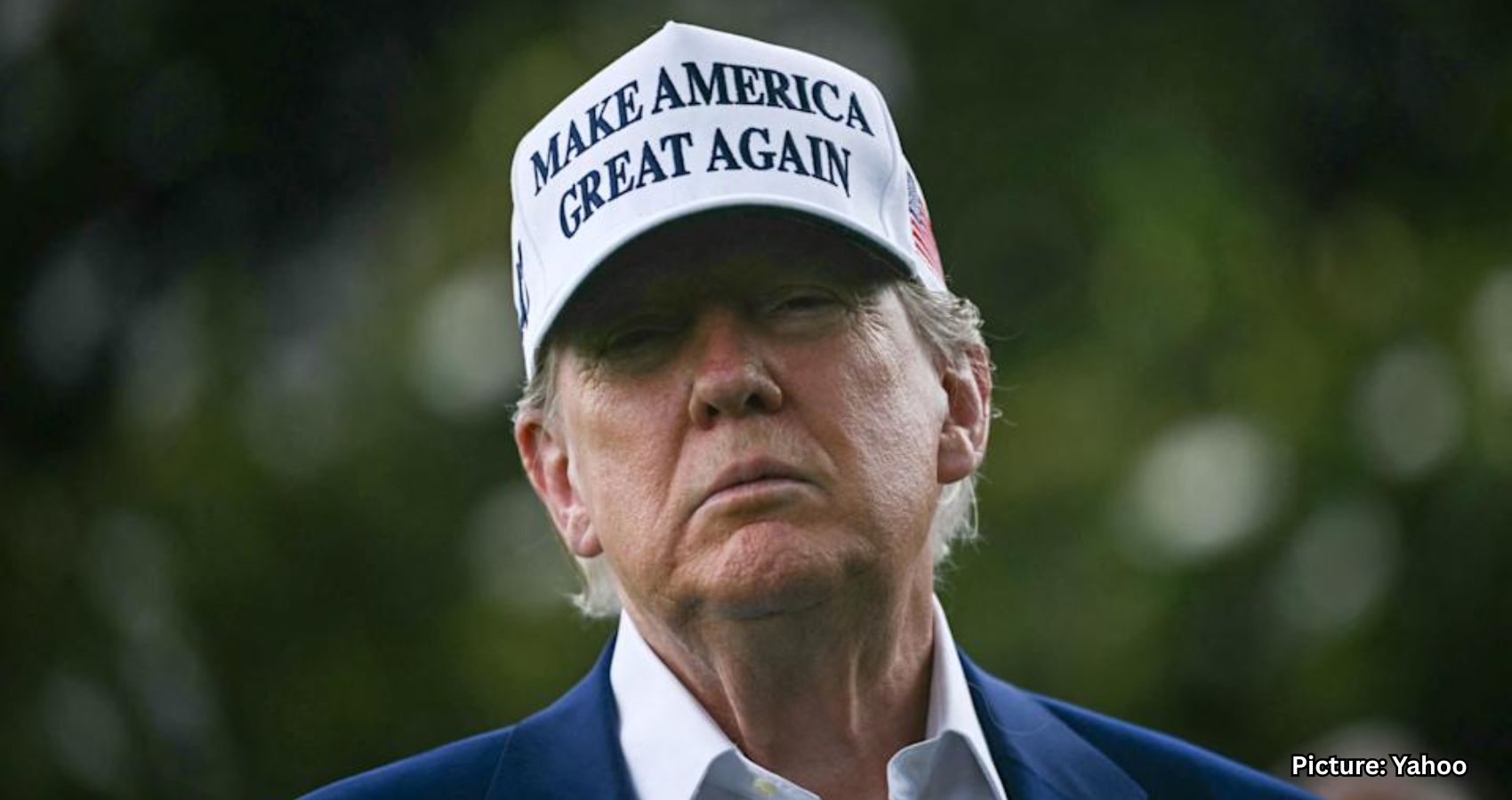
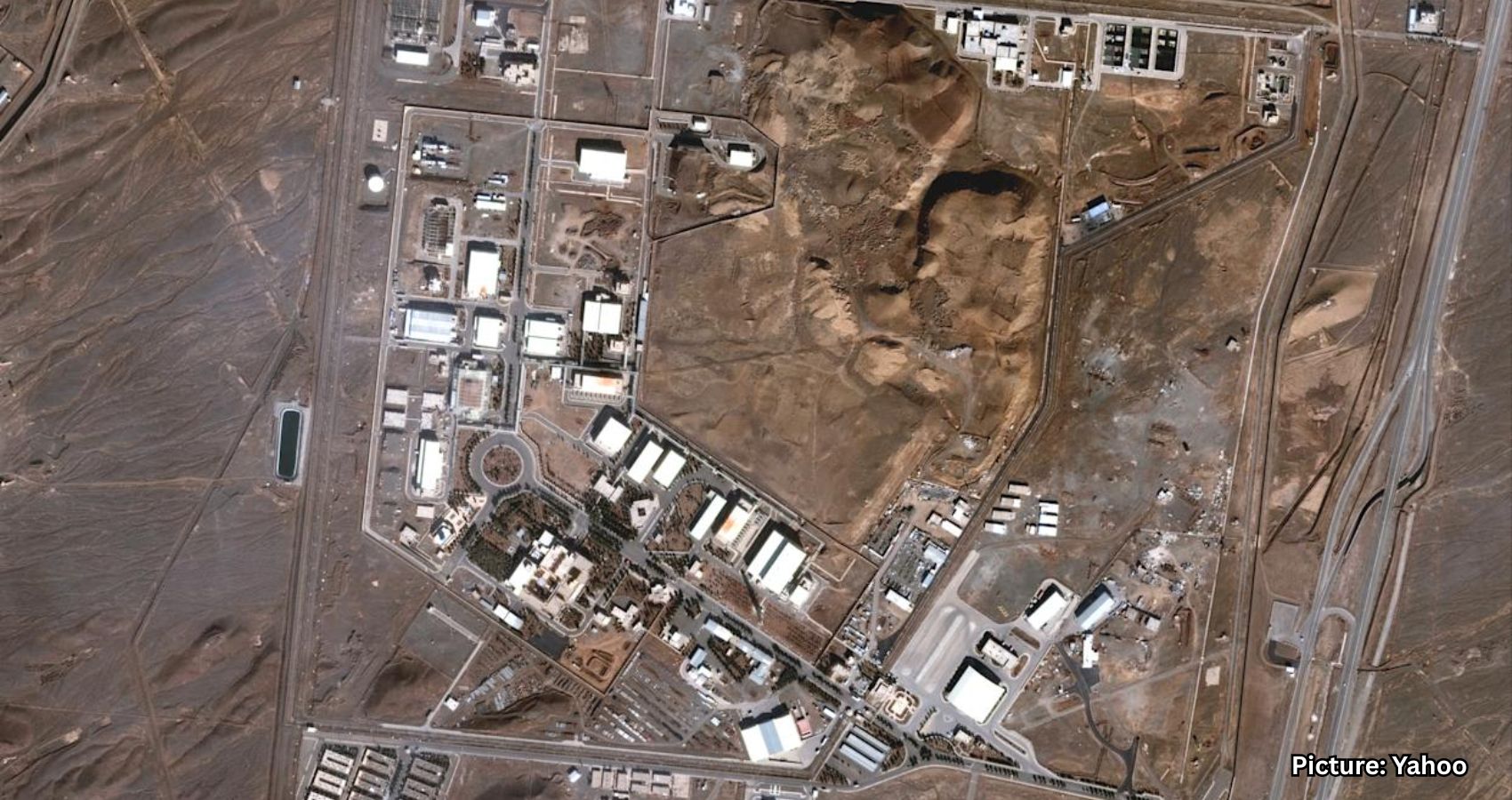
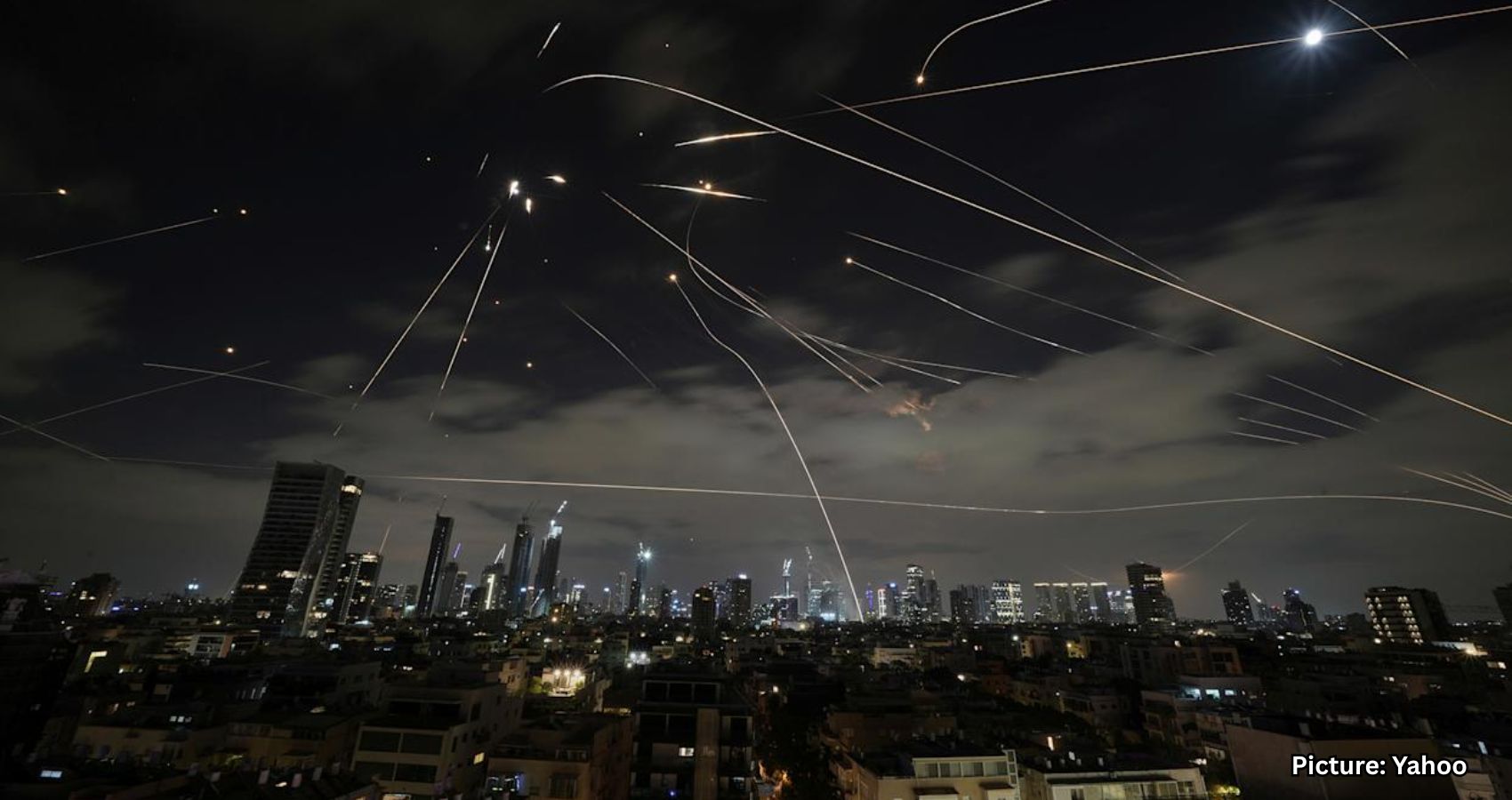
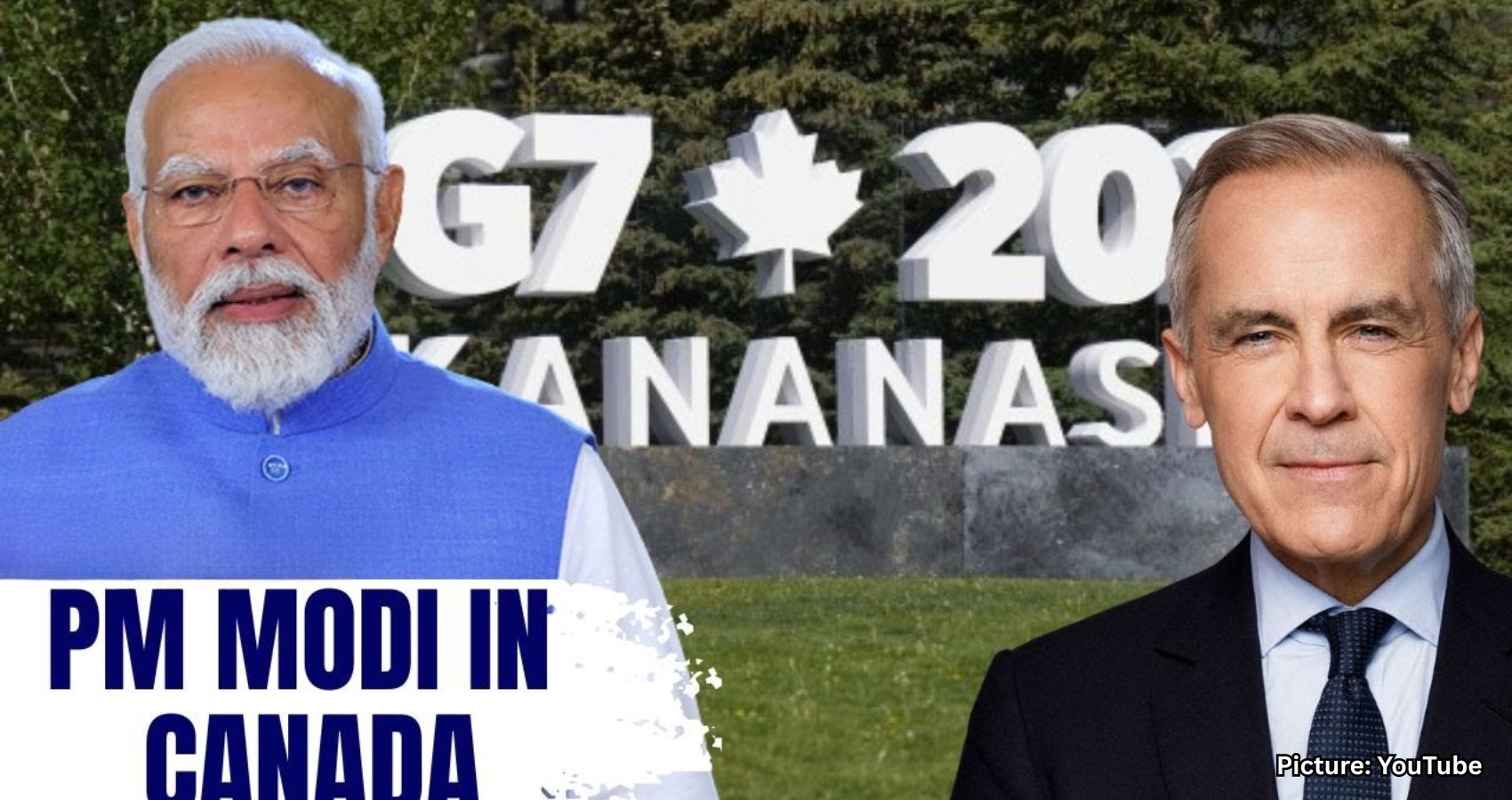
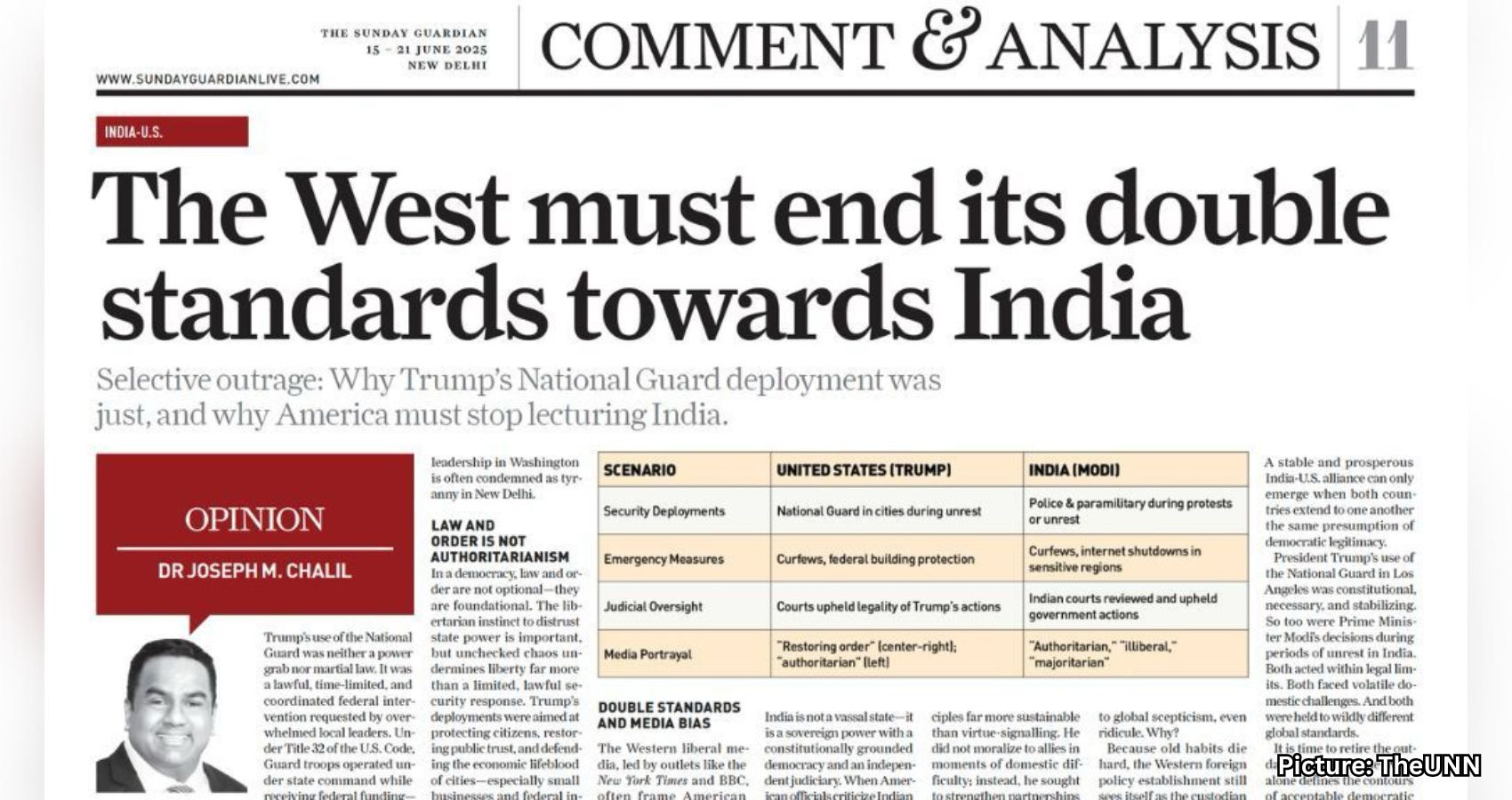
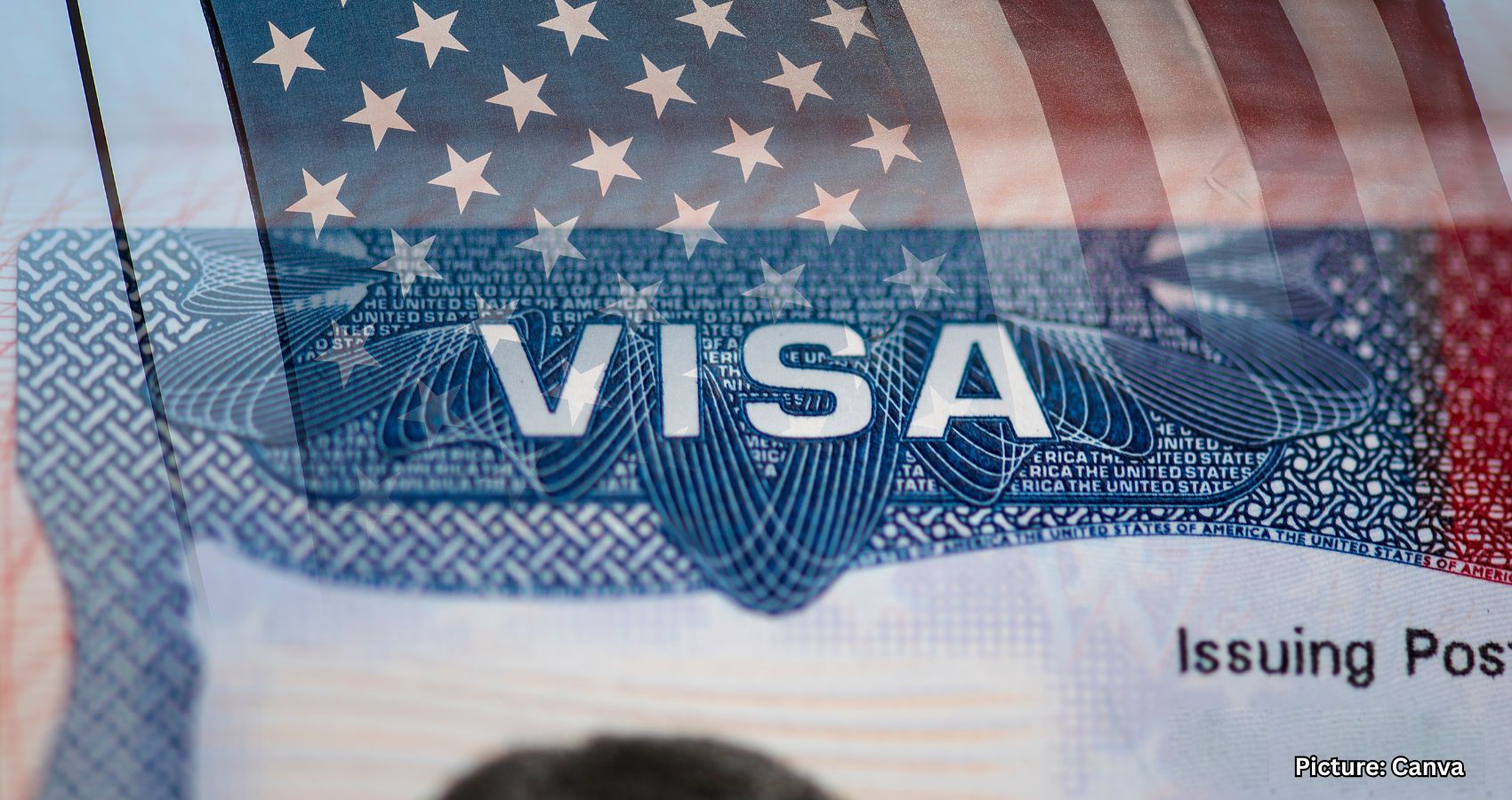
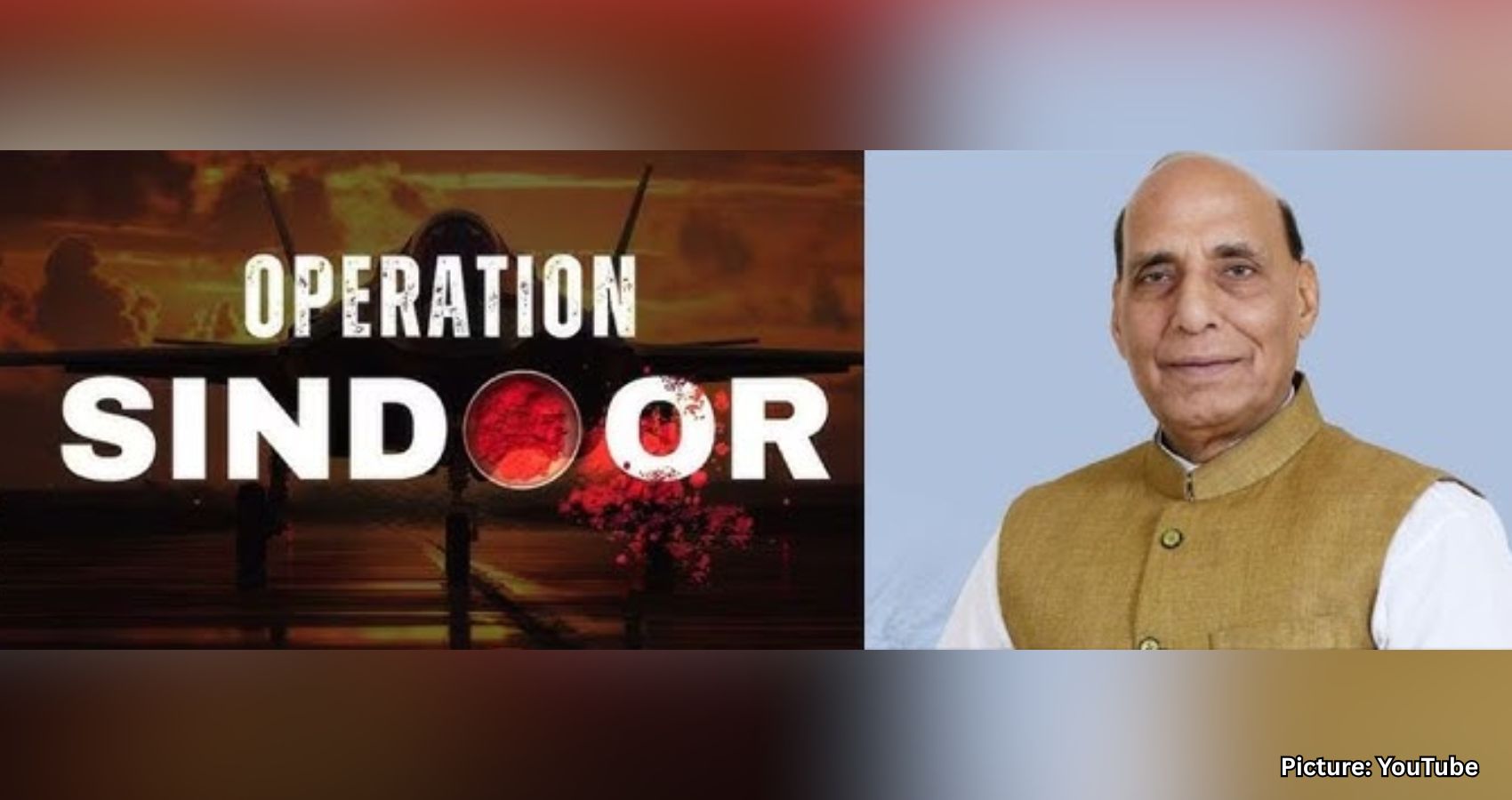
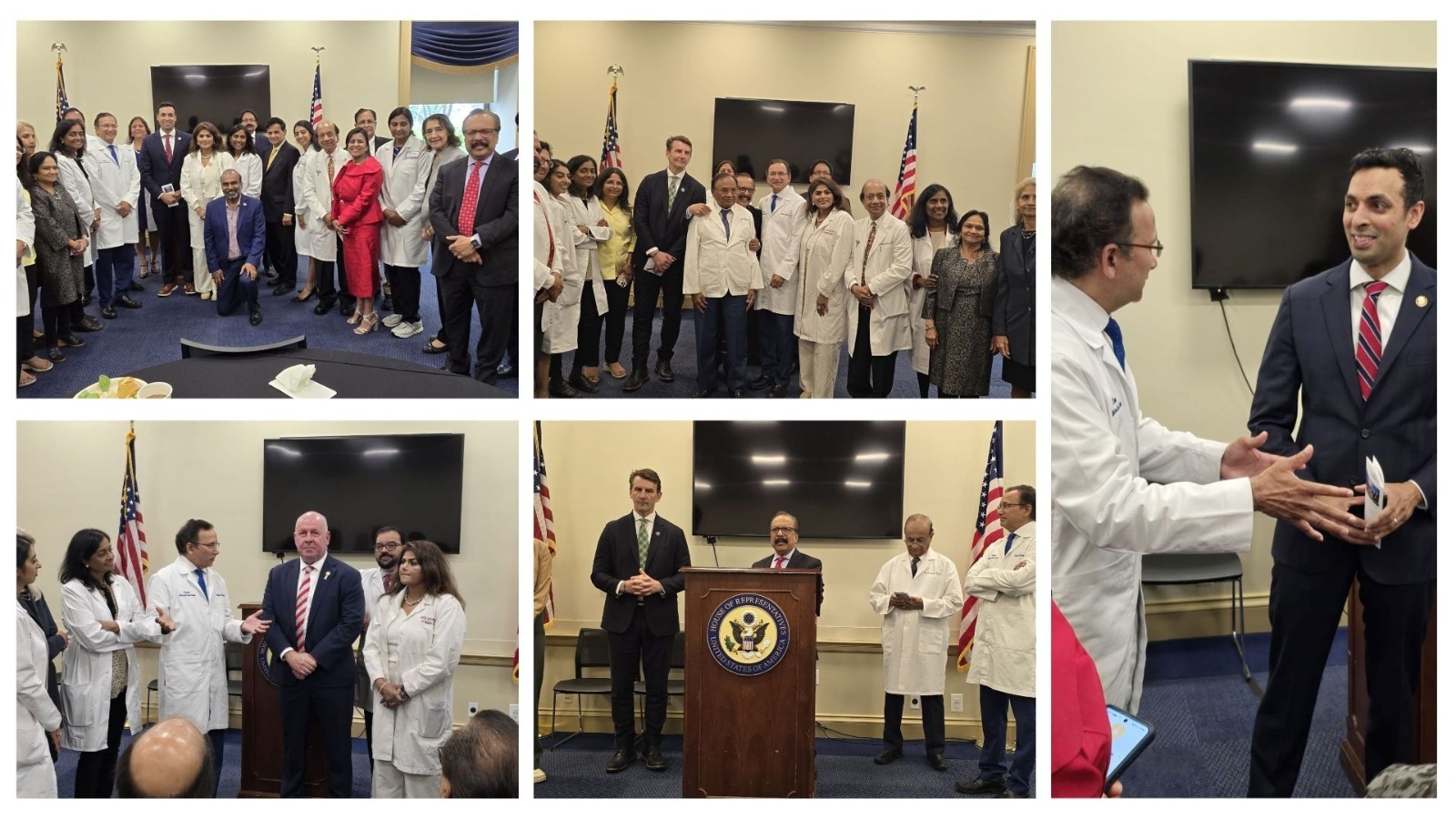 Dr. Kathula along with other AAPI leaders presented before the lawmakers, key issues that affect the delivery of healthcare in the issues in the US. “Fixing Medicare reimbursement cuts, reforming prior authorization processes, addressing scope of practice concerns, fast-tracking green cards for H-1B visa holders, securing equitable Telemedicine payments, and proposing amendments to the Stark Law” were some of the issues AAPI highlighted in their meetings with the lawmakers.
Dr. Kathula along with other AAPI leaders presented before the lawmakers, key issues that affect the delivery of healthcare in the issues in the US. “Fixing Medicare reimbursement cuts, reforming prior authorization processes, addressing scope of practice concerns, fast-tracking green cards for H-1B visa holders, securing equitable Telemedicine payments, and proposing amendments to the Stark Law” were some of the issues AAPI highlighted in their meetings with the lawmakers. encouraged by the momentum. AAPI’s advocacy on these critical topics will remain ongoing,” Dr. Vidya Kora, Co-Chair of AAPI Legislative Affairs Committee.
encouraged by the momentum. AAPI’s advocacy on these critical topics will remain ongoing,” Dr. Vidya Kora, Co-Chair of AAPI Legislative Affairs Committee.





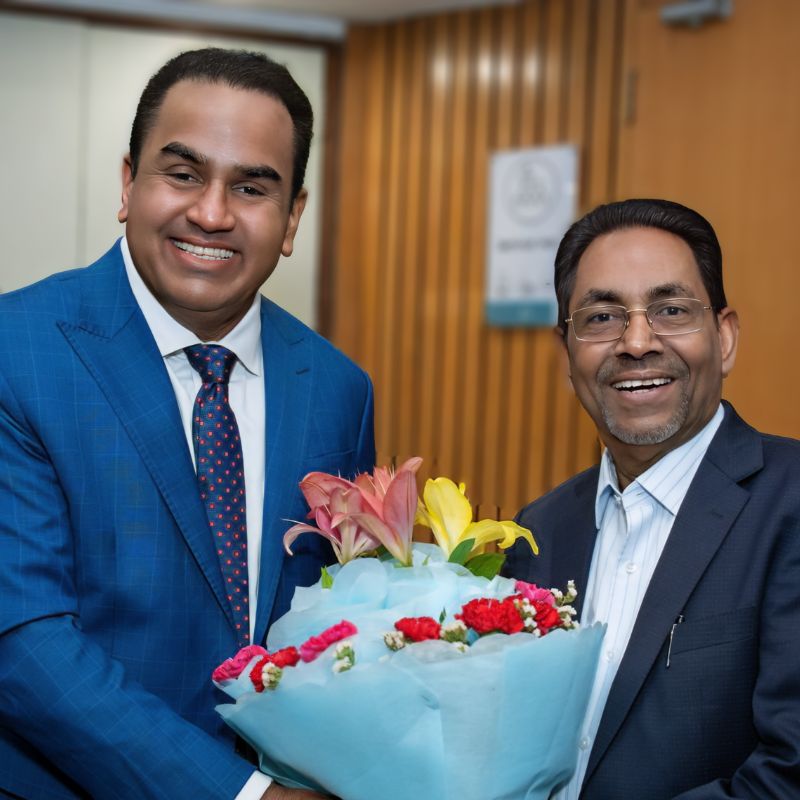 Ambassador S.D Muni, a renowned expert in South Asian politics and international relations, offers readers an unparalleled glimpse into the world of diplomacy. His memoir, “Dabbling in Diplomacy: Authorised & Otherwise” provides an insider’s perspective on critical political developments in South Asia, including Nepal, Sri Lanka, Bhutan, and Laos. The book combines Prof. Muni’s extensive academic knowledge with his personal experiences, making it a compelling read for scholars, policymakers, and anyone interested in international affairs.
Ambassador S.D Muni, a renowned expert in South Asian politics and international relations, offers readers an unparalleled glimpse into the world of diplomacy. His memoir, “Dabbling in Diplomacy: Authorised & Otherwise” provides an insider’s perspective on critical political developments in South Asia, including Nepal, Sri Lanka, Bhutan, and Laos. The book combines Prof. Muni’s extensive academic knowledge with his personal experiences, making it a compelling read for scholars, policymakers, and anyone interested in international affairs.